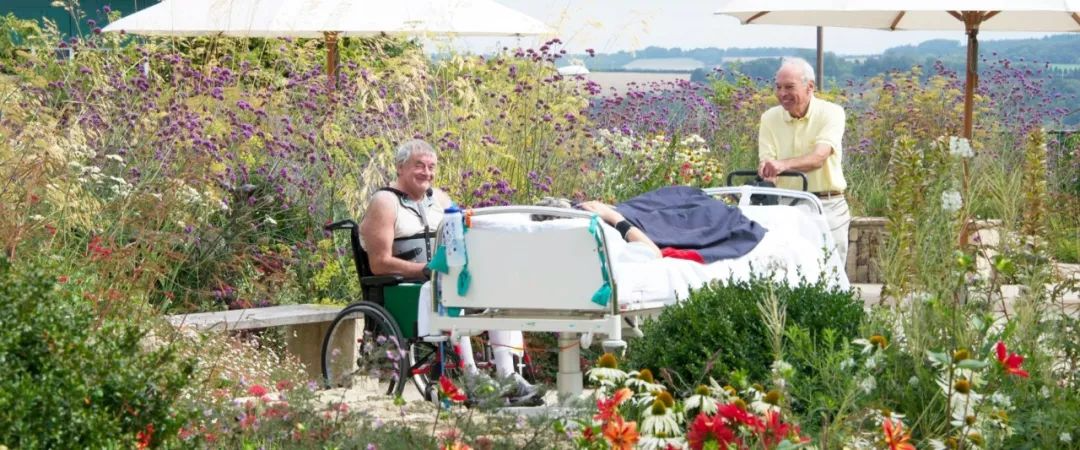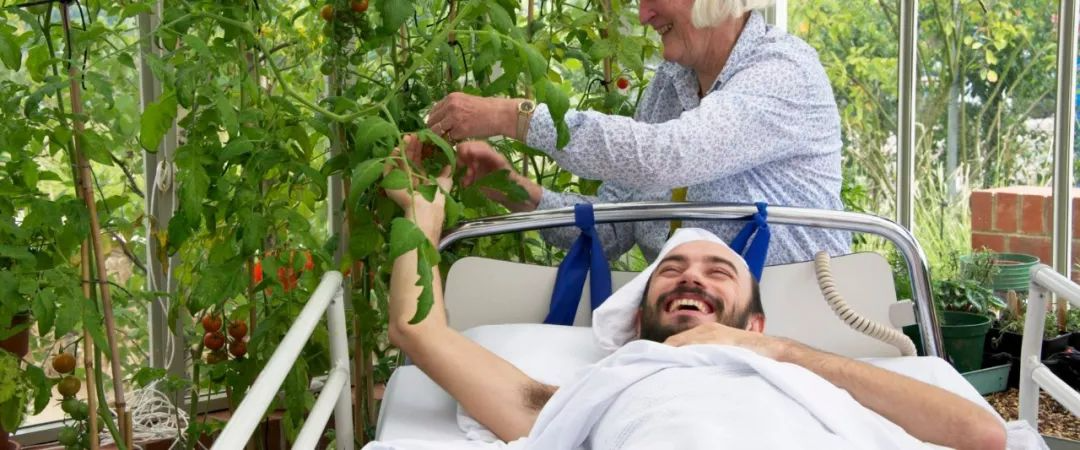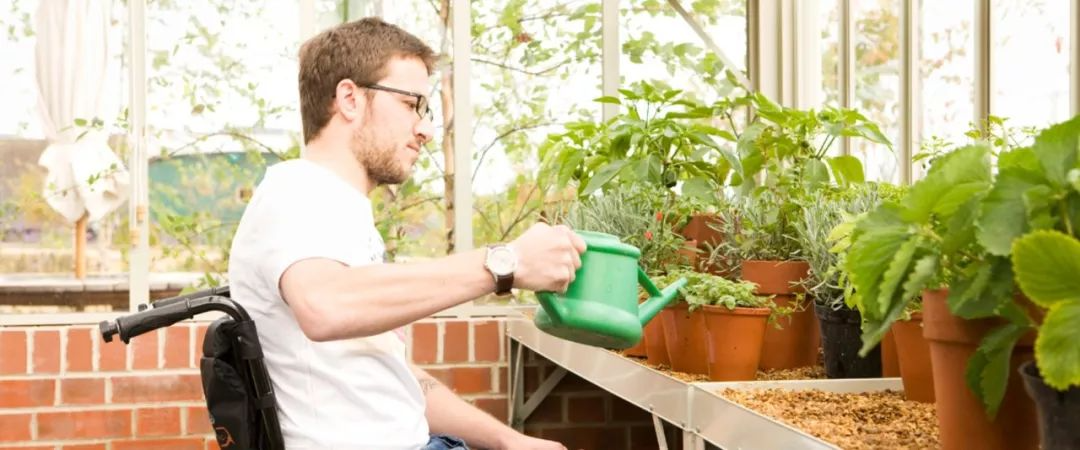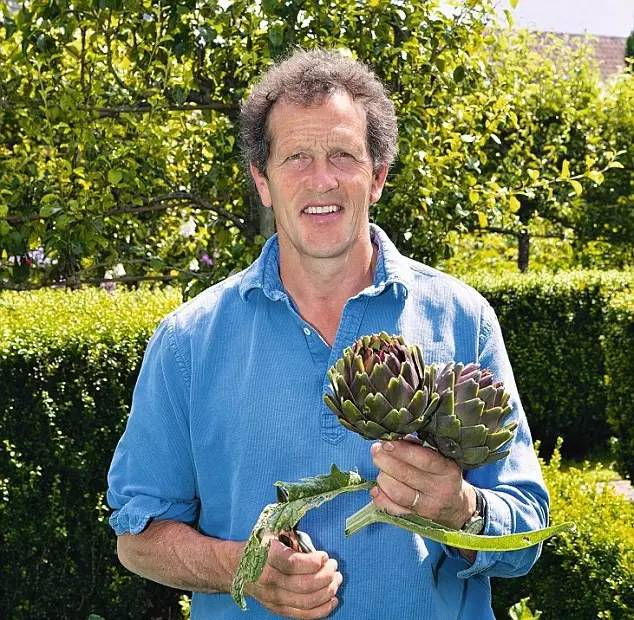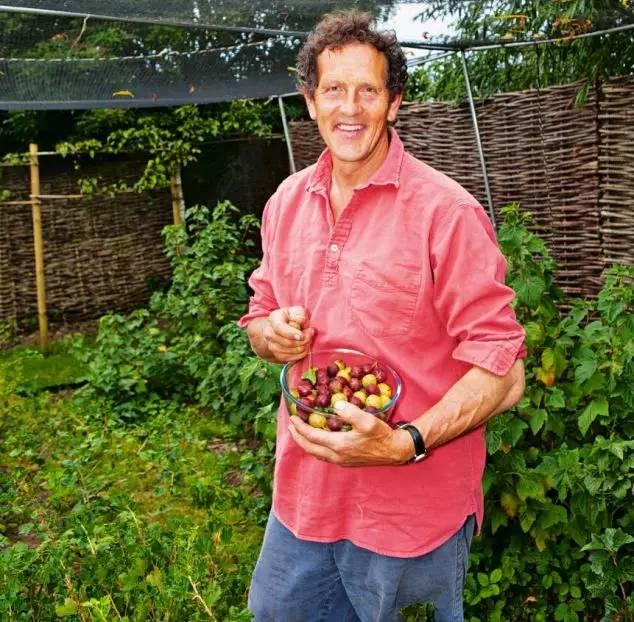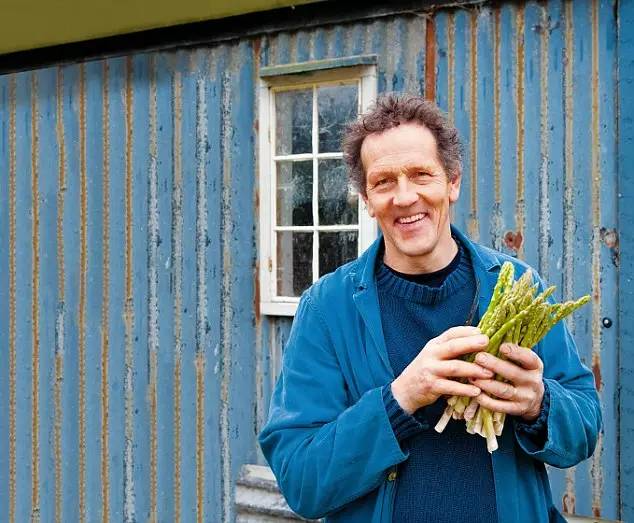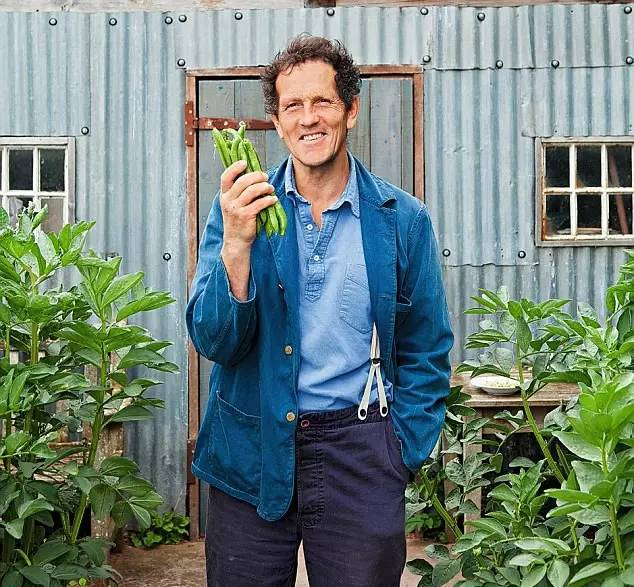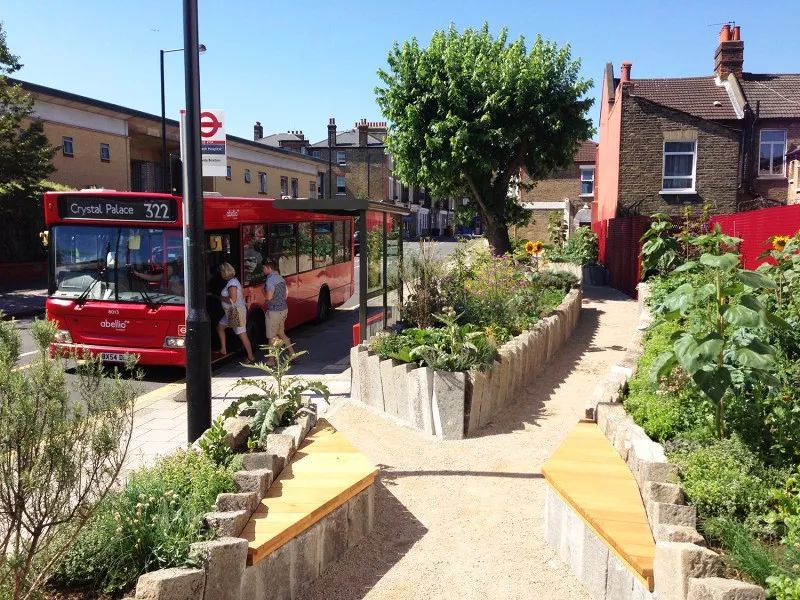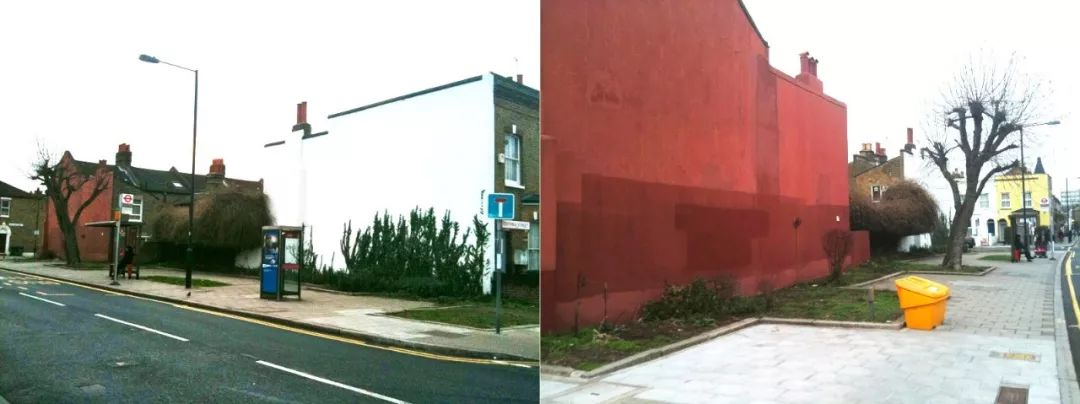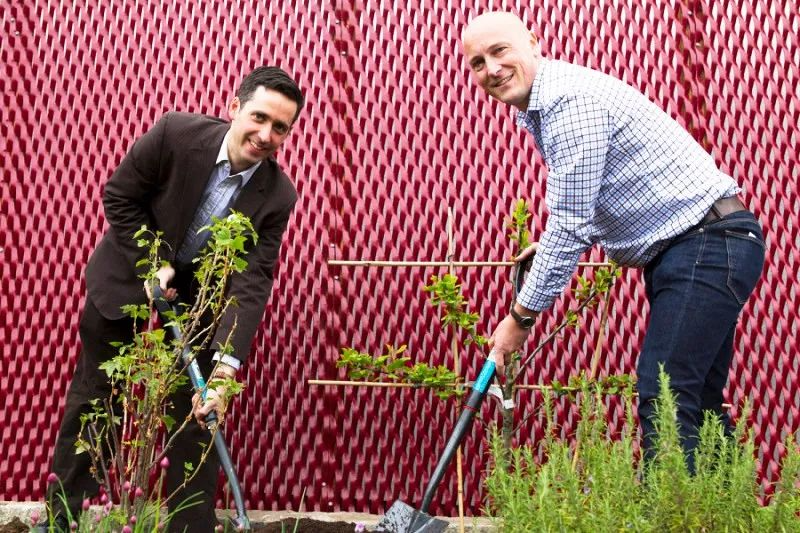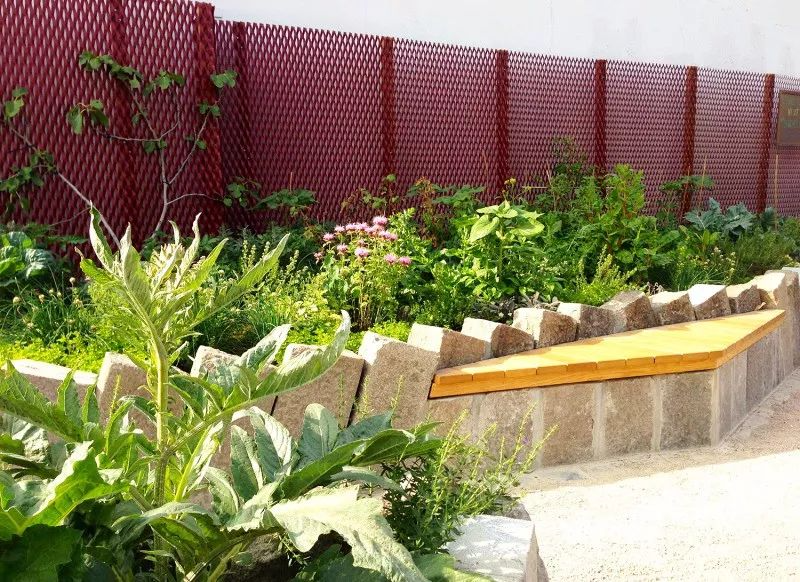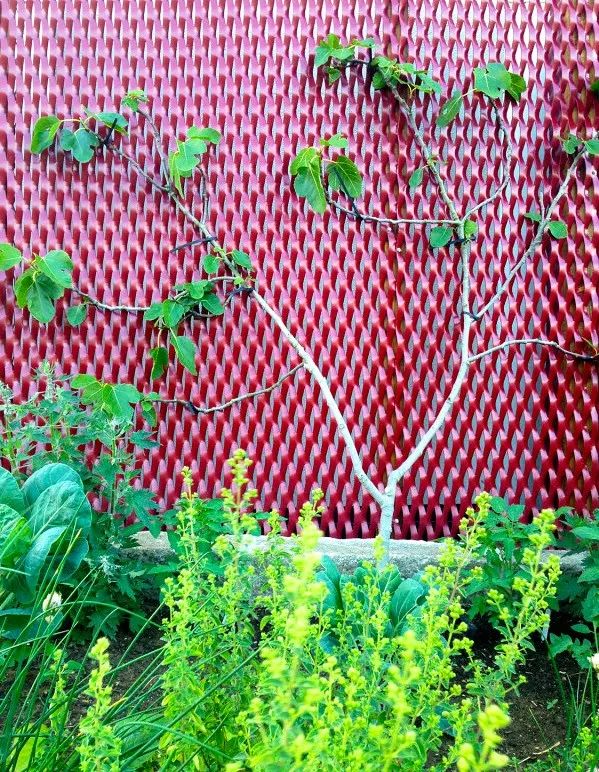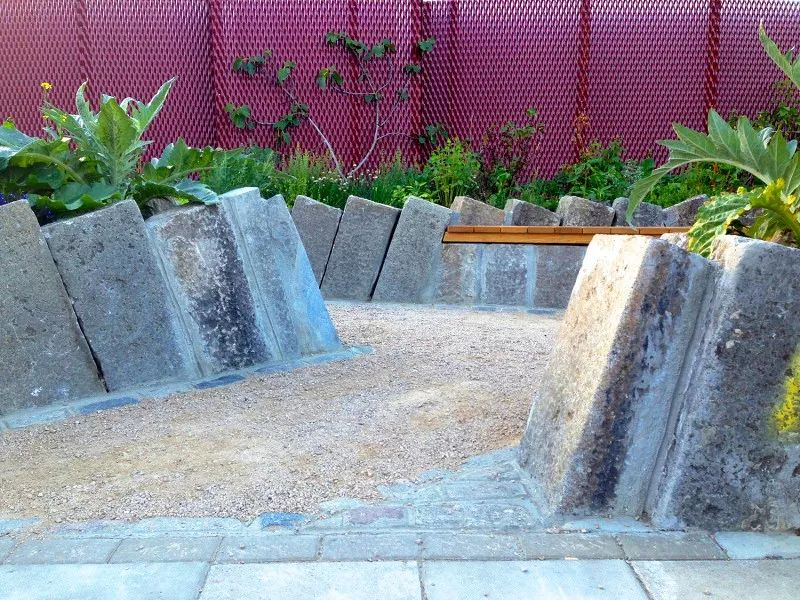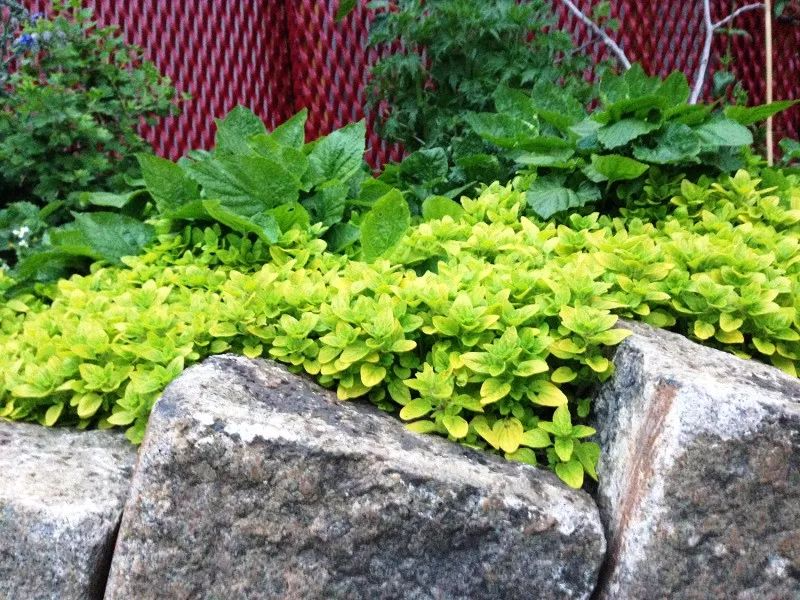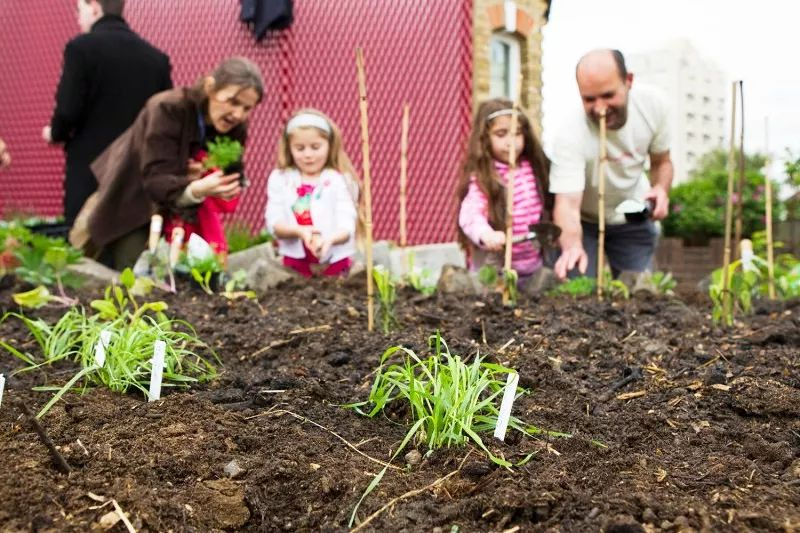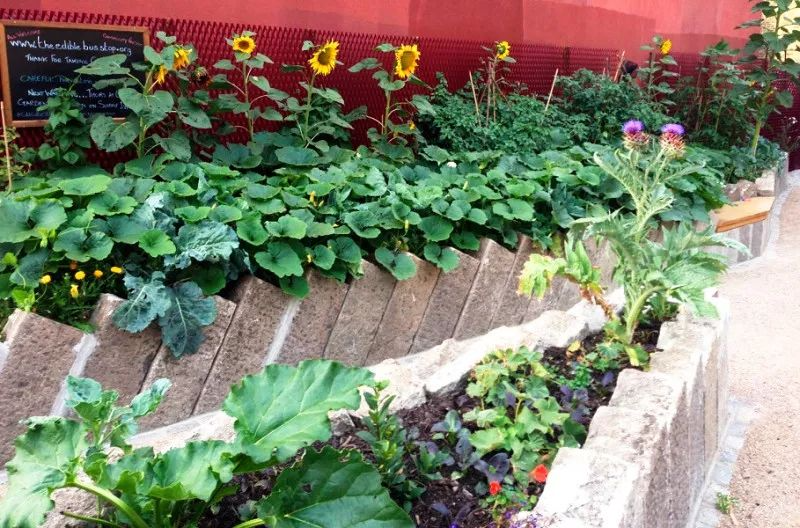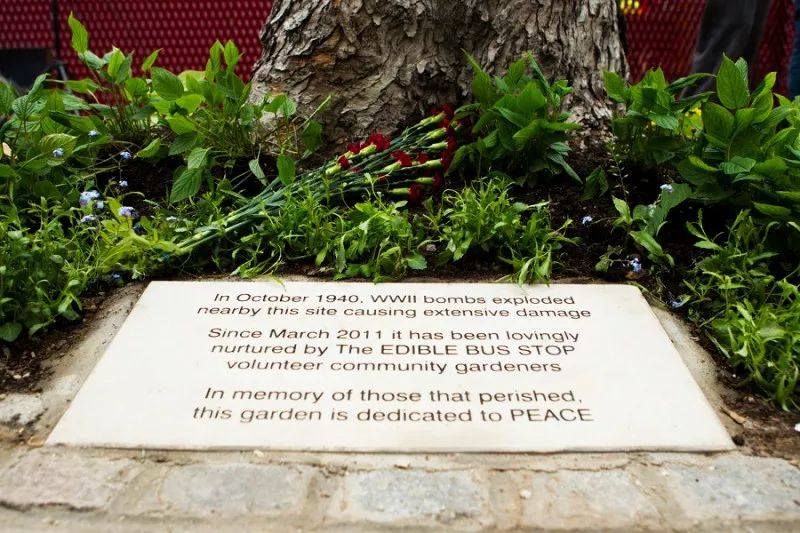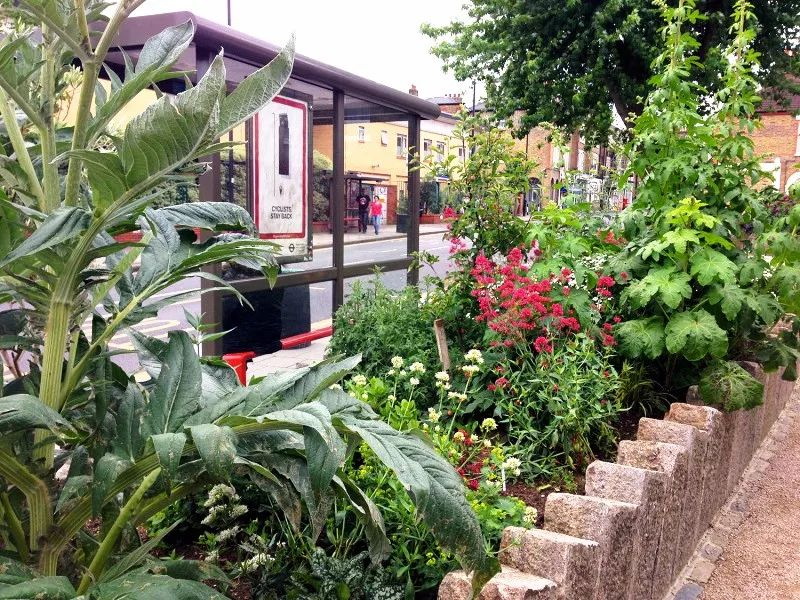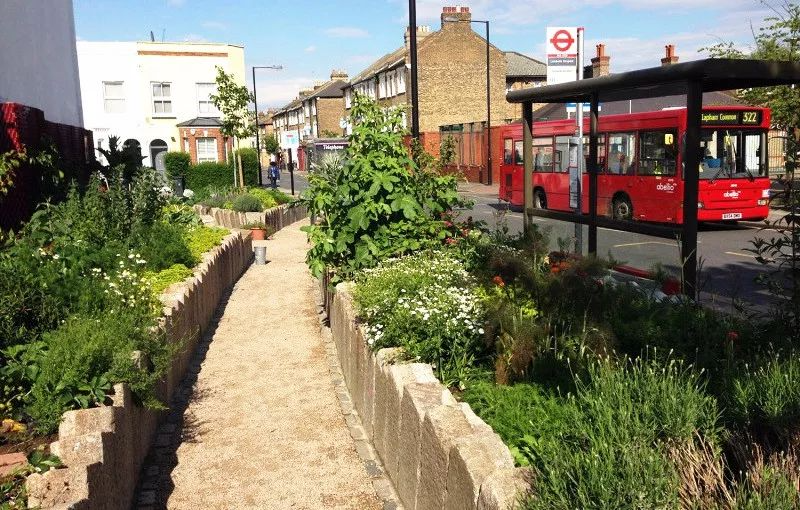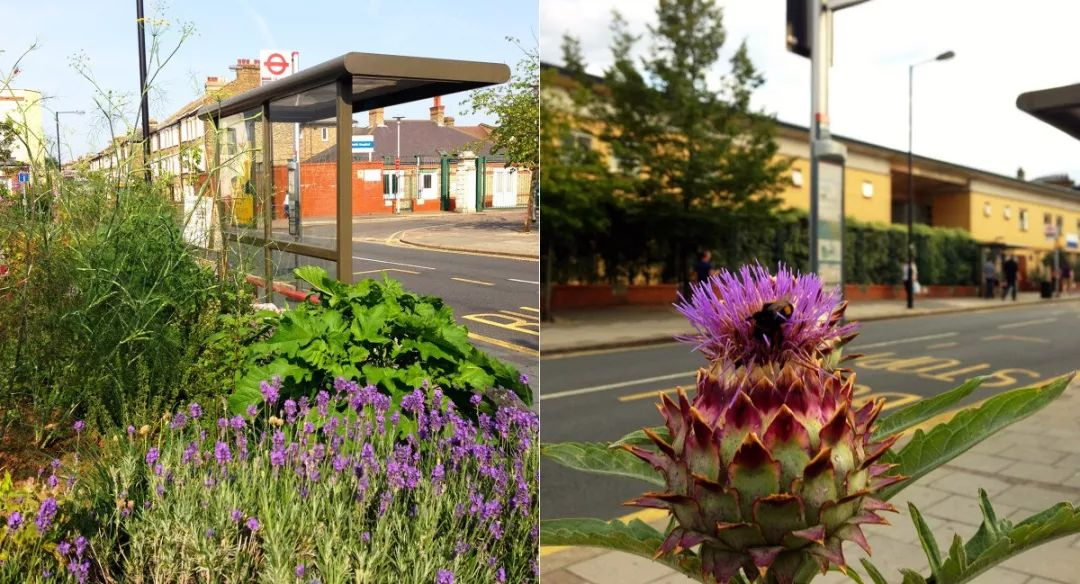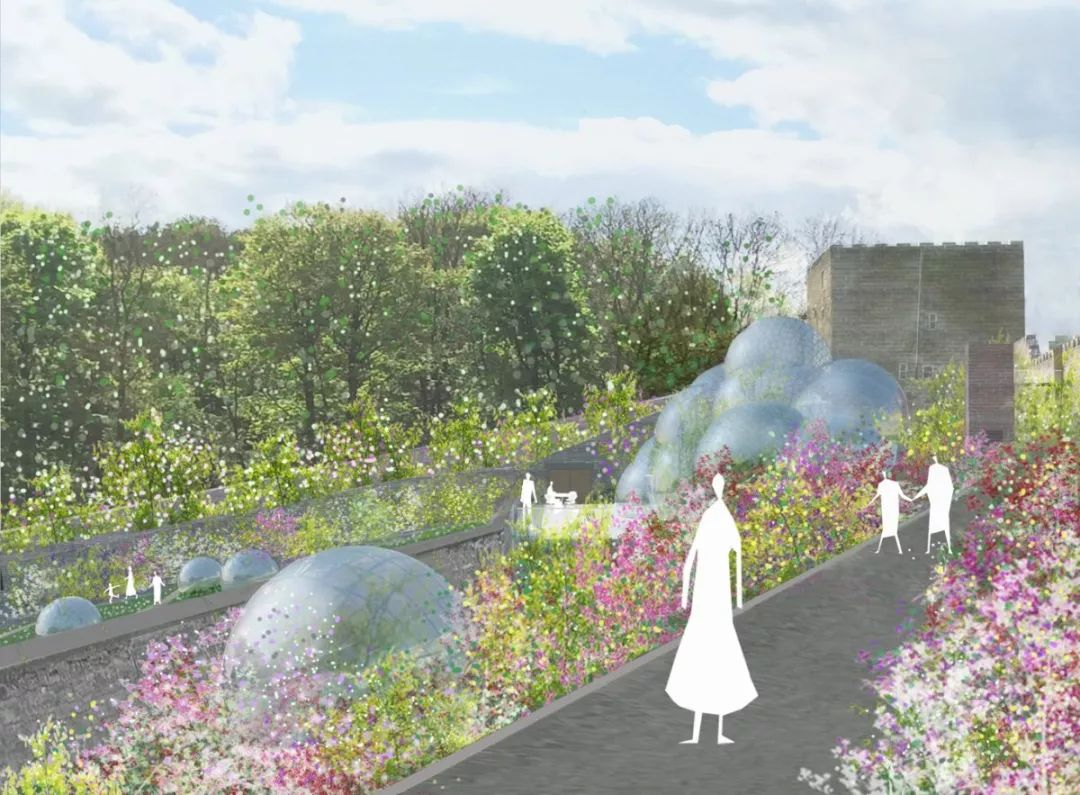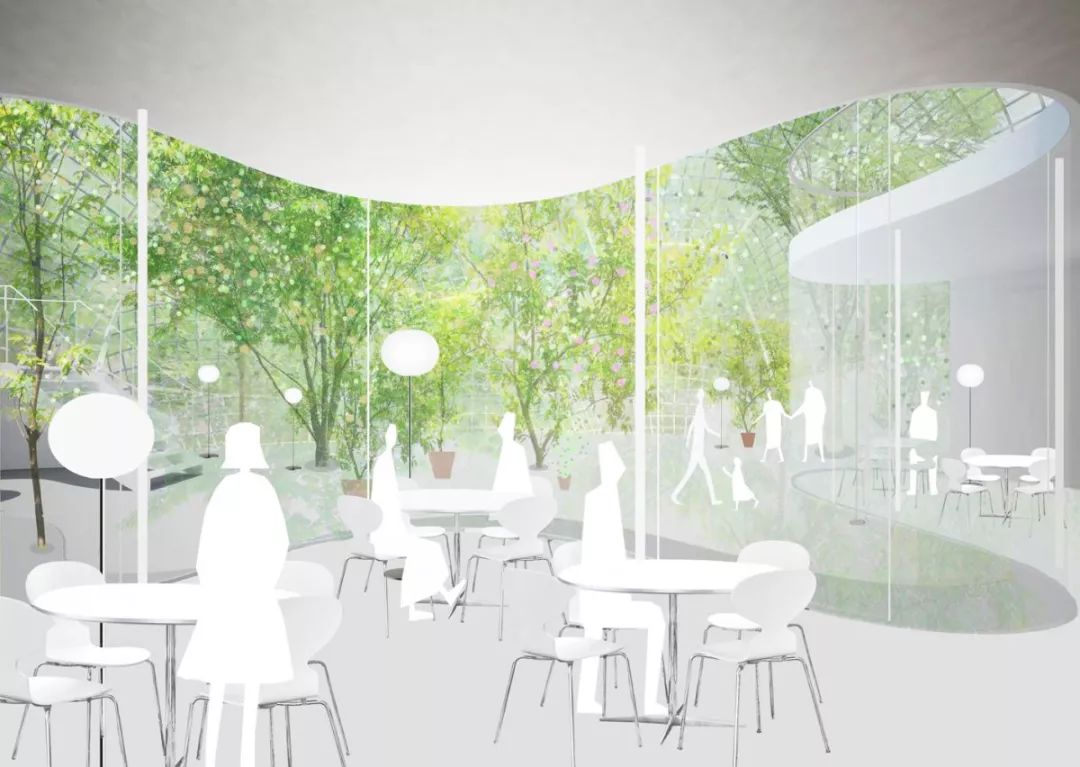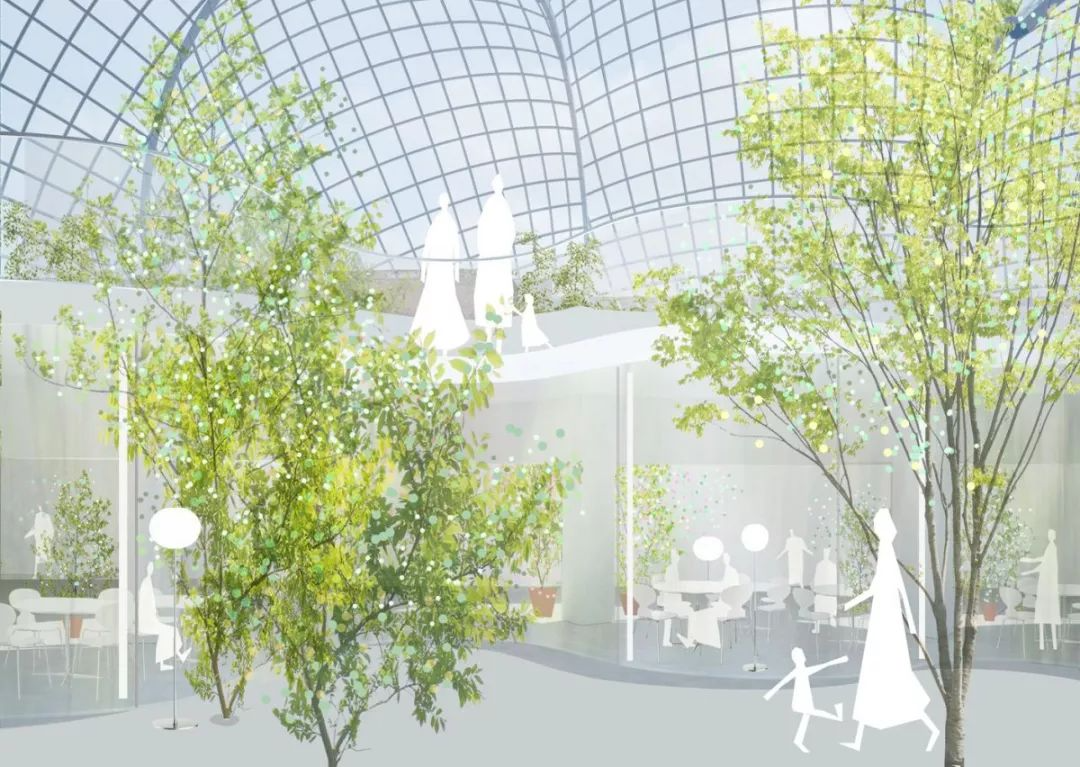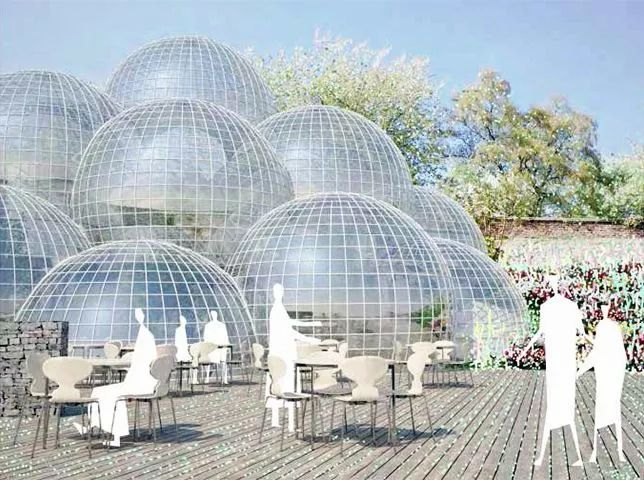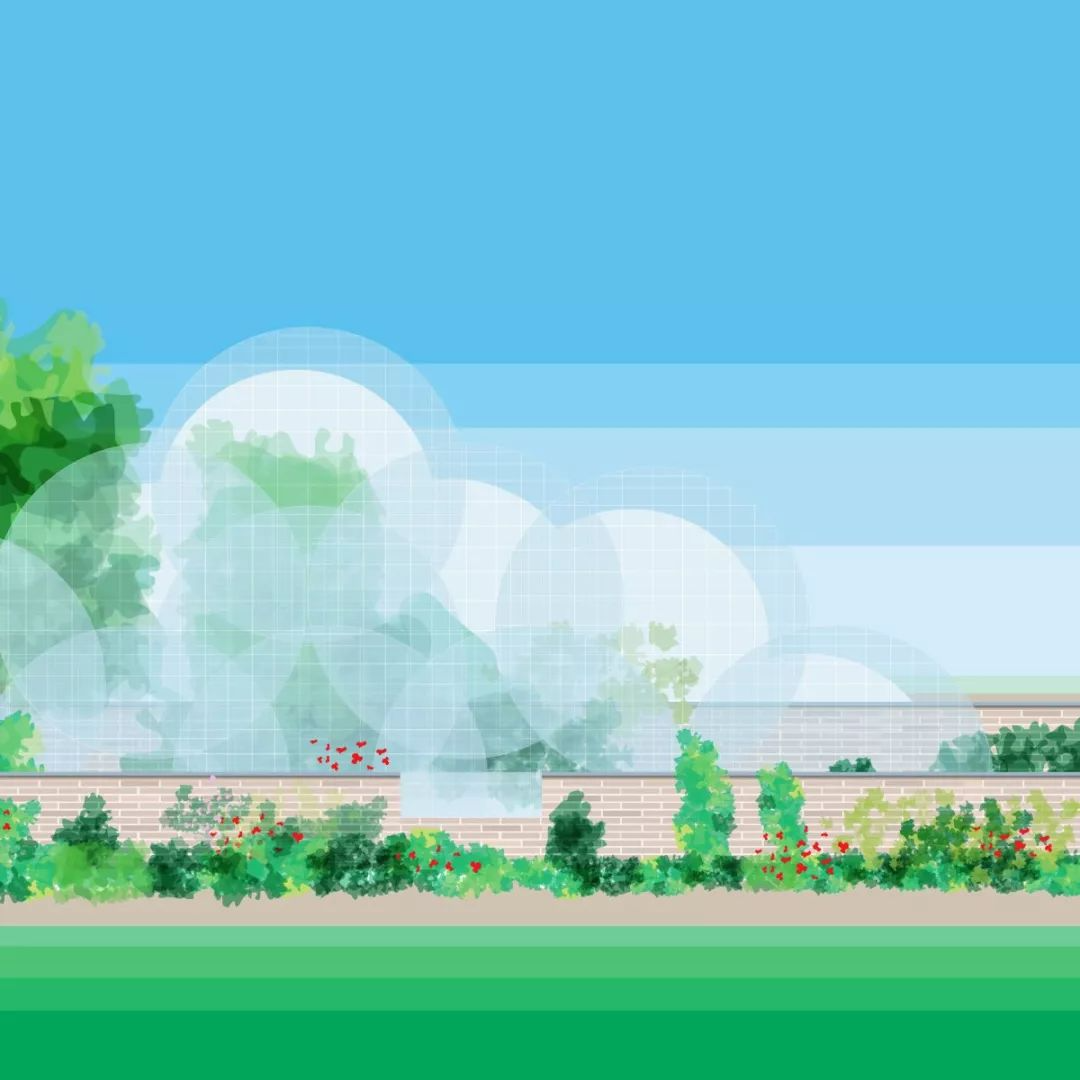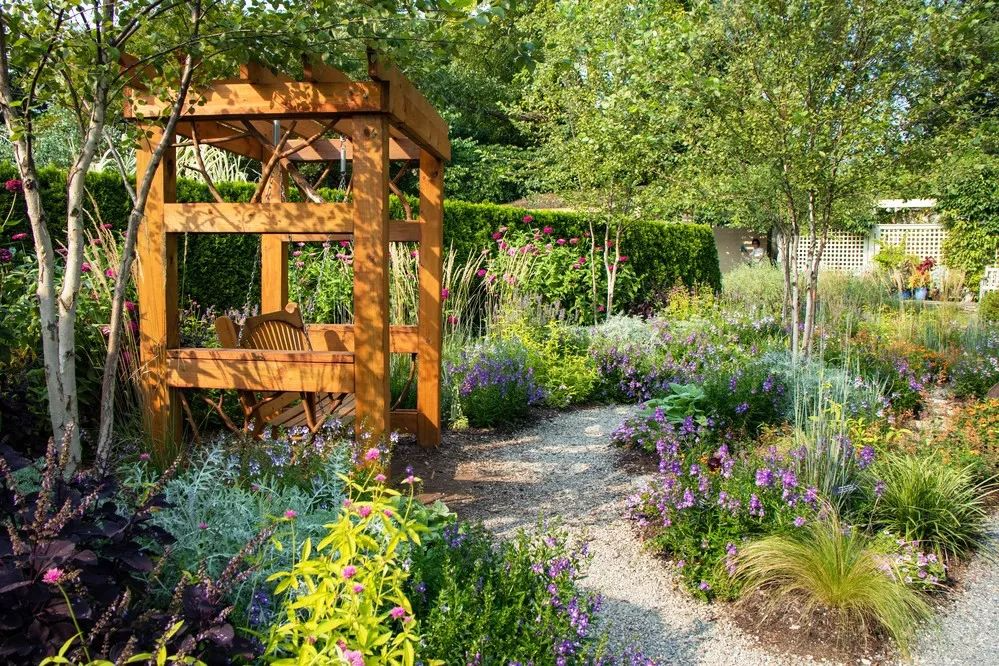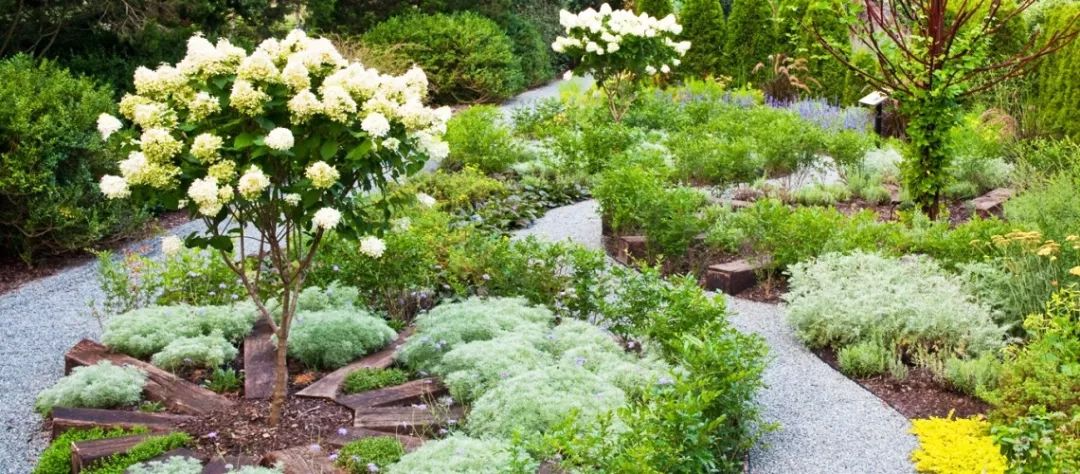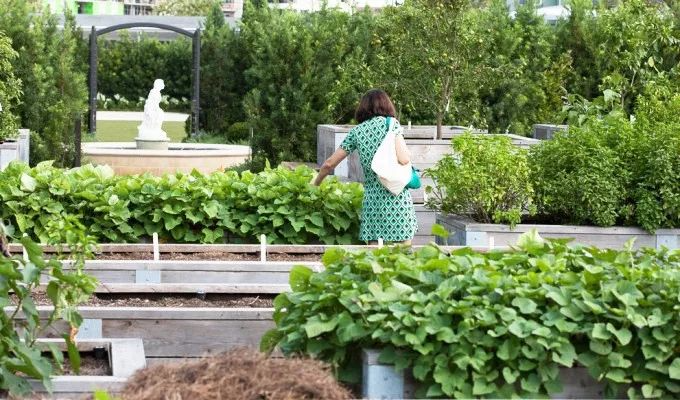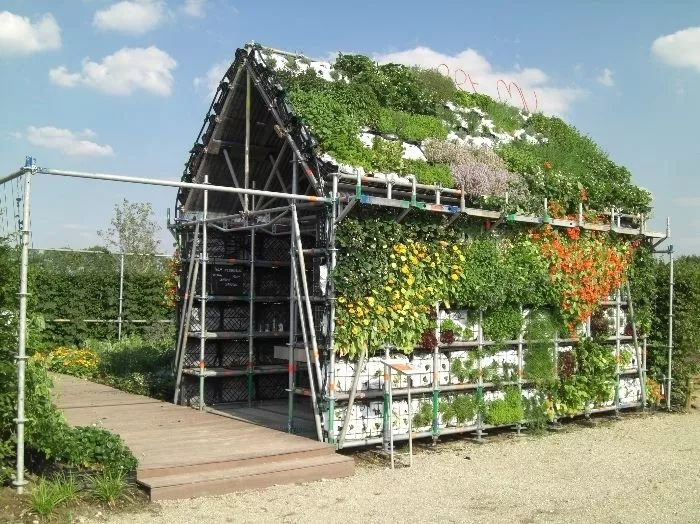Garden craftsmanship makes the Academy of Fine Arts a success
The Secret Garden Richard Clayderman - Richard Clayderman Piano Collection ![]()

Source: Shengsheng Landscape ( ID: sheng_design1 )
This article has been authorized
I have been in the city of reinforced concrete for too long.Most people begin to expect the natural environment in the countrysideJust like the summer fruits in Hayao Miyazaki's animationHave your own vegetable gardenBe able to follow nature and eat seasonal fruits and vegetables through your own laborWhat designs are possible for vegetable gardens?The following design schemes may give you inspiration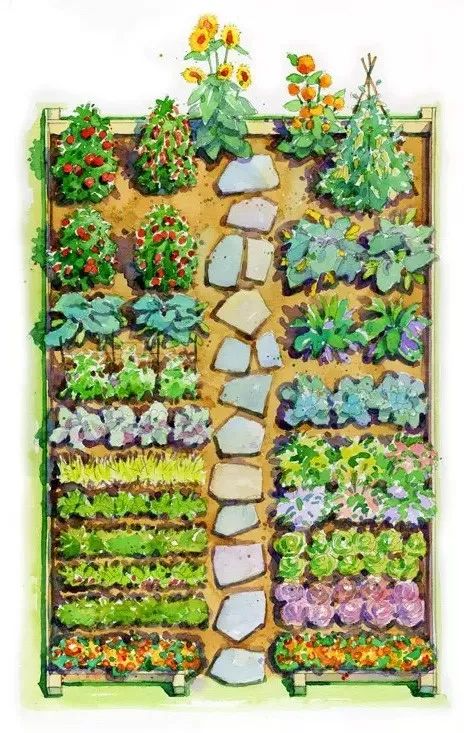
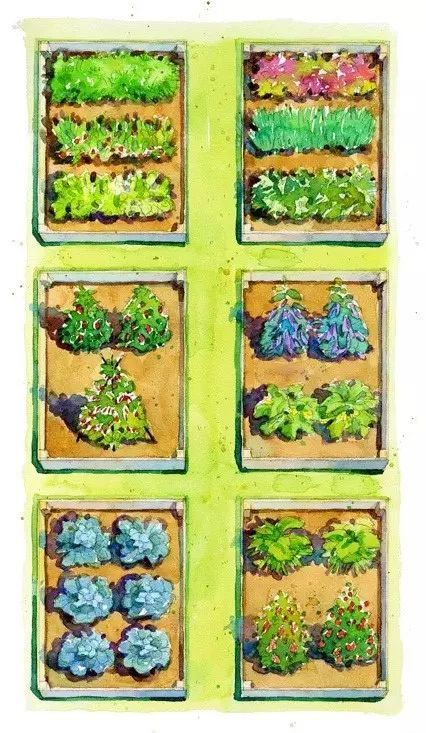
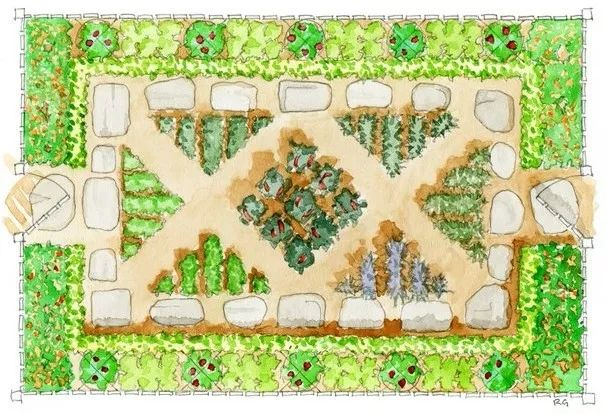
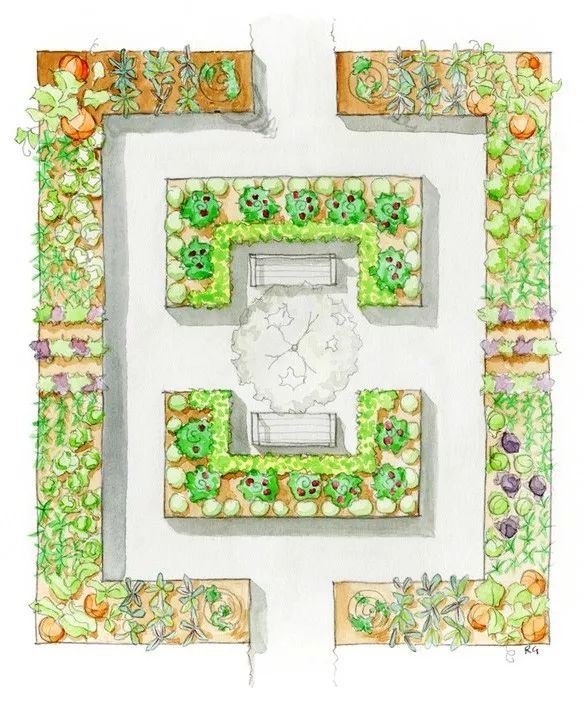

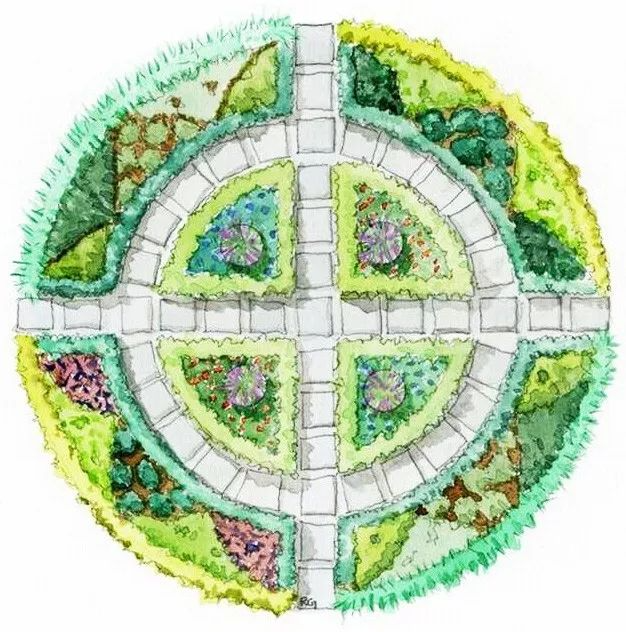
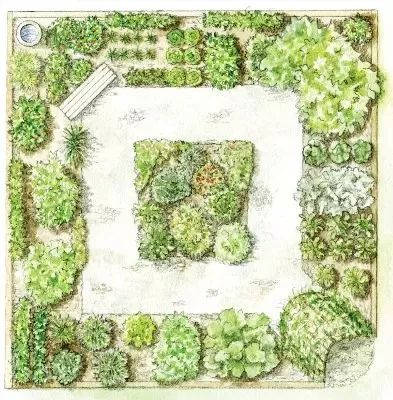
The specific operation can refer to the following steps:1. Choose a sunny place.
Most vegetables need 6-8 hours of sunlight a day, so when planning a vegetable garden, you must first consider the light conditions and choose a location that is conducive to the vegetables absorbing sunlight.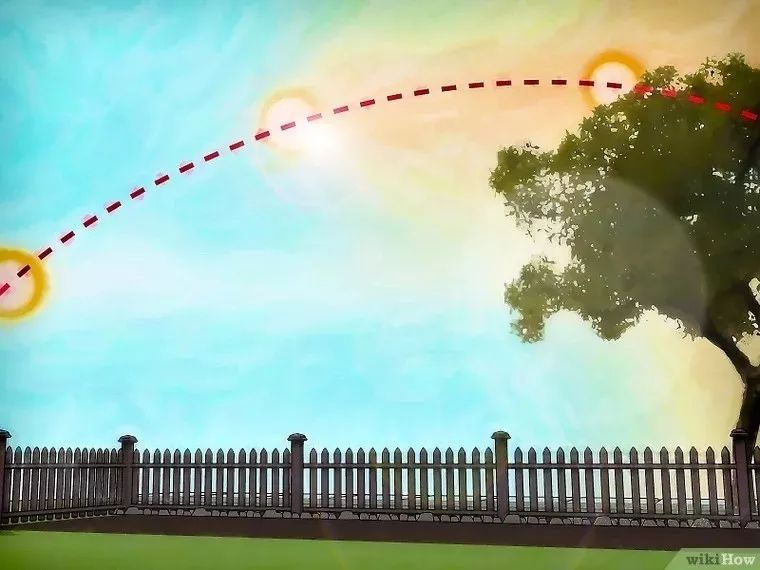
2. Make sure there is water nearby.
Water is the most important component of a vegetable garden when it comes to sunlight. Whether you plan to water by hand or use an irrigation system, you need to make sure you are able to water your garden regularly and efficiently. Vegetables are notoriously sensitive to drought.
3. Assess your soil.
Test your soil to see what works best for your region. Plants like vegetables grow better in fertile, well-drained soil. If needed, you can add mulch or compost to the soil to introduce more organic matter.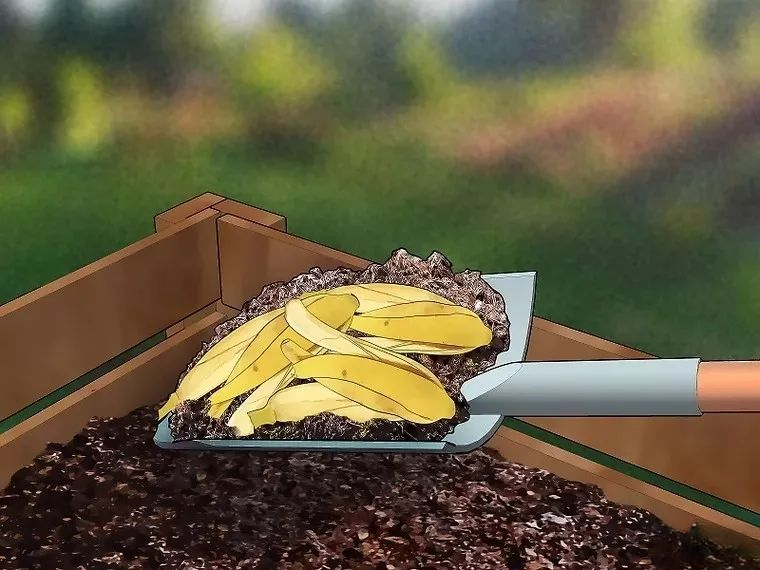
4. Make the vegetable garden the right size.
Plan the size of the vegetable garden appropriately according to the area of the yard, and preset the spacing between different vegetables. It is best to locate it close to the kitchen for easy access to ingredients.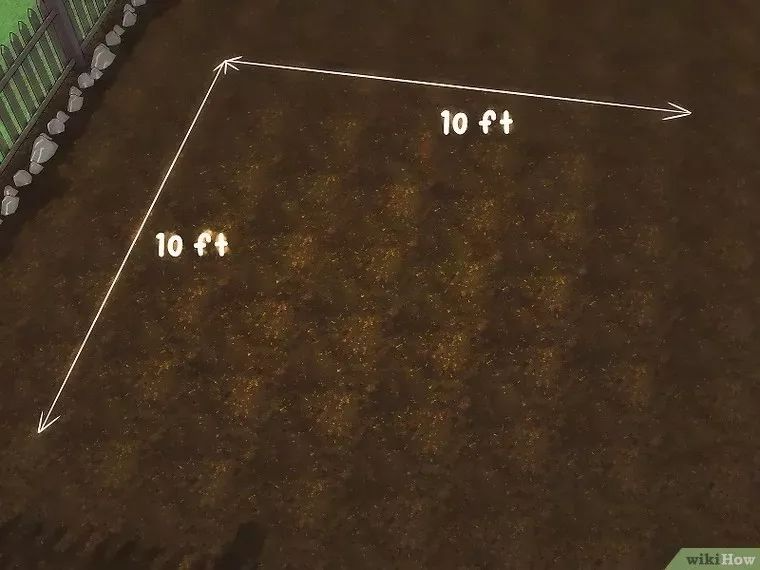
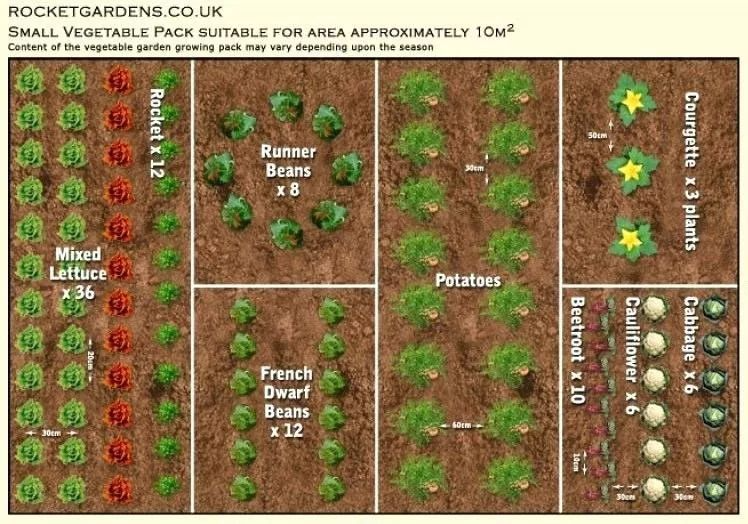
5. Decide what vegetables to grow.
Choose the vegetables you want to grow based on your area's climate and your personal preferences. You'll also need to decide how much of your garden will be "direct seeded" (seeds planted directly into the ground) versus "transplanted" (plants started elsewhere and then moved).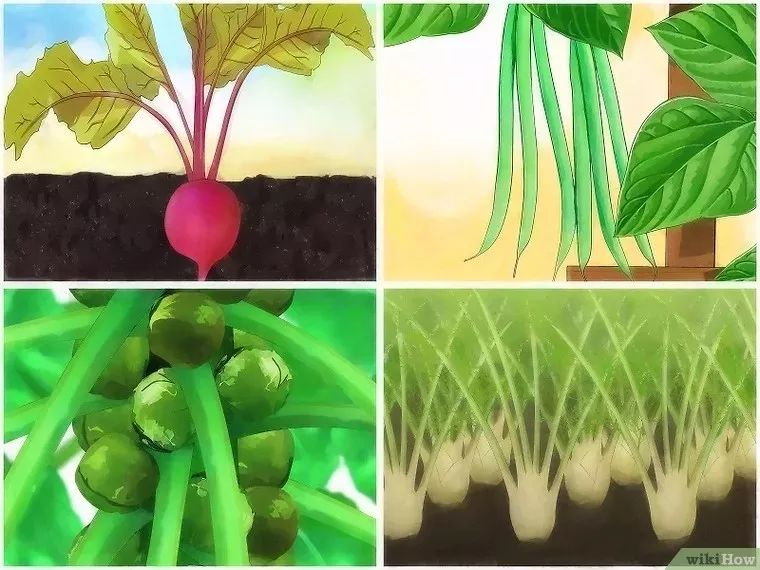
6. Figure out the schedule.
Before planting, you need to know the average date of the last spring frost in your area. This can be a gamble: You want to achieve the longest growing season, but a late frost could damage what you're growing. Based on the expected last frost, you can choose a date to start planting.You can check the annual calendar to determine the date in your area.
If you are planning on starting transplants, work backwards from your planting date and decide when you need to start growing transplants.

7. Draft a plan.
Before you start planting, spend some time planning where you want your vegetables to go. You'll want to place taller vegetables at the back and shorter vegetables at the front so they all get effective light. Plant in rows so you can separate plant types and create walkways between them. Create four-foot (1.2 m) or two- to three-foot (60 to 90 cm) aisles.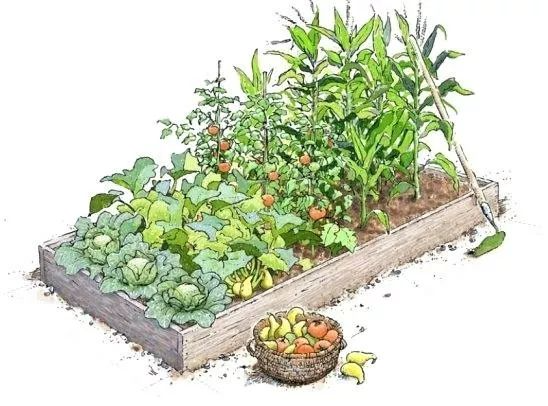
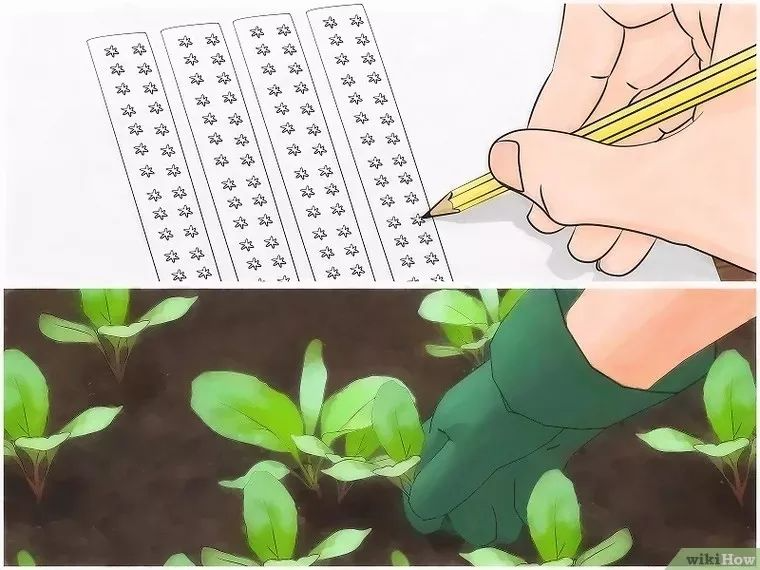
OK, let's go through some examples.
See how urban agriculture can be developed~
Mr. Liu Yuelai's "Urban Farm"
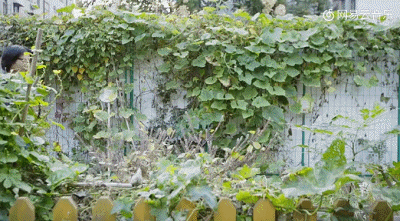
Community Farm PractitionerThe NGO he founded, Clover HallVegetables and food grow in the corners of reinforced concrete wallsFulfilling the urban pastoral dream of thousands of ordinary families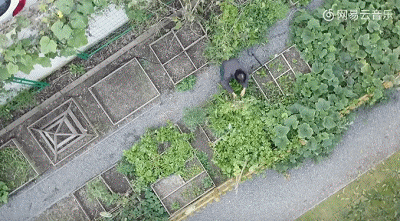
"Train Vegetable Garden" in Baoshan District, Shanghai
This is the first urban pastoral renovation project that Liu Yuelai has collaborated on. The original soil here was in very bad condition, without nutrients, and nothing could be grown. Liu Yuelai and his staff put grass clippings, fallen leaves and dead branches back into the land, allowing the soil to slowly recover its vitality.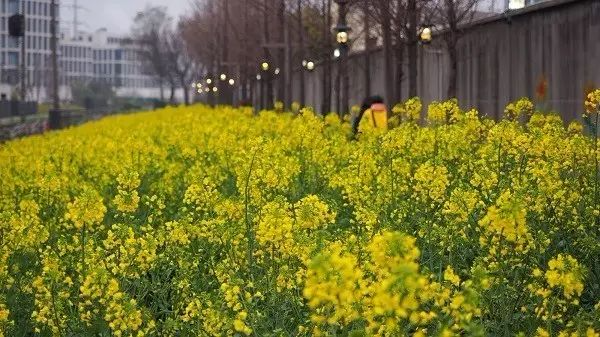
The "train vegetable garden" was full of all kinds of fruits and vegetables, including broad beans and bright yellow rapeseed flowers. For the first time, the city children had the opportunity to press oil from the rapeseed they grew themselves.
In autumn, the berries of the hawthorn trees turn red, the oranges become firm, and big pumpkins grow in the pumpkin patch.
The success story of the "Train Vegetable Garden" has convinced Liu Yuelai that even in a metropolis filled with loneliness, behind the closed doors there are hearts longing to be open, and people are willing to gather together, cultivate a piece of land, and wait for the seeds to sprout.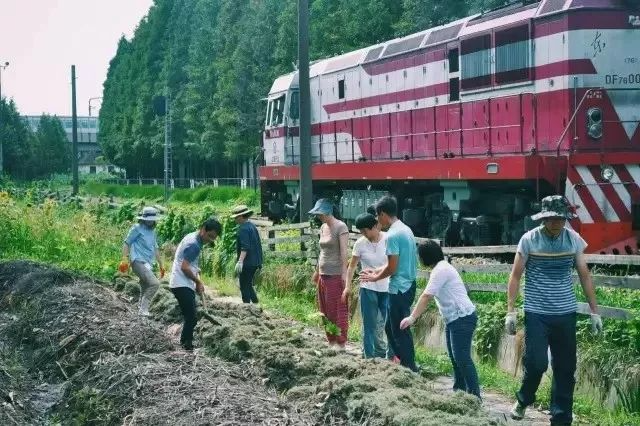
May Garden in Jiucun, ShanghaiIn this small garden of less than 500 square meters, in order to "take care of people", a number of special planting flower boxes of different heights have been set up to facilitate the blind and people in wheelchairs to touch and feel; at the same time, a secret paradise is prepared for children, as well as a food garden for everyone to plant together; for the sake of "eco-friendliness", the small garden accommodates a rich variety of plant types, including herb gardens, native gardens, rock gardens, aquatic gardens and other special gardens, looking forward to dancing with bees and butterflies; in addition, there is also a special "Insect House" and a series of ecological and environmental protection details are implemented to realize the small garden's friendly care for the earth.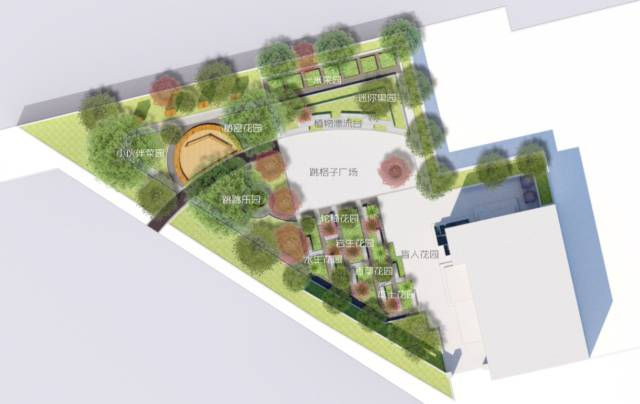
May Garden General Plan
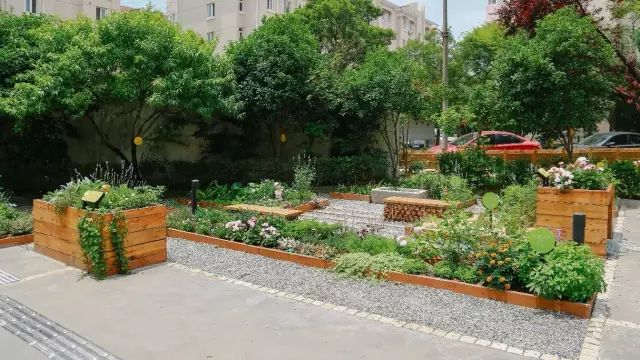
May Garden’s rich landscape layers
| One-meter vegetable garden and mini orchardSome seasonal vegetables and fruits are planted here, which is an urban farming experience area specially set up for community residents. As the seasons change, people can see how the vegetables they eat daily grow and mature; residents can also come here to adopt a vegetable garden and experience the fun of planting and harvesting.On the left is a mini orchard, and on the right is a one-meter vegetable garden"Creative Farm" on Daxue Road, Yangpu District
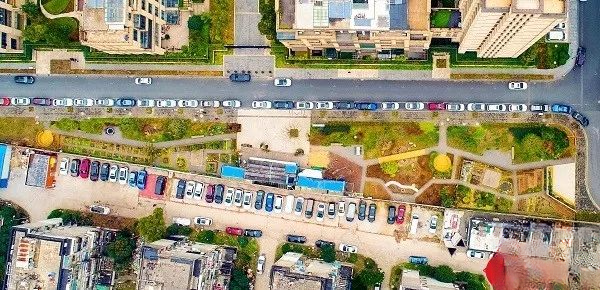
There are various forms of permaculture planting. The spiral garden grows herbs, amaranth, corn, lavender, etc. from bottom to top. The keyhole garden can be entered through a keyhole and fruits and vegetables, tomatoes, peppers, eggplants, etc. can be planted in a 360-degree angle.There are 38 one-meter-square vegetable gardens here. Whether you live in a high-end community or an old community, you can join the vegetable-growing team. The whole family can freely claim your own small vegetable plot, whether it is cucumbers, potatoes, radishes or cabbages. You can grow whatever you want to eat at your doorstep.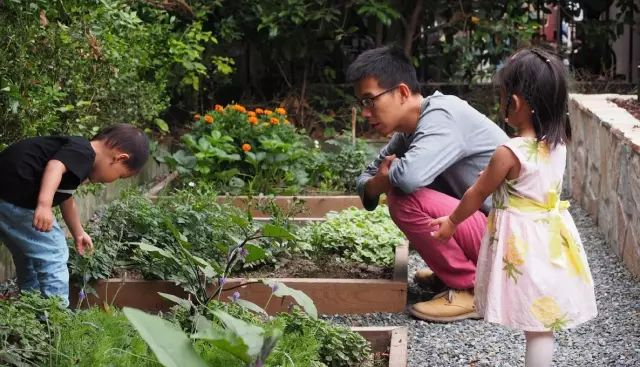
The vegetable gardener was delighted to see the fruit seedlings growing!
There is even a 20-square-meter rice field planted here, and the sound of frogs can be heard at night.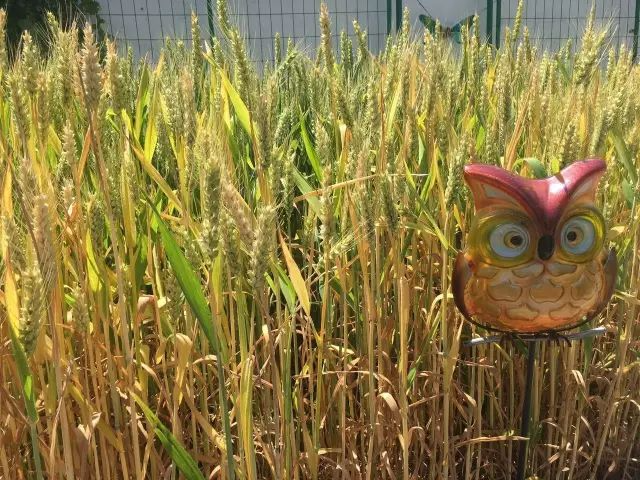 As everyone participates and creates community spaceThe community garden is slowly coming.
As everyone participates and creates community spaceThe community garden is slowly coming.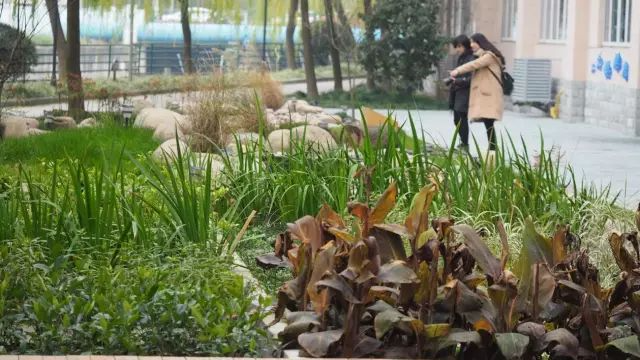
▲ The experimental field of teachers and students in the wetland science park of Shanghai Caoyang Middle School
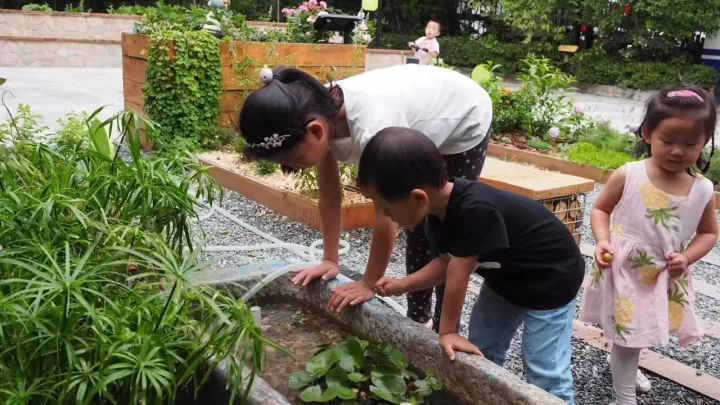
▲ May Garden in Xuhui District has basically achieved zero waste in terms of resource utilization
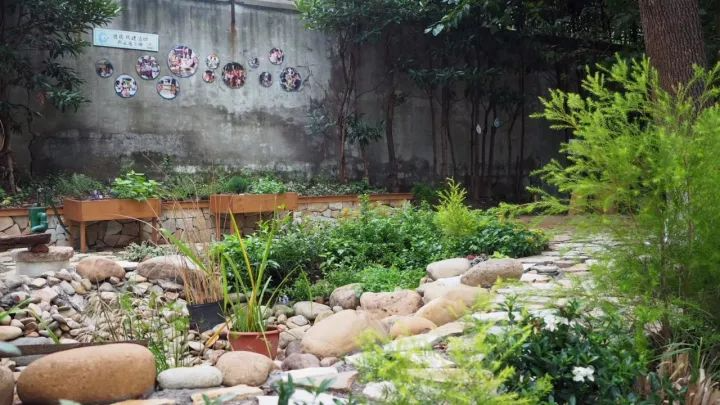
▲ Zhengtong Secret Garden in Wujiaochang
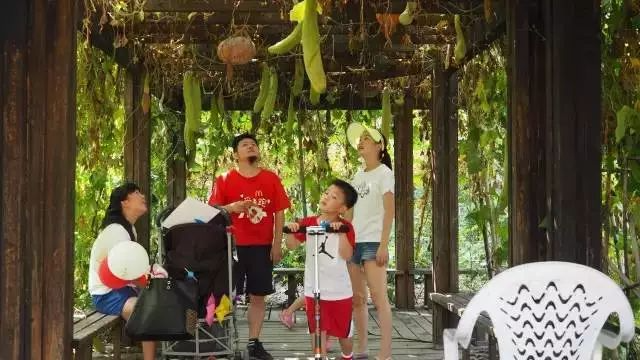
▲ The first edible landscape in Shanghai’s urban parks is hidden in Century Park
In 2017 , there were only 23 community gardens in Shanghai .By the end of 2018 , this number had become 6 3In the spring of 2019 , Clover Hall is planningMore than 30 more gardens were directly designed.Plus they support through various program trainingMore than 400 mini urban farms2040, 2,040 community gardensThe dream is slowly approaching...
On the creation of community gardens
I especially recommend the books written by Liu Yuelai and Wei Min.
"Building Beautiful Gardens Together - Community Garden Practice Manual"

This book details the historical development, ecosystem, preliminary research, design points, construction process, maintenance techniques and management methods of community gardens, and explores the rules for creating community gardens.
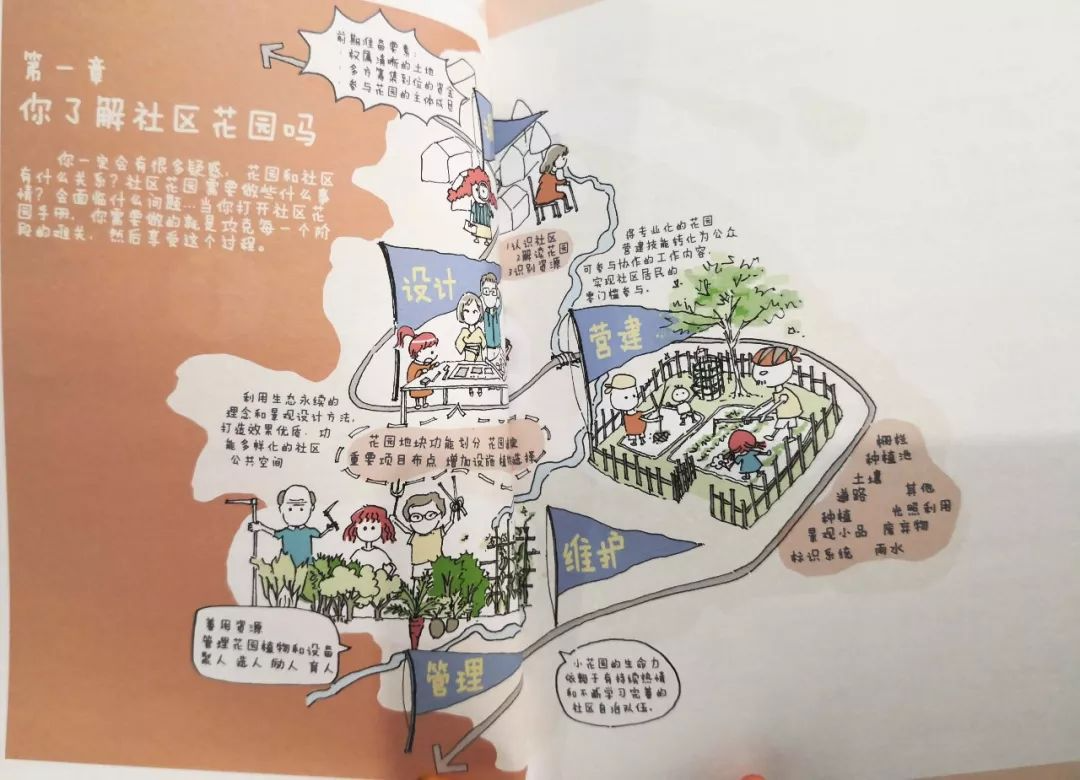

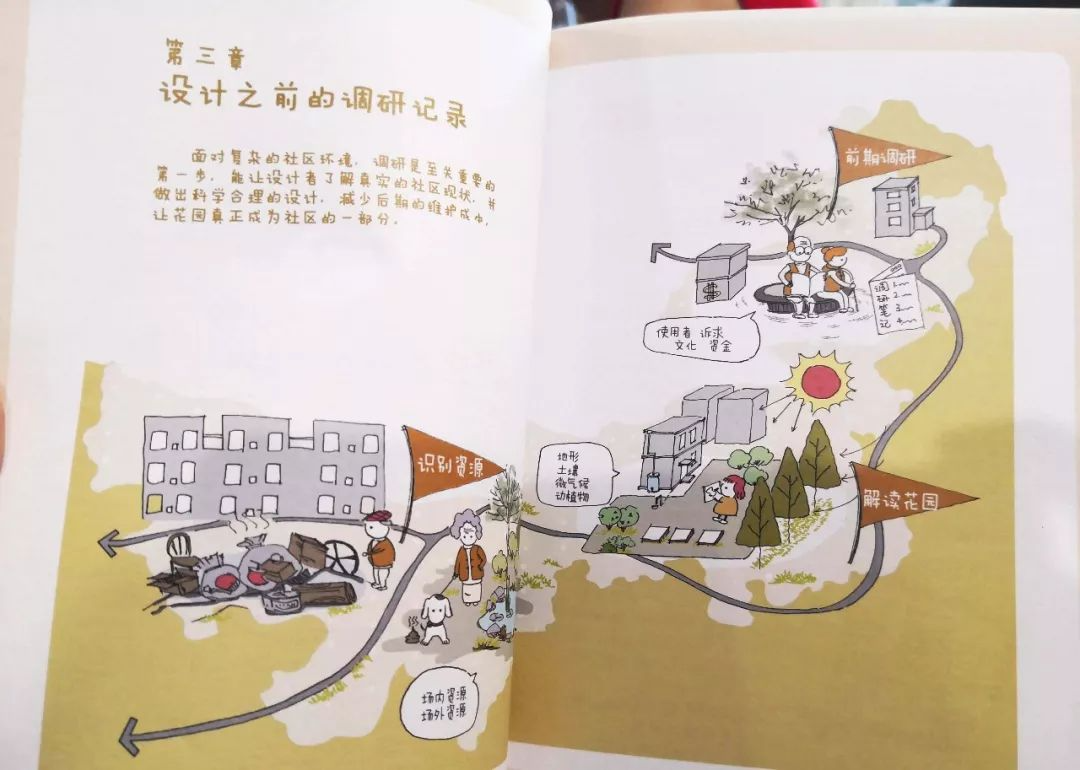

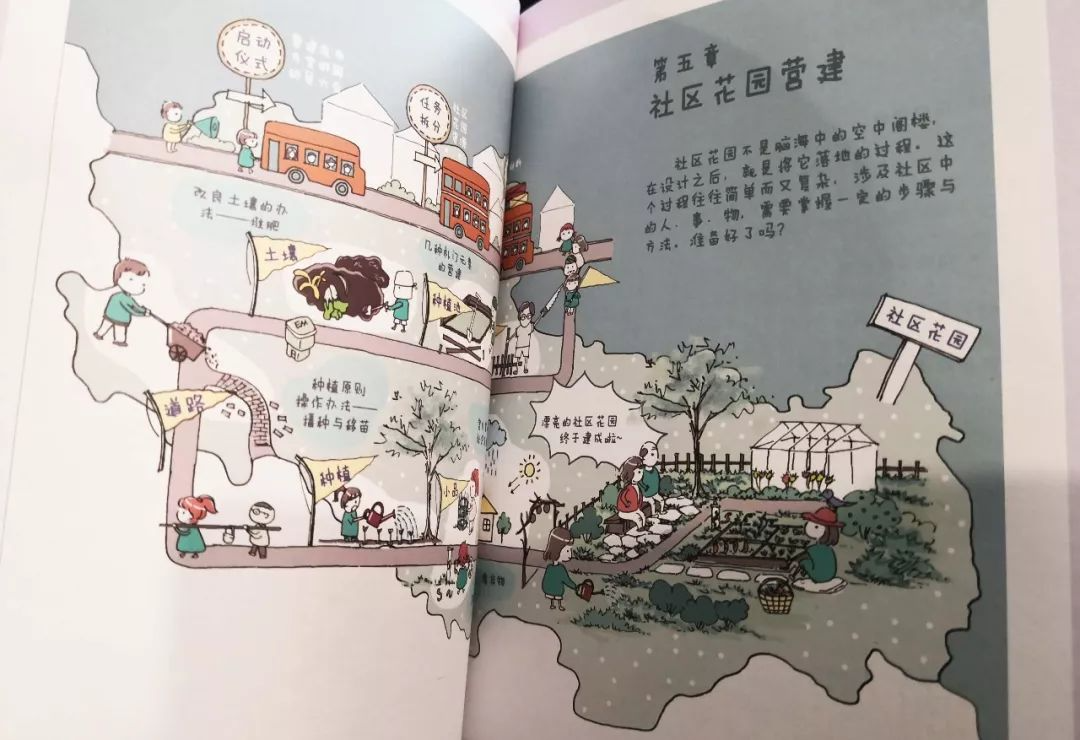


Monty Don healed by plants
The power of plants is far stronger than we think. Sprouting, growing, blooming and bearing fruits convey vitality to people. Shengshengjun once pushed the article " 520, caring with a garden!" HORATIO'S GARDEN, which is committed to providing beautiful gardens for NHS spinal cord injury patients, provides patients with a positive , beautiful and comfortable recuperation environment through the joint efforts of charities, donors, medical teams and volunteers .Not long ago
Pushed by Shengshengjun
From a Depression Patient to a Gardening God, Meet Monty Don !
He is also a patient who was cured by plants and spring flowers and autumn fruits.
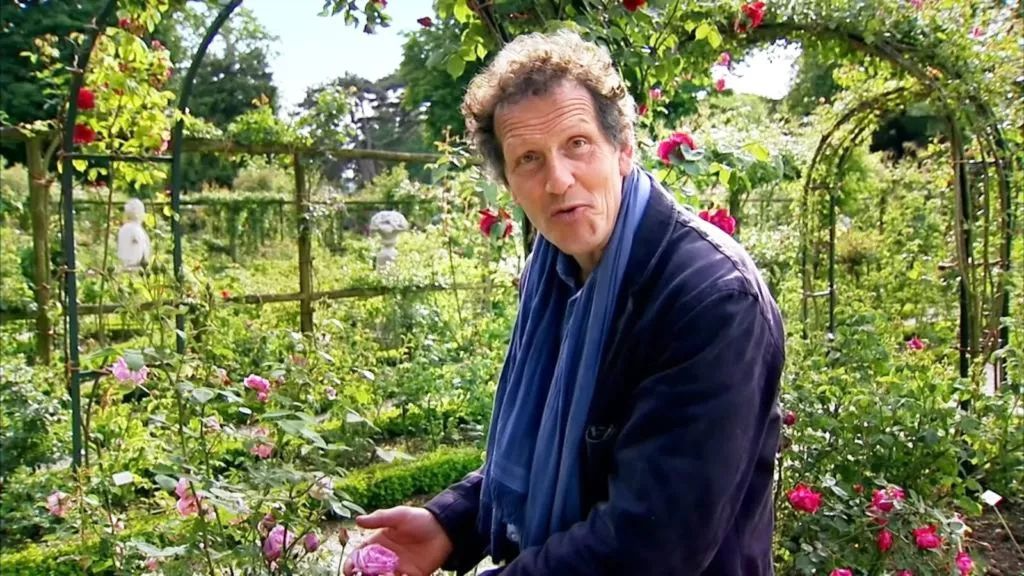
After a career setback and the death of a family member,
He and his wife came to the countryside and bought an old, dilapidated house with their only savings.
Open up wasteland here
Farming here
Harvest here
Here I quietly discovered a brand new self
When he put all his energy into gardening
The depression that had troubled him for a long time also quietly healed itself.
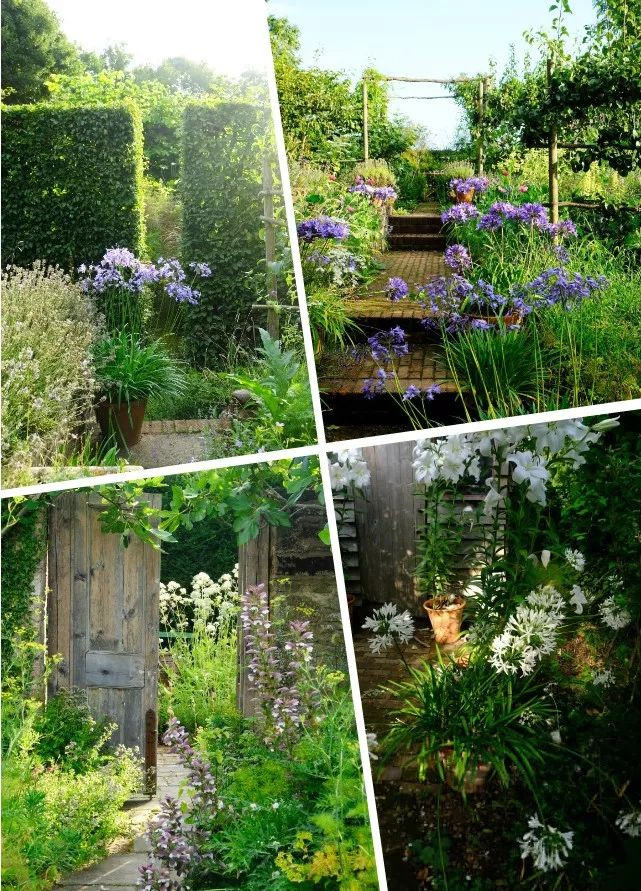
As a gardener with high educationMonty Don's accomplishments did not stop at gardening.He advocates organic eatingCommitted to integrating gardening, food and art into lifeTherefore, he also planted a lot of fruits and vegetables among the flowers and plants.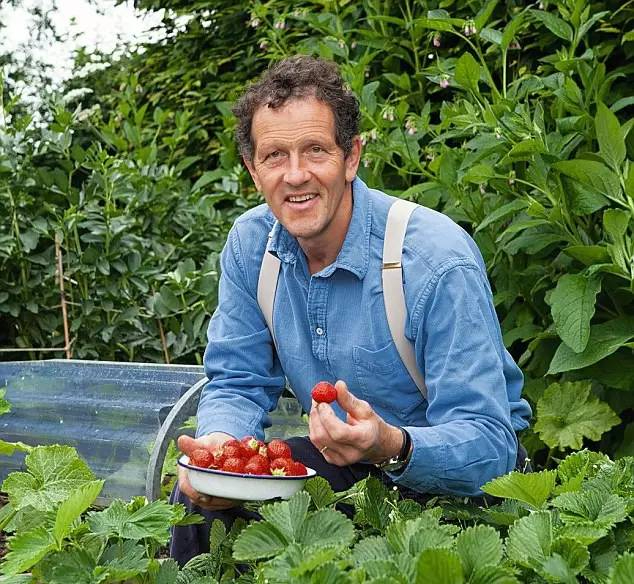
strawberry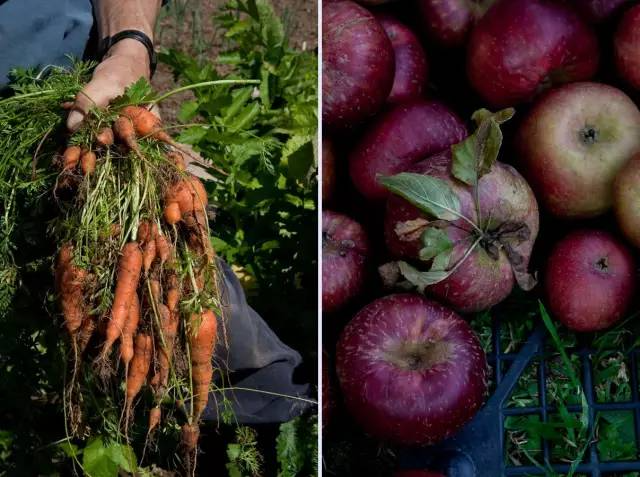
Carrots and applesAranya Children's Farm By Zhang Tang Landscape
"Starfish" vegetable planting pool
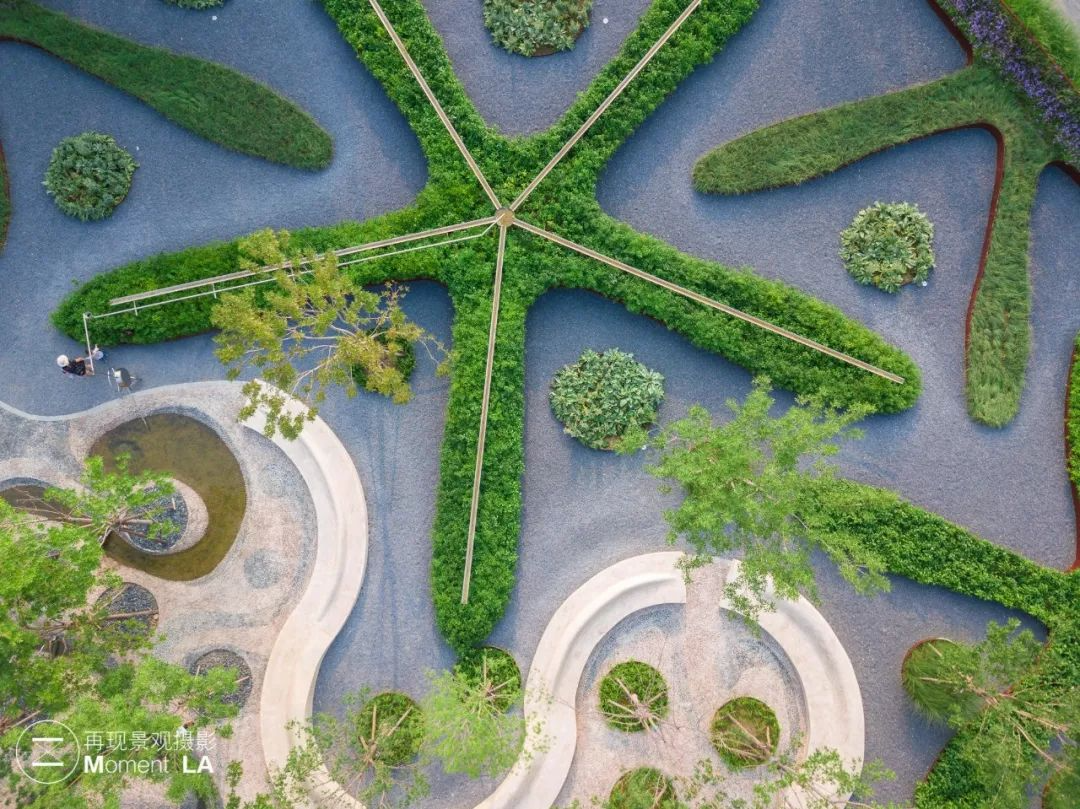
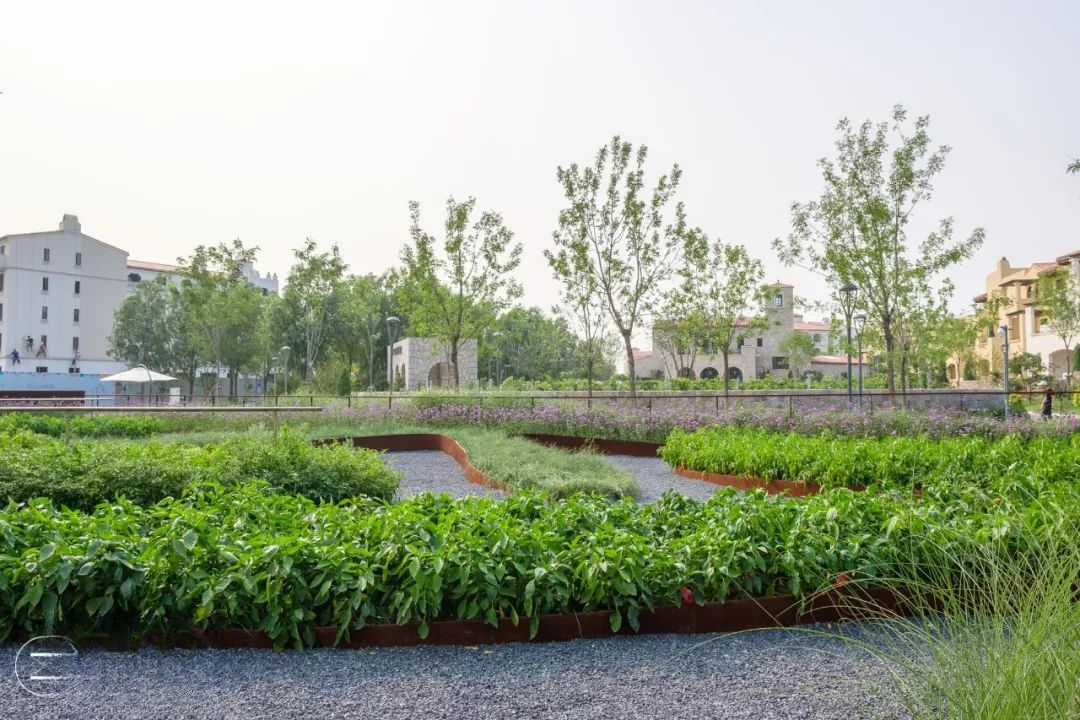
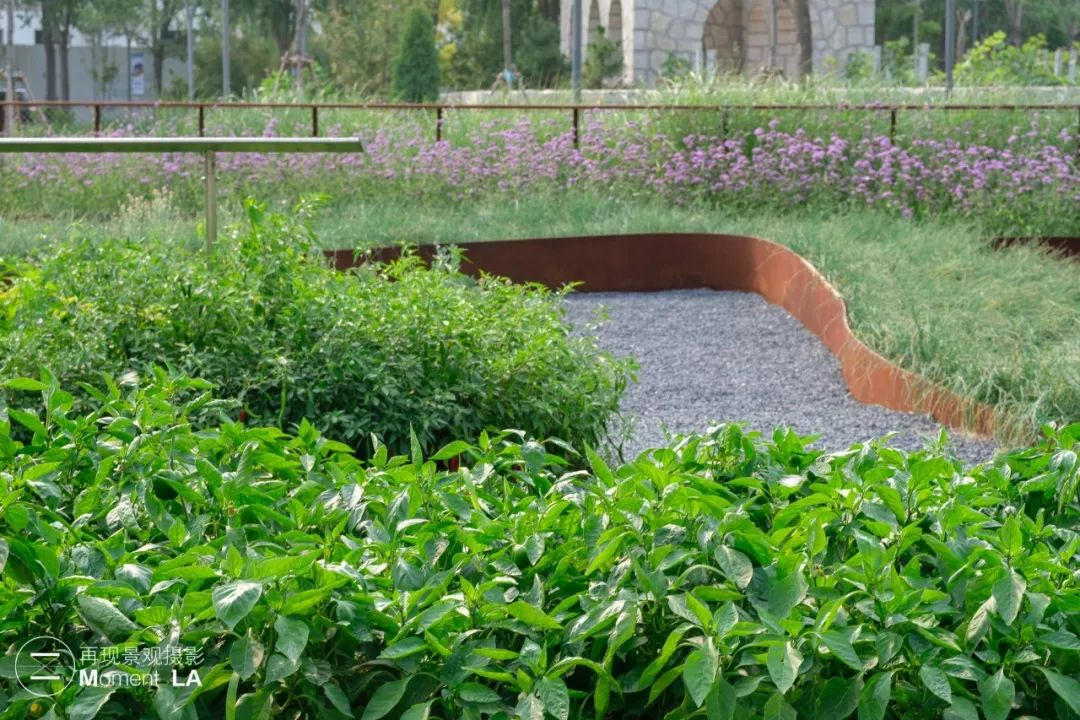
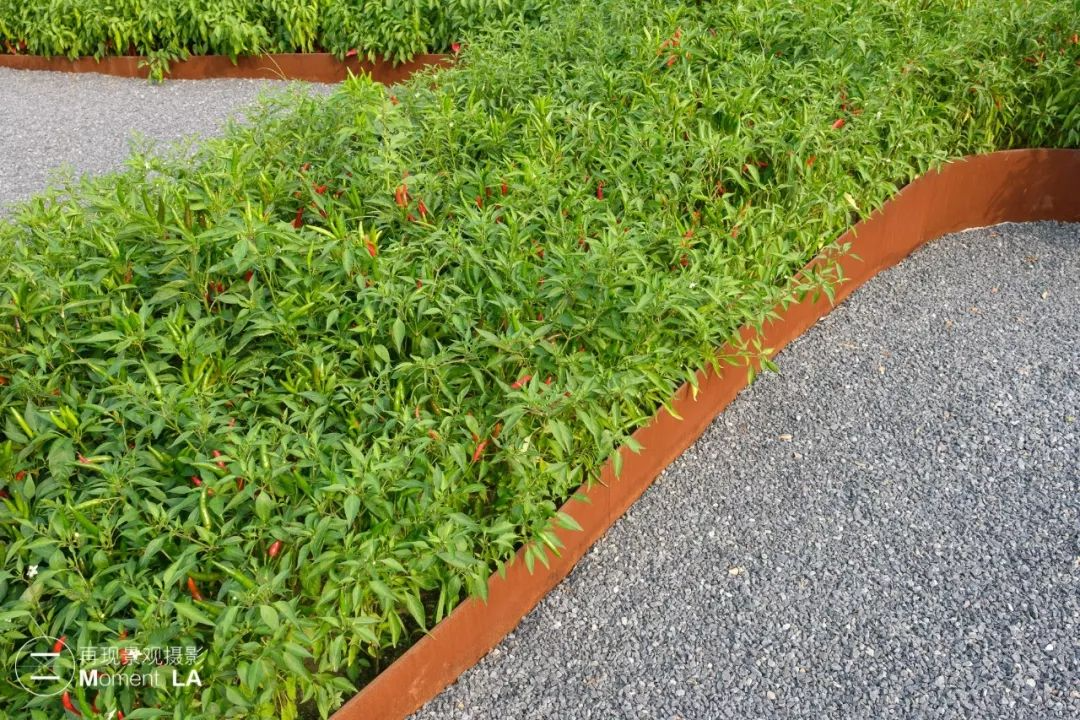
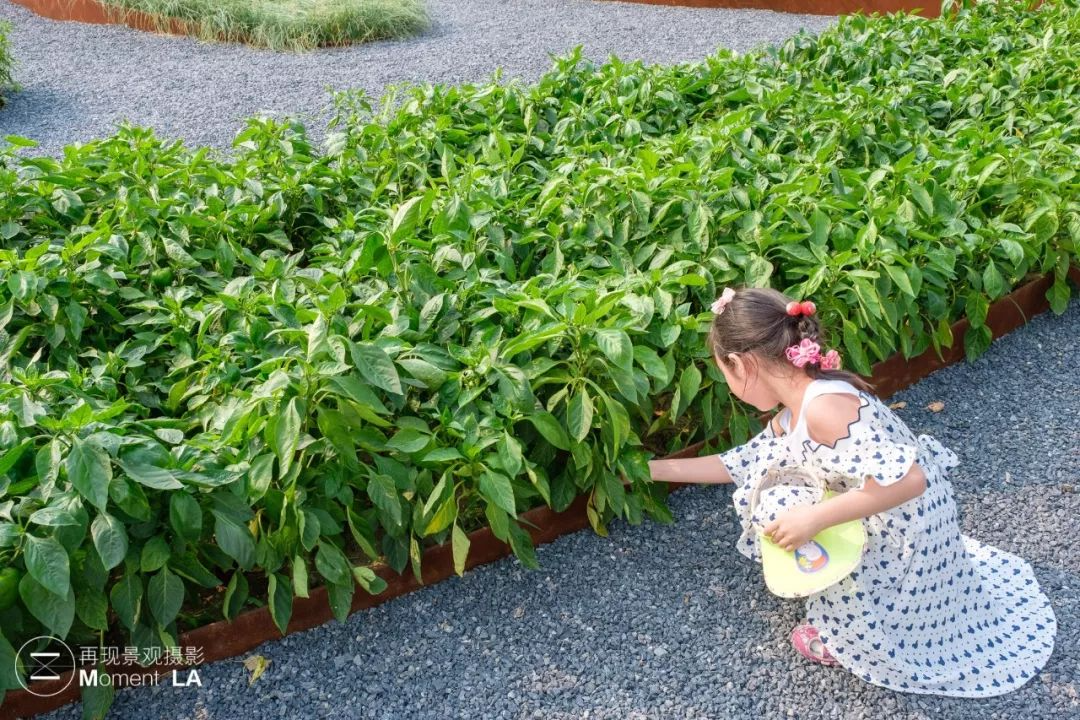
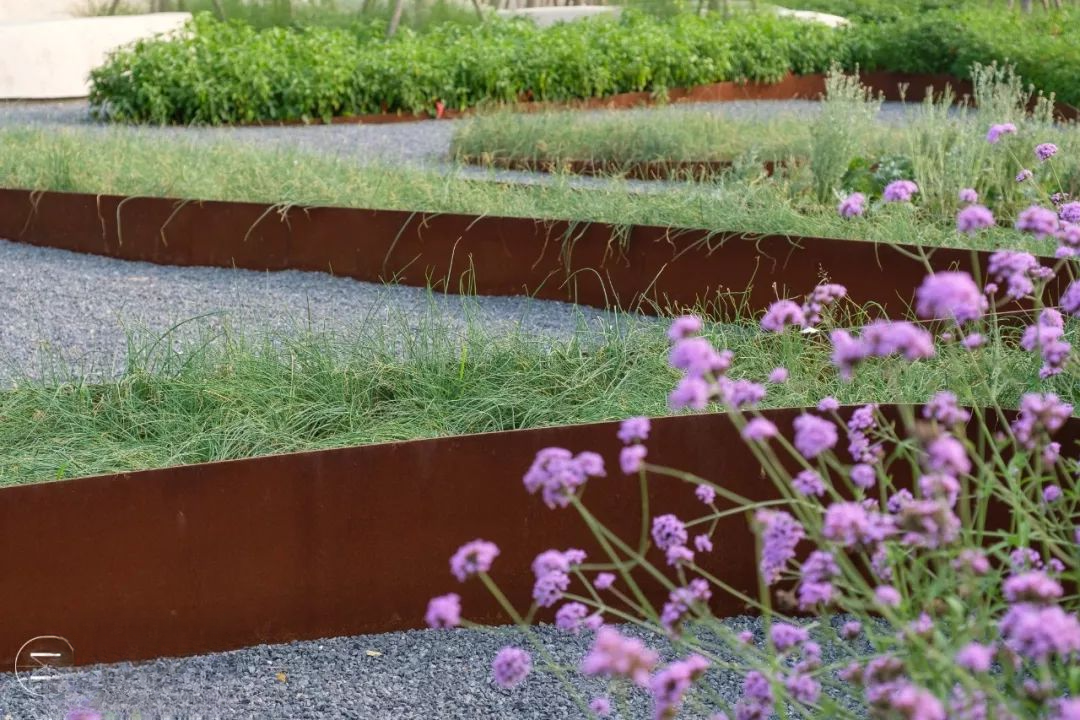
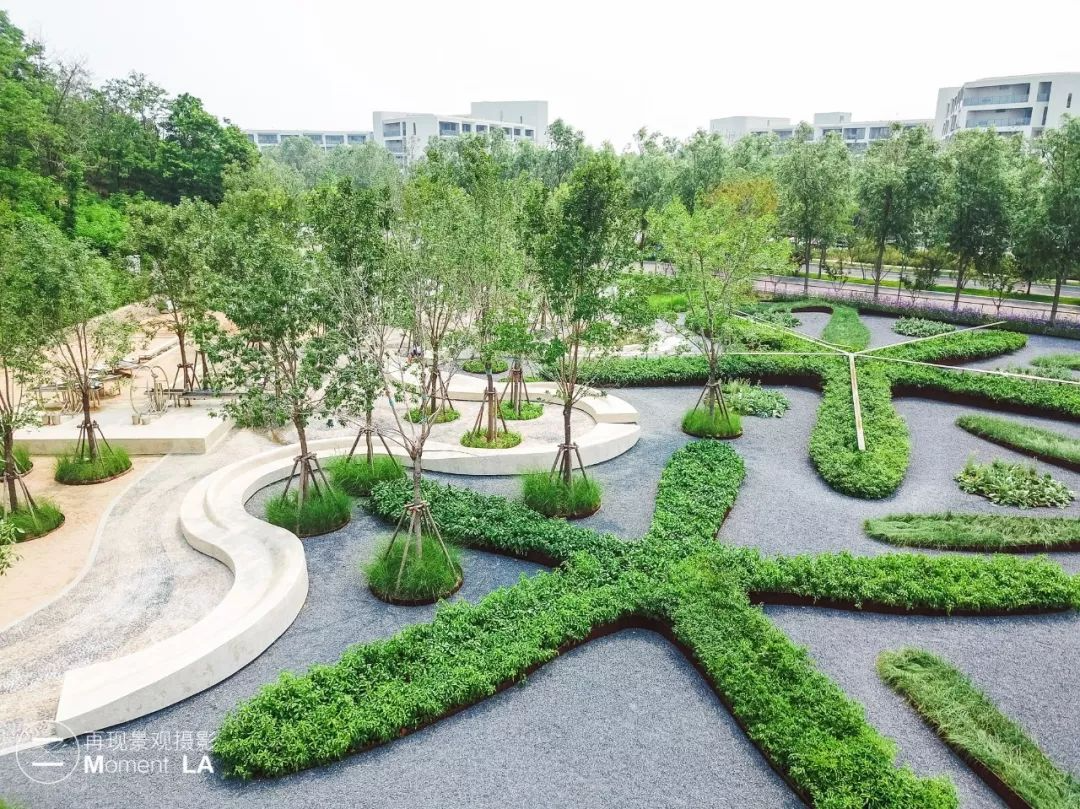
Dow Gardens, Michigan, USA
The Dow Garden is a children's garden, a vegetable and flower display garden, and an edible garden, and was first place in the AAS (All-America Selections) display garden design in 2016. The garden features 30 AAS award-winning plant species to create its dynamic, colorful and eye-catching display.
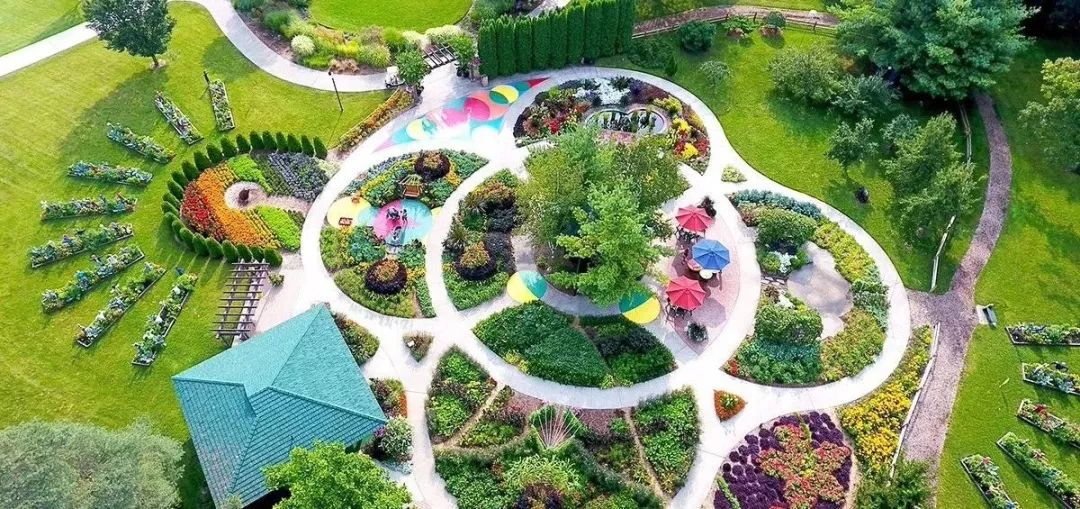
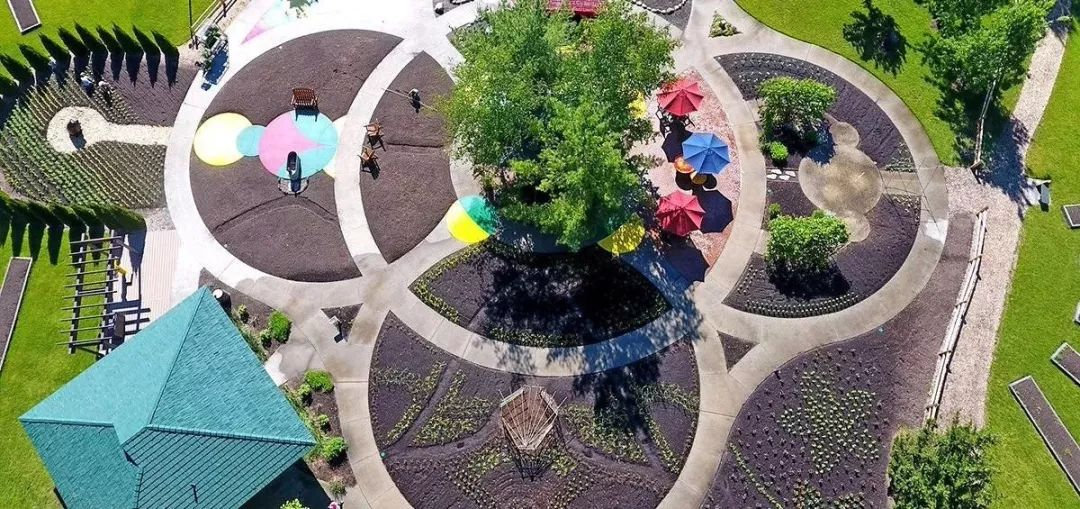
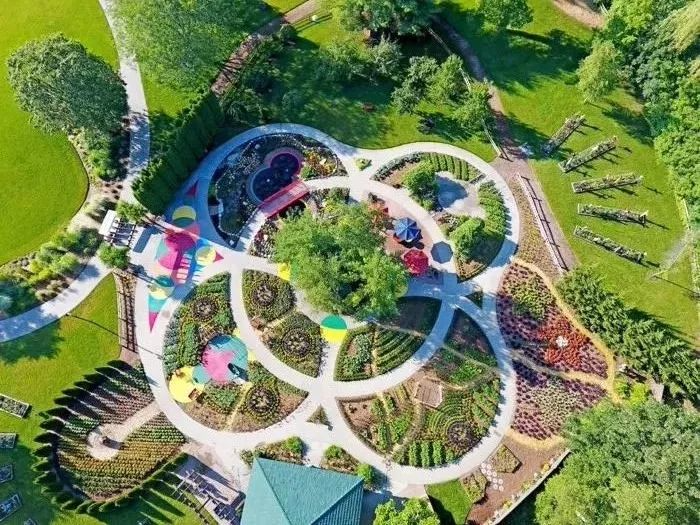
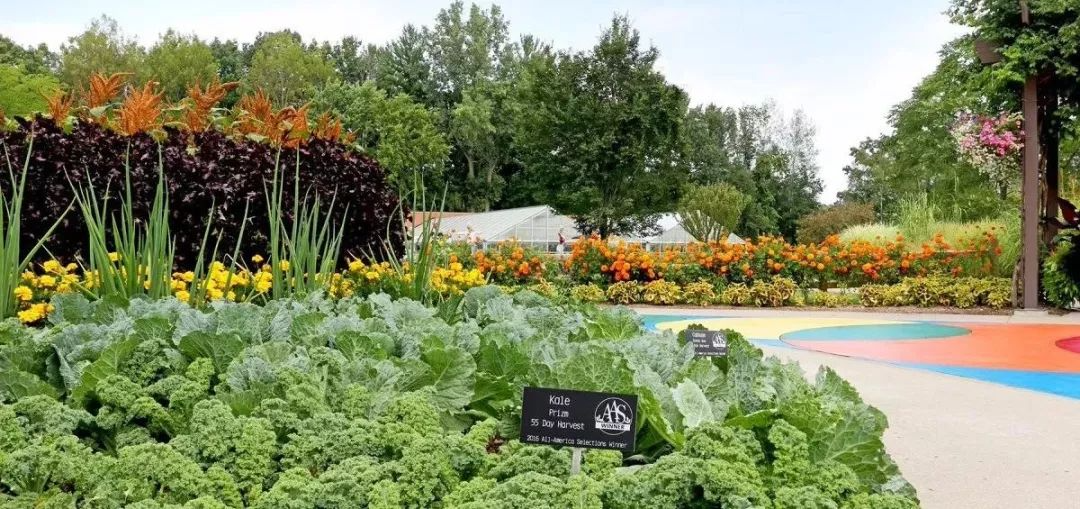
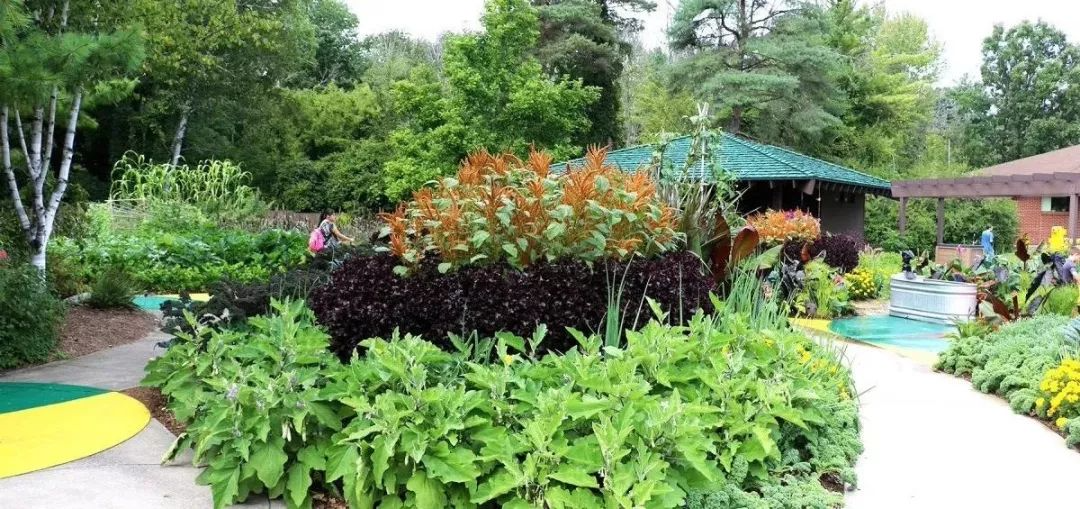
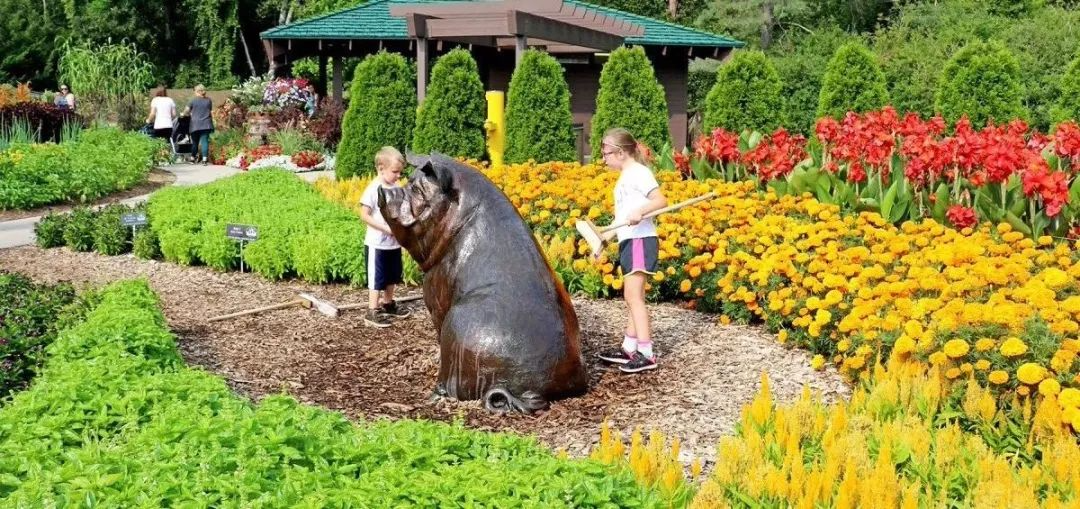

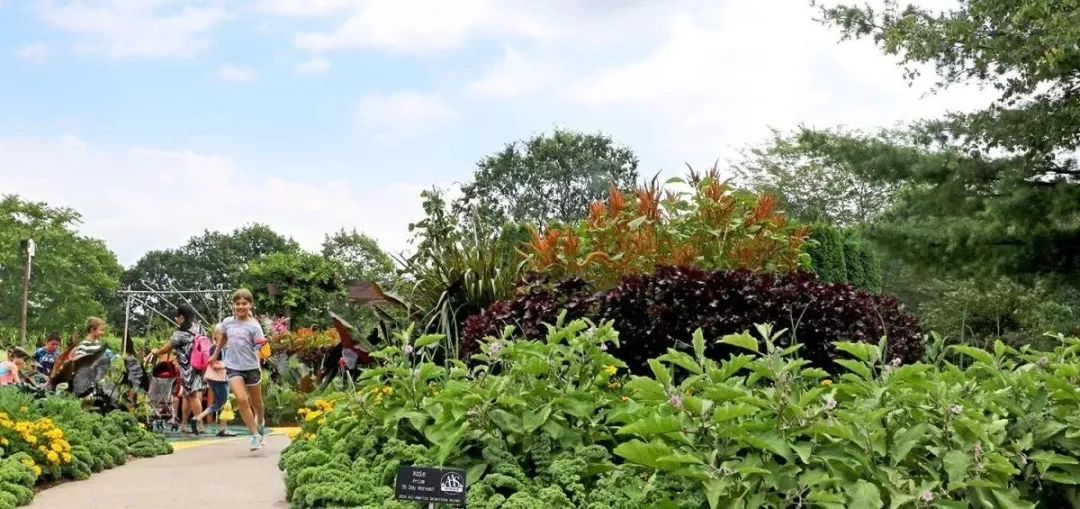
Magneten Sensory Garden By MASU Planning
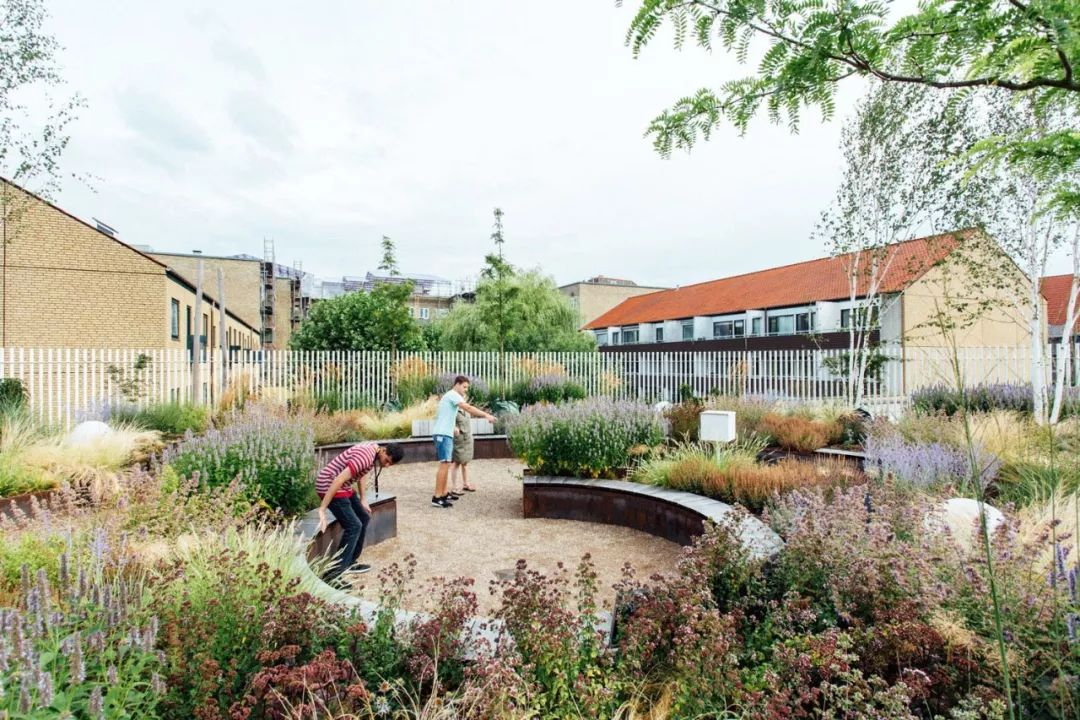
The garden consists of three areas: the vegetable garden, the bonfire garden and the flower garden. The three gardens vary in size, each offering a different sensory experience. In the vegetable garden, a greenhouse extends the season. Around the greenhouse, raised beds for vegetables, beehives, fruit trees and bushes produce edible produce.
Lushly planted areas showcase a variety of scents and colors to stimulate the senses. Users can stroll between raised flower beds or retreat to more secluded alcoves. The character of the garden changes throughout the seasons.
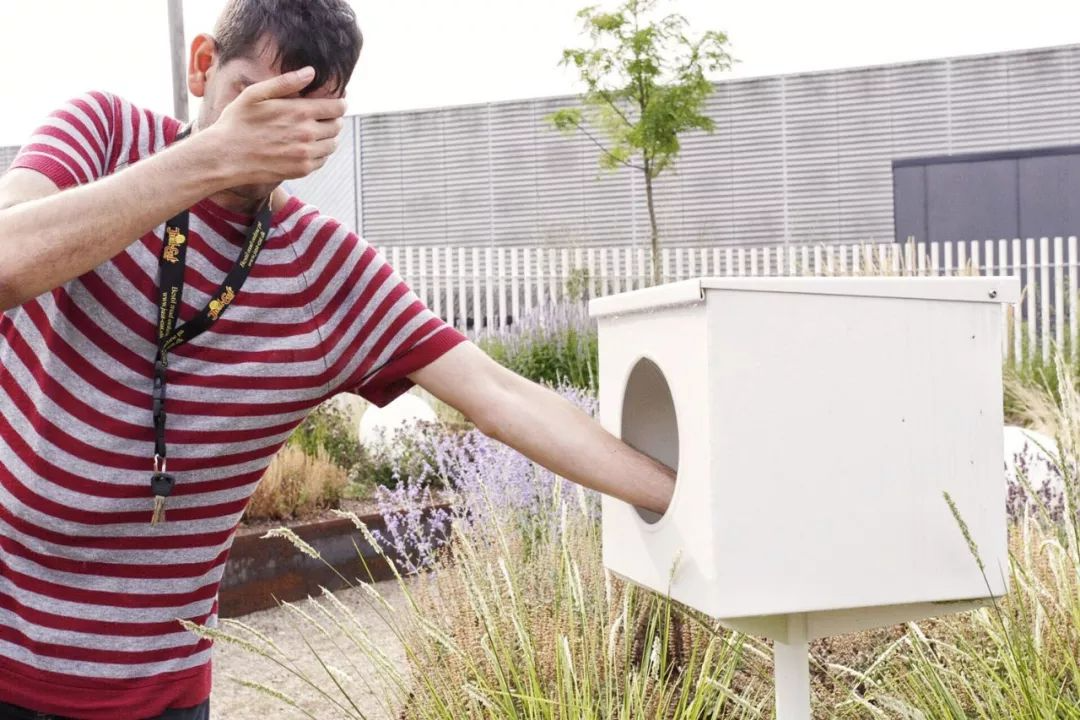
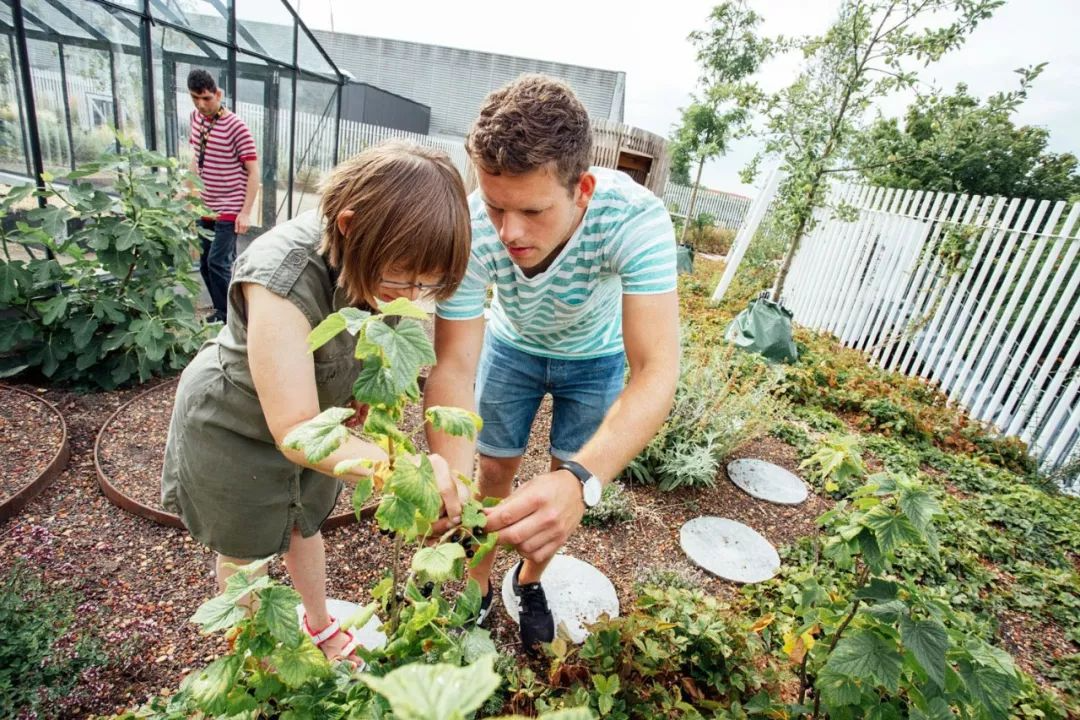
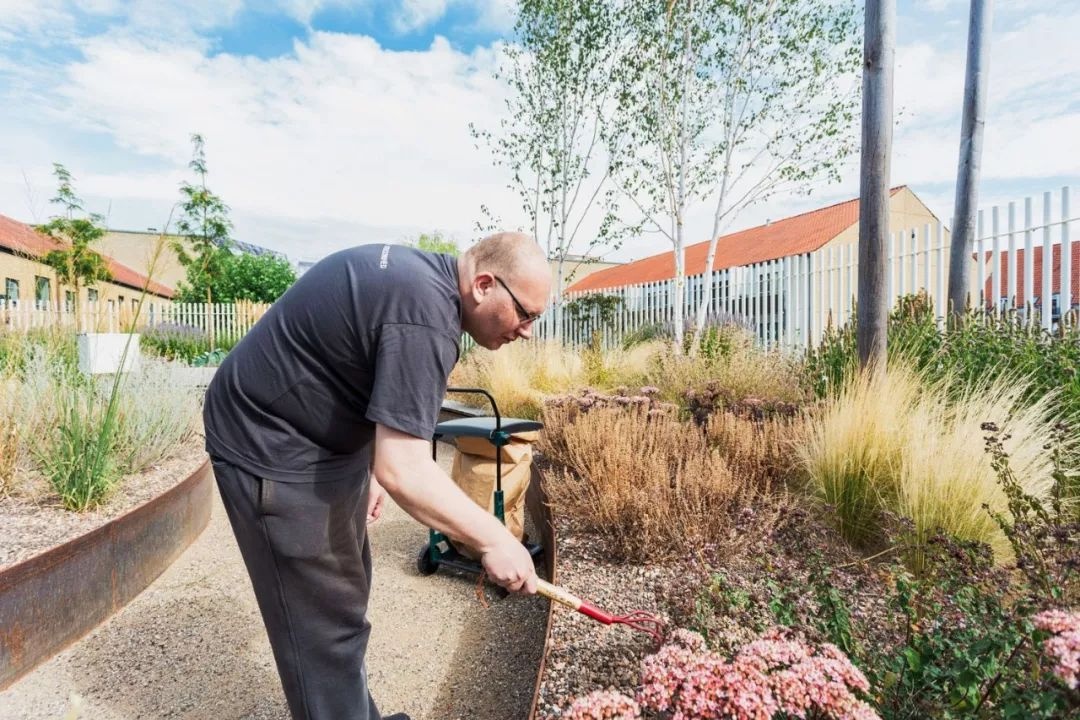
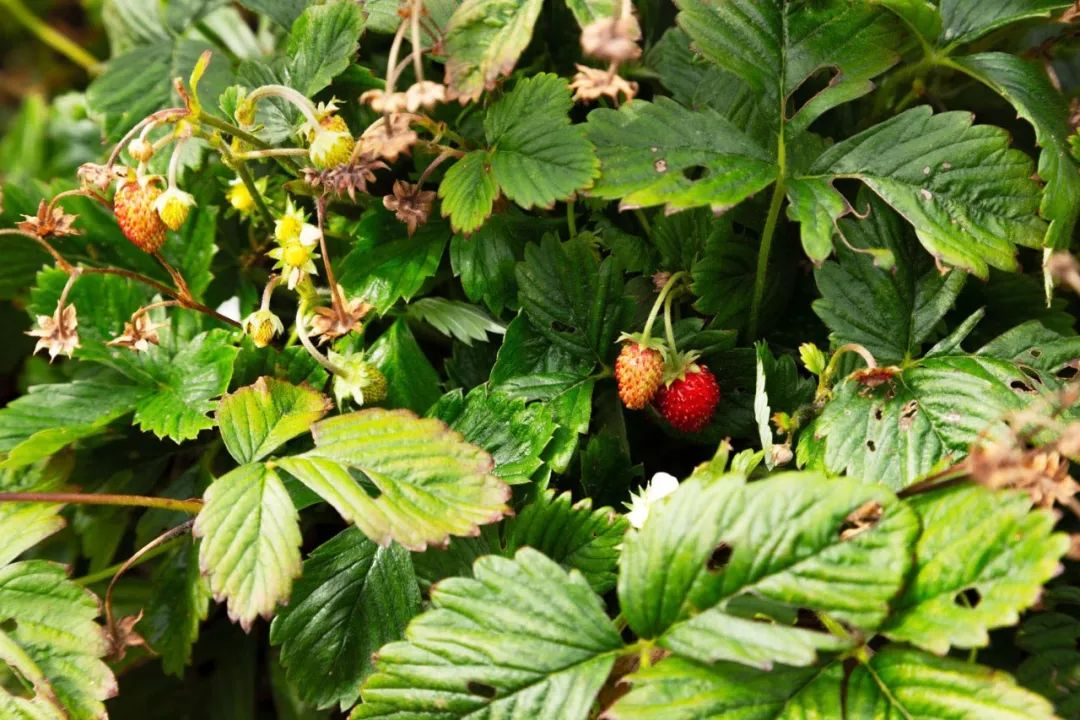
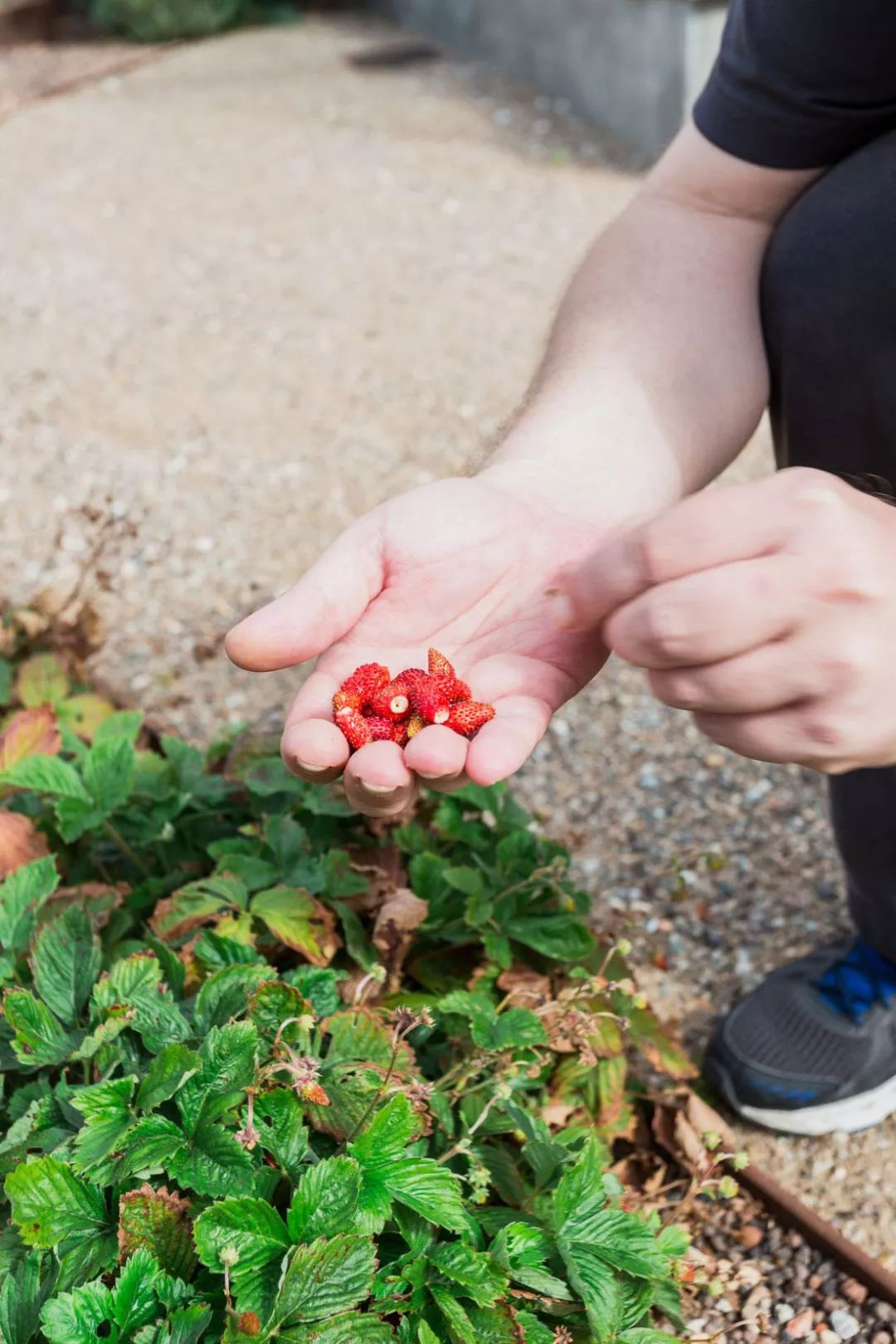
Green Clouds on the CityBy Zhubo Design
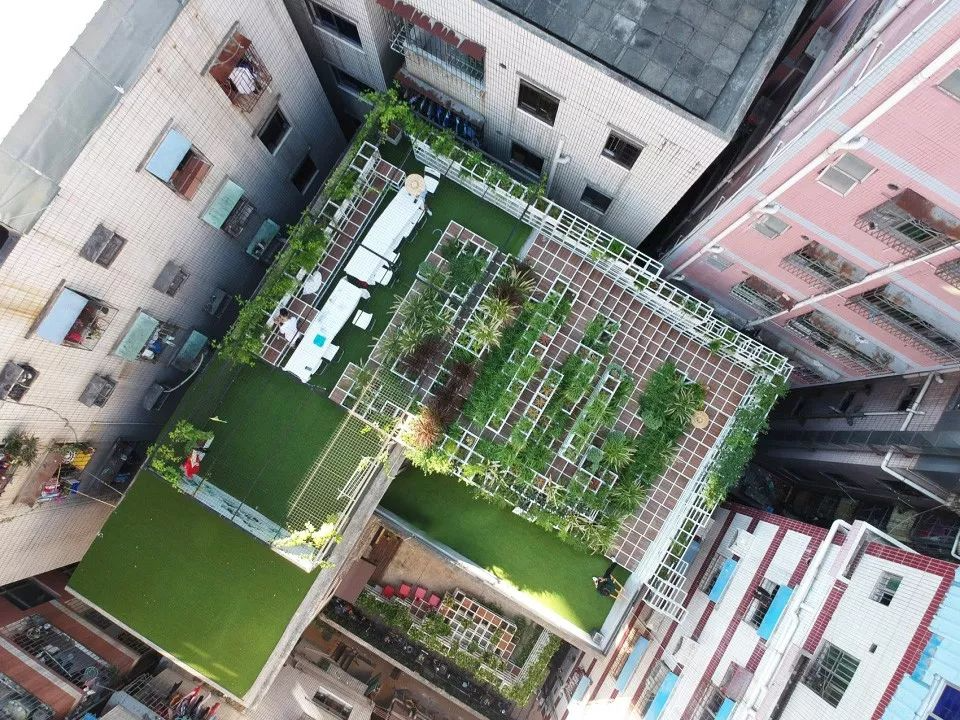
The main method of "Yugong Plan 2.0" is to thicken the roof that has not been effectively used in the site and place it into the second surface. The second surface is used to conserve rainwater and add greenery (which can be used to grow vegetables or landscape plants). The two-dimensional surface changes on the Z axis according to the characteristics of each site space, and pavilions, terraces, towers and pavilions that can promote neighborhood social interaction are generated below. Above it is a "green mountain" that can be sat and walked on.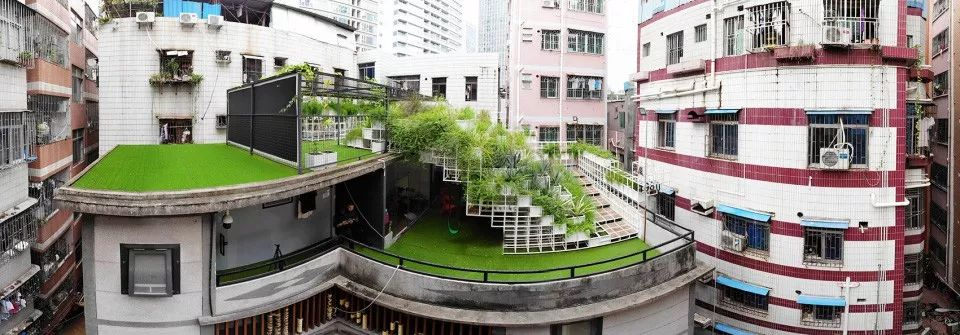
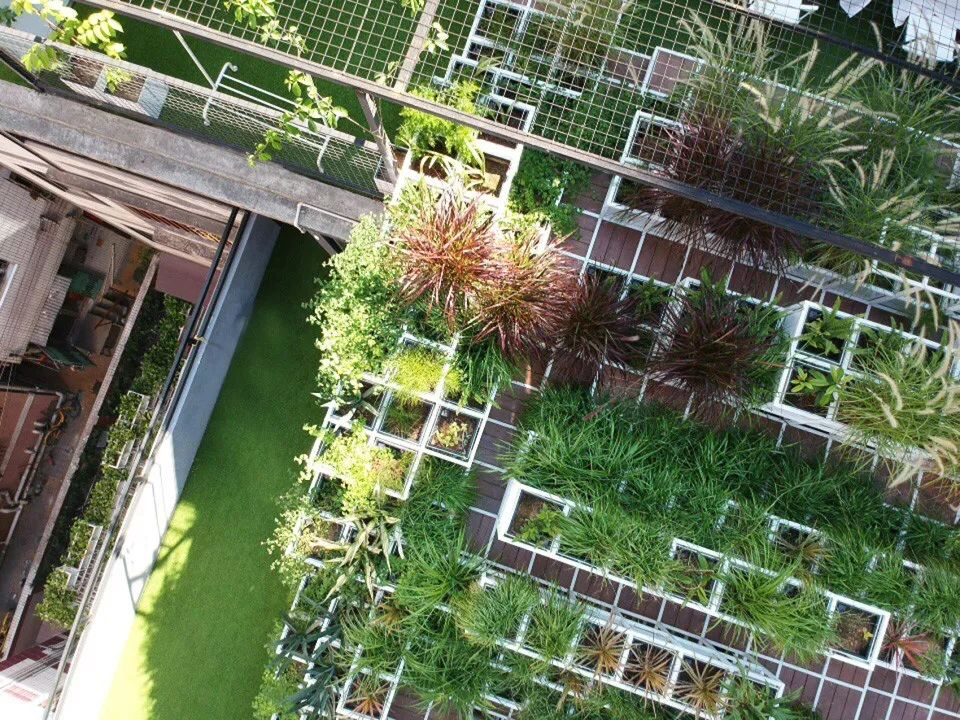
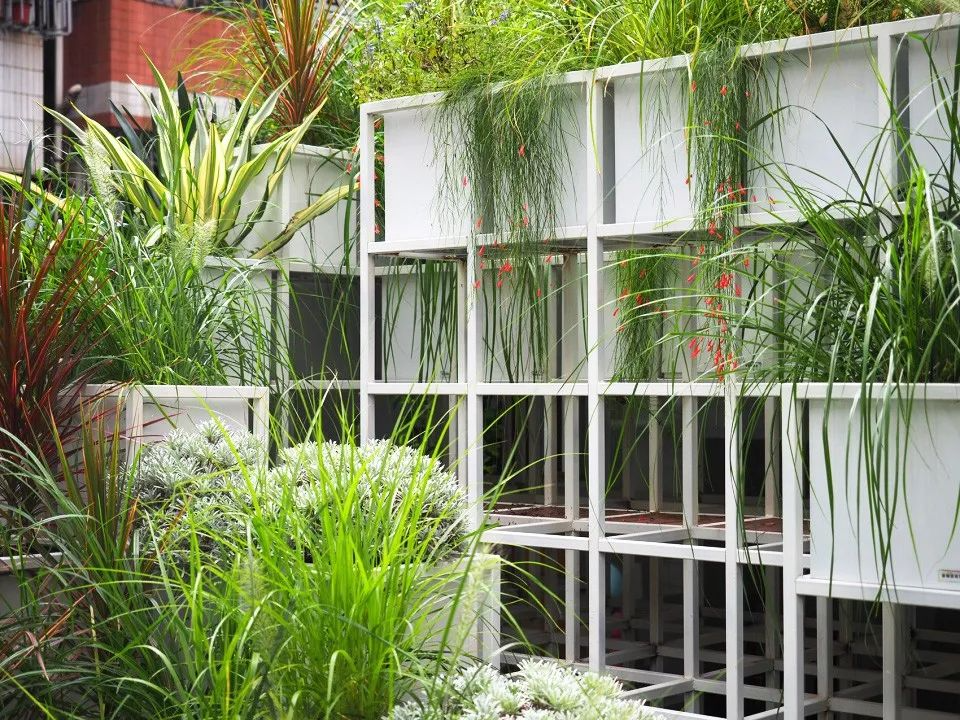
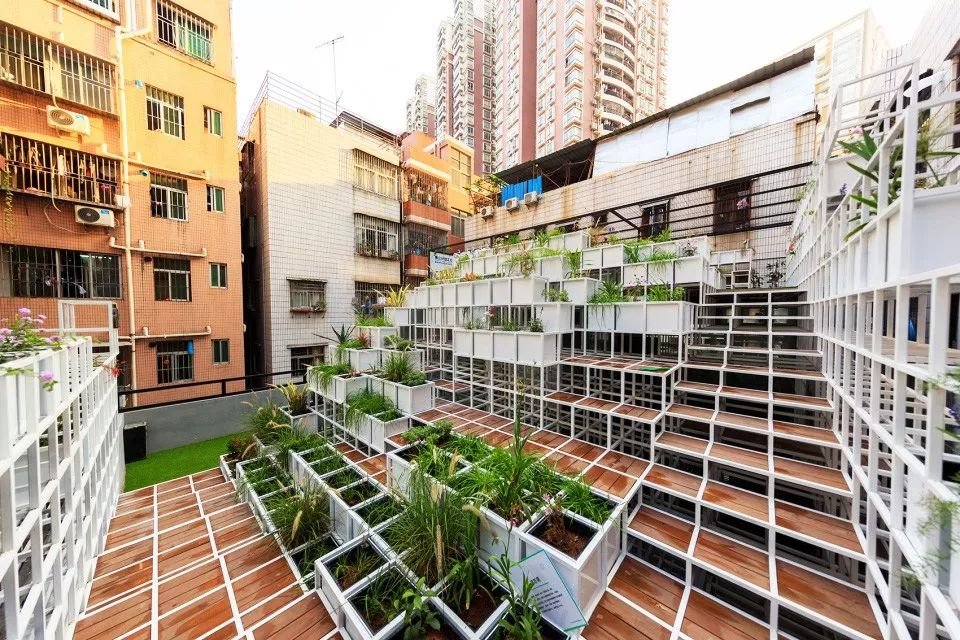
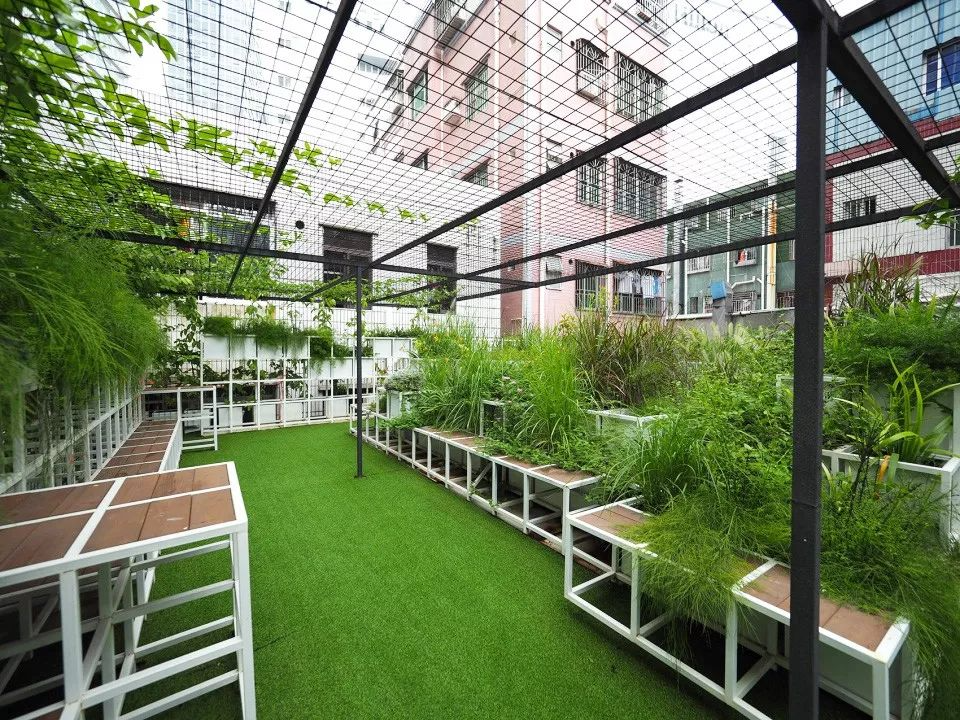
You may have seen vegetable gardens in communities, on rooftops, or in rural yards, but have you ever seen vegetable gardens set up at street bus stops? The waiting time here seems to be shorter because there are beautiful and edible views.Of course, the original site conditions were not like this. It was literally just a bus stop, nothing more.From 2012, the first edible bus stop began to develop and gradually grow. In early 2013, the EBS founding members applied for the transformation, which was funded by Lambeth Council's Neighborhood Improvement Program and the Mayor of London's Pocket Parks Program. The redesigned garden was the first pocket park to be realized and opened on May 18, 2013 to the enthusiastic welcome of local people and the news media.The layout makes use of existing wish lines to allow for easy passage through and the new benches are ideal for sitting in the garden, having lunch or waiting for a bus. Recycled granite road stones recovered from other redevelopment works across Lambeth formed the retaining wall of the raised bed.A range of plants are grown on the site by enthusiastic local residents. Leafy greens, herbs and towering sunflowers all thrive in the garden, which is an urban orchard with over 500 fruit trees.Auckland Walled Gardens Restaurant By SANAA
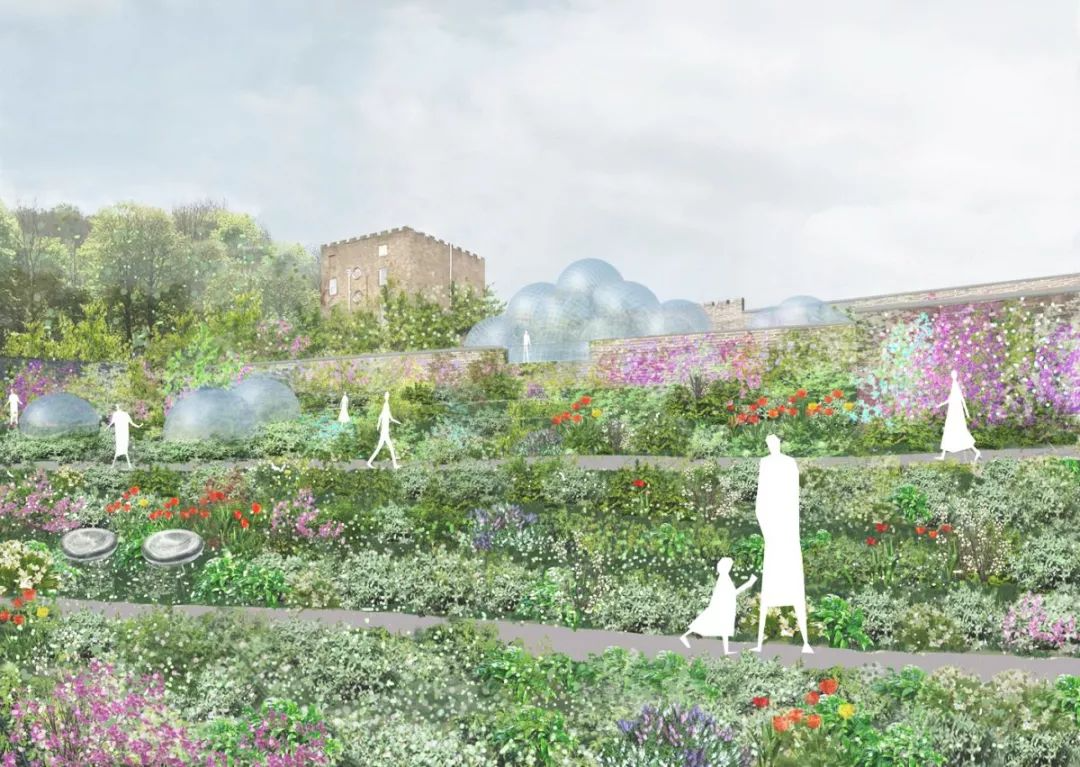
SANAA was appointed to design a restaurant and greenhouse enclosure as part of a re-envisioned 17th century walled garden. Created in the 17th century, the walled garden at Auckland Castle was one of the first of its kind in the North East of England.
The Bishop's uses advanced technology, heated walls and innovative glass greenhouses to grow vegetables, flowers, fruit and even pineapples. Following in this tradition, produce grown in the rebuilt gardens will be used in the Oakland Project's restaurants. The Walled Garden Restaurant is located on the main terrace of the Upper Walled Garden.
The inside and outside of the restaurant are divided by a transparent glass curtain wall, and many trees are planted inside, integrating the indoor and outdoor scenery, making people feel as if they are in nature.
The Walled Garden and restaurant are supported by the Garfield Weston Foundation and The Headley Trust. Planning permission for the restaurant was granted by Durham County Council in April 2016, ground archaeological works began in June 2016 and preliminary work has now begun with planting expected to start in early 2019.
Student Exhibition Garden at Longwood Gardens, USA
Formerly known as the Demonstration Garden, the garden was originally used to emulate a backyard garden for vegetable cultivation. The garden was redesigned in 2010 as part of the students' Landscape Design and Landscape Construction courses. Student teams are responsible for sourcing all plant materials and hard products needed to implement the garden designs, which are on display from mid-May to mid-October.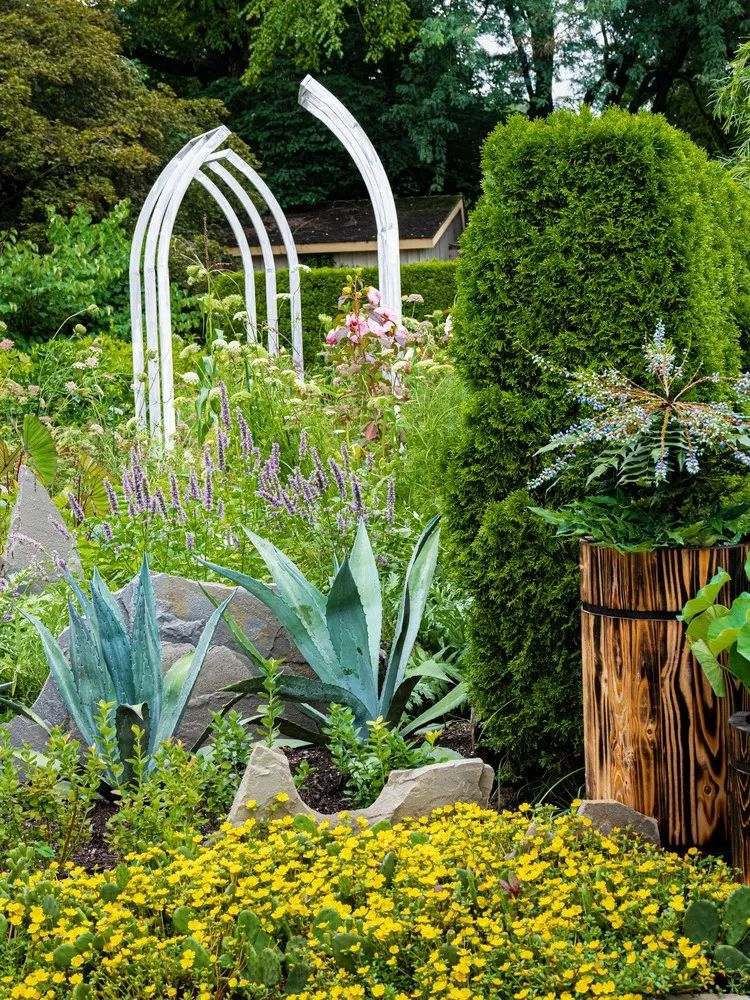

McGovern Centennial Gardens Houston Family Garden
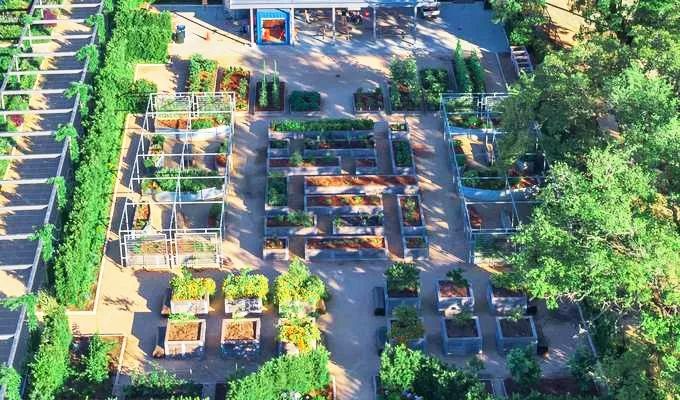
This is an edible, interactive garden designed to showcase vegetables, herbs, fruits, citrus, and berries that can be successfully grown in the Houston area. Children who are able are invited to participate in cultivating the growing beds and experience the touch, smell, color, and taste of fresh vegetables and herbs. You may see them growing in different stages of production, from planting to harvesting. Herbs are highlighted for their many uses: culinary, medicinal, decorative, scent.Bring your children to the Family Garden every Friday morning at 10 a.m. After reading, children will be invited to participate in a fun activity such as coloring a picture or planting seeds to take home.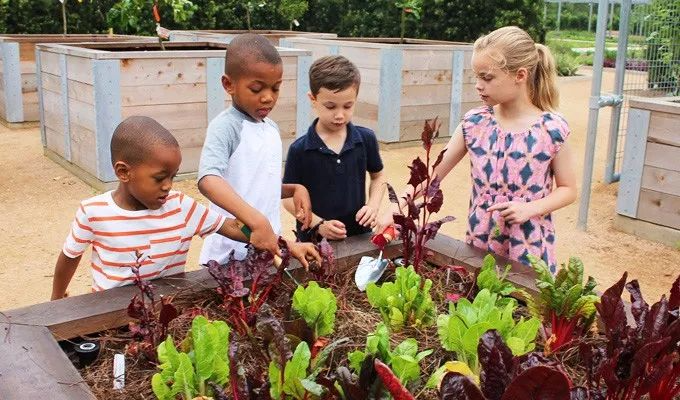

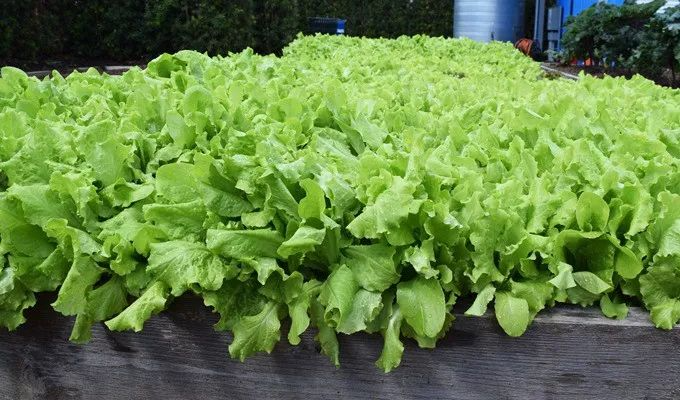

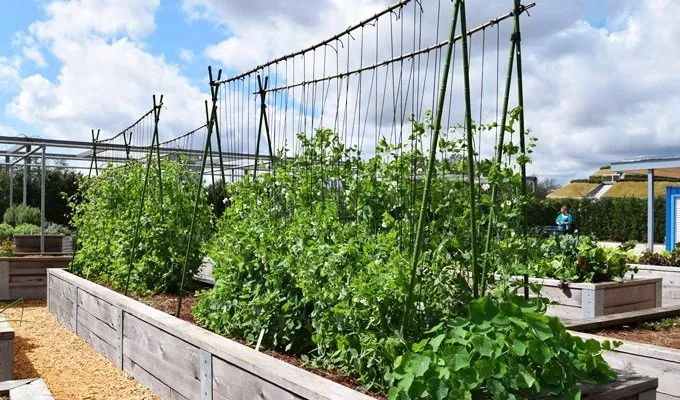
Urban Agriculture
By Kenneth Weikal Landscape Architecture
The 0.425-acre garden fills a frustrating void left by the Lafayette Building, which was demolished in 2010. It successfully creates a positive green space in the busy financial district.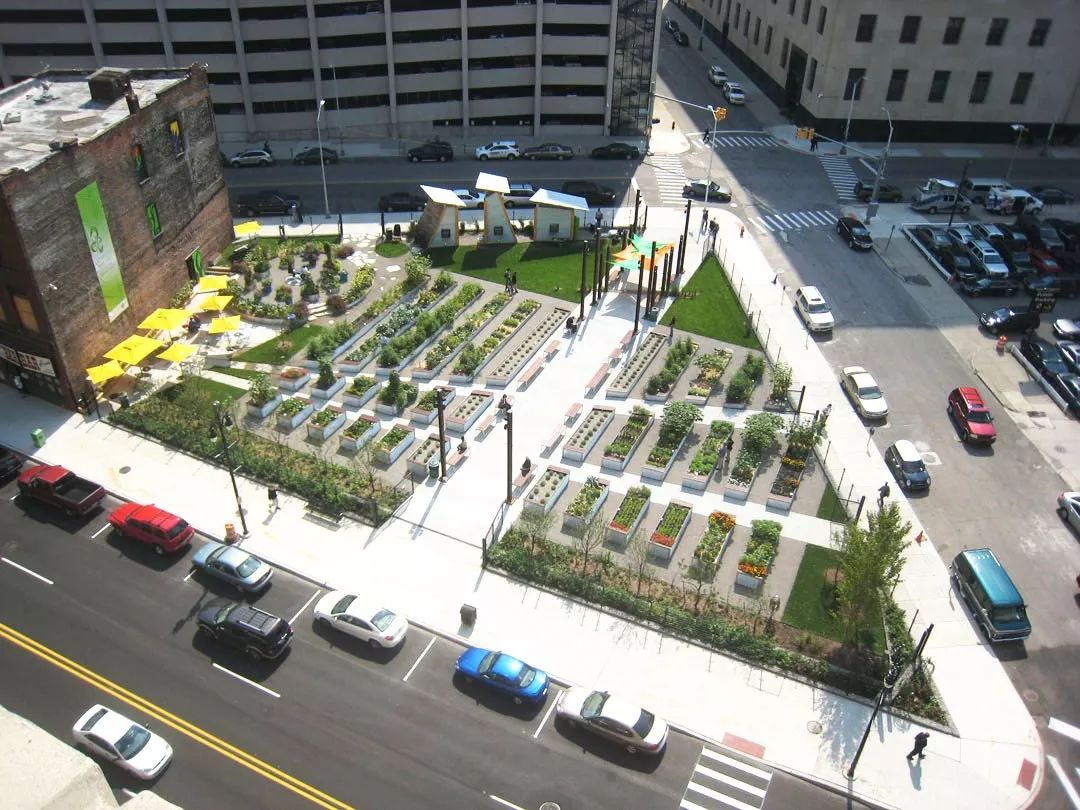
There are more than 200 kinds of vegetables, fruits, herbs and flowers arranged here, and many rest seats are provided to encourage the public to use this space. This garden is also an educational sanctuary where people can naturally participate in learning, planting, cultivation and picking in public spaces. Here you can understand the food system and experience the changes of the seasons. It has become an urban agricultural park with sustainable materials and children's educational significance, a public green social space, and a multifunctional community garden.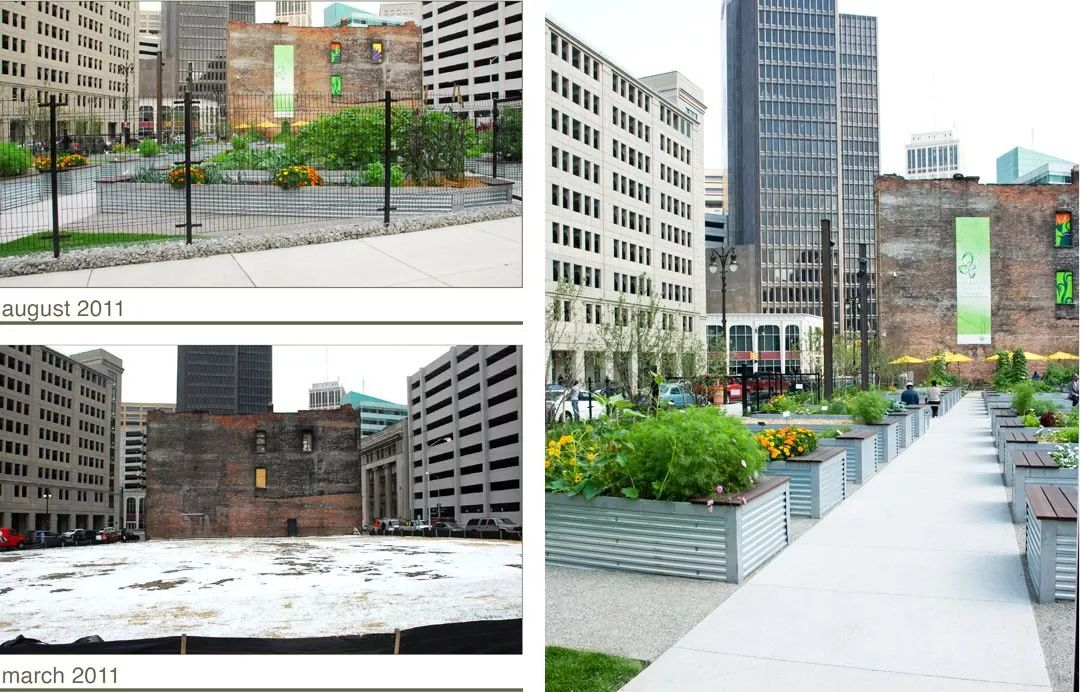
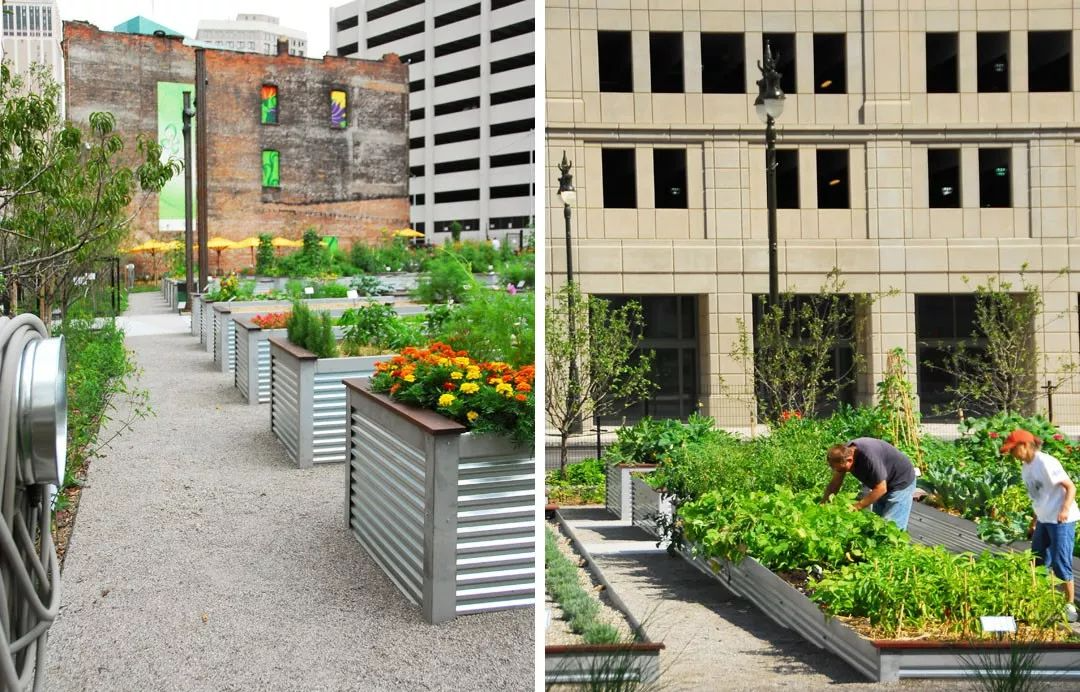
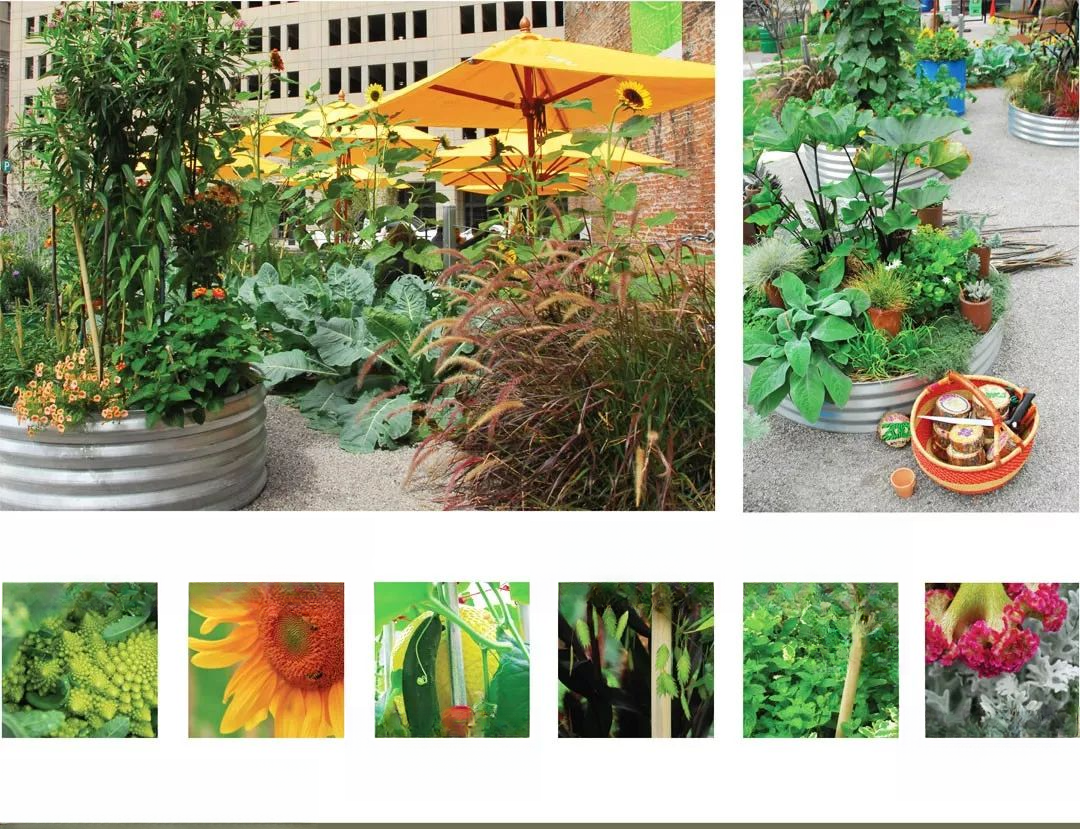
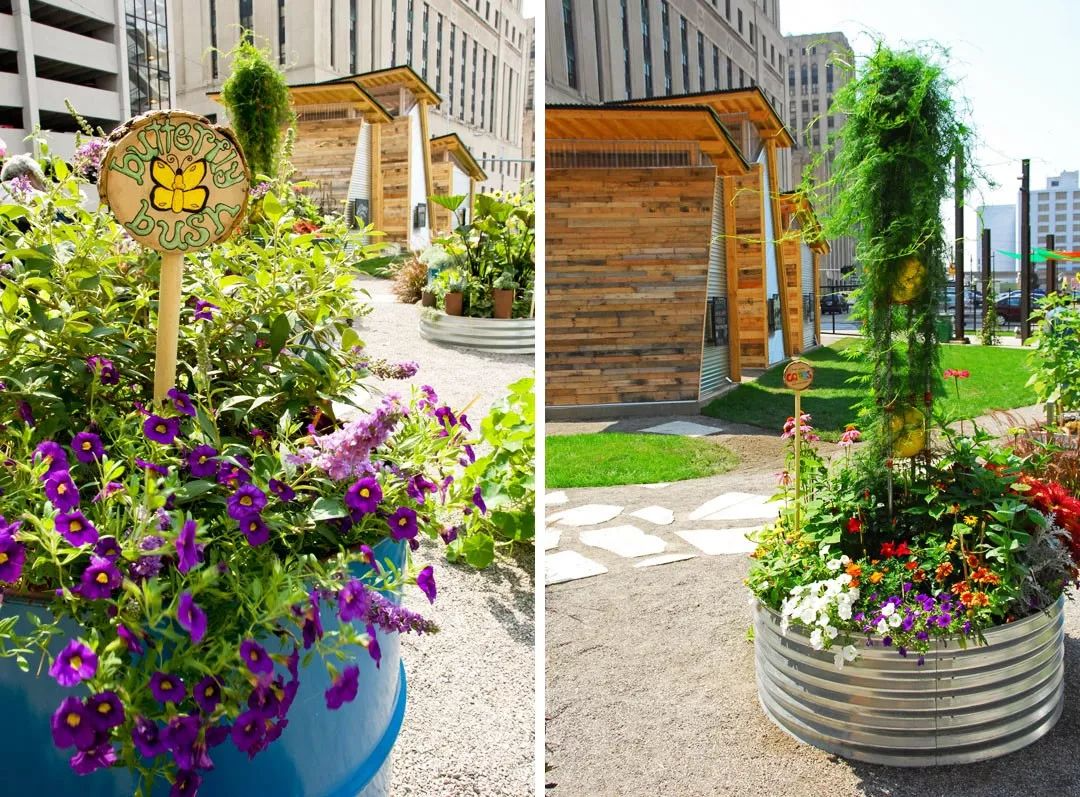
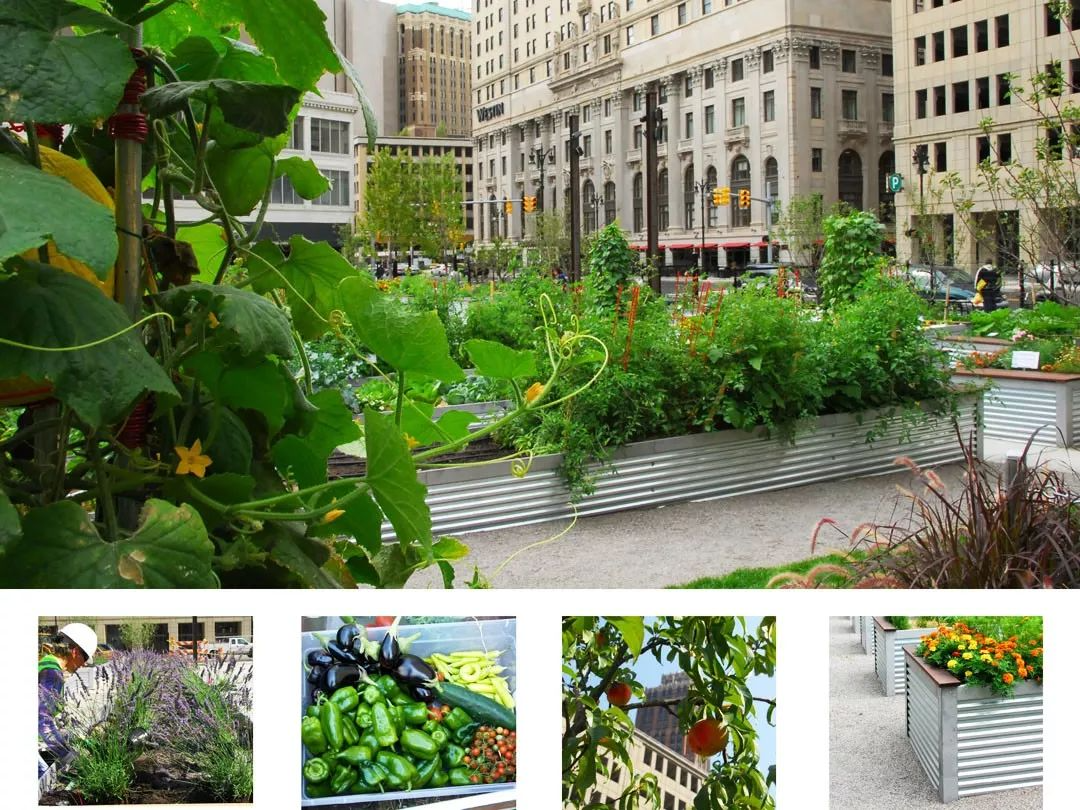
An edible house By atelier gras
An edible garden house where you can experience the process of sowing, weeding and harvesting. EATHOUSE is a garden in the home that attracts guests. There are delicious vegetables, fruits, herbs and flowers. Guests can "taste" the garden here. EATHOUSE is temporary and can be used for one summer. The materials are recyclable.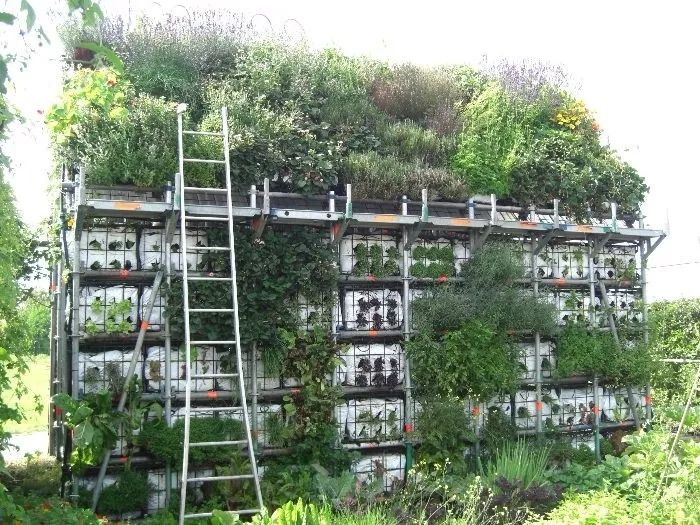
EATHOUSE is a modular system built of ordinary plastic boxes and a support structure that supports transportation, exhibition and agricultural harvest. This vertical greening is very friendly and you can plant it in your own garden or balcony.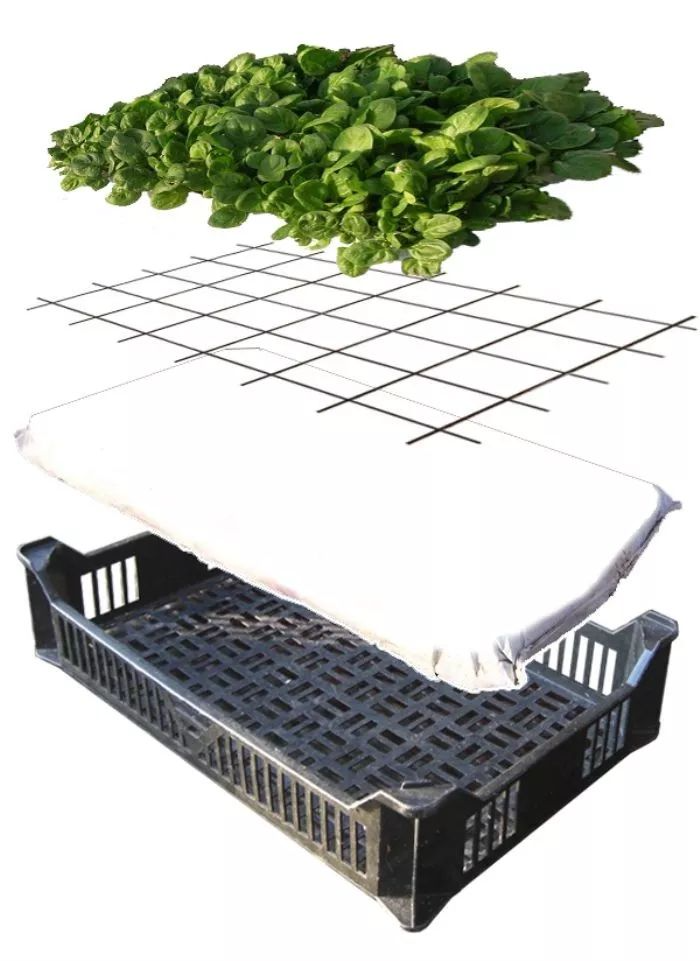
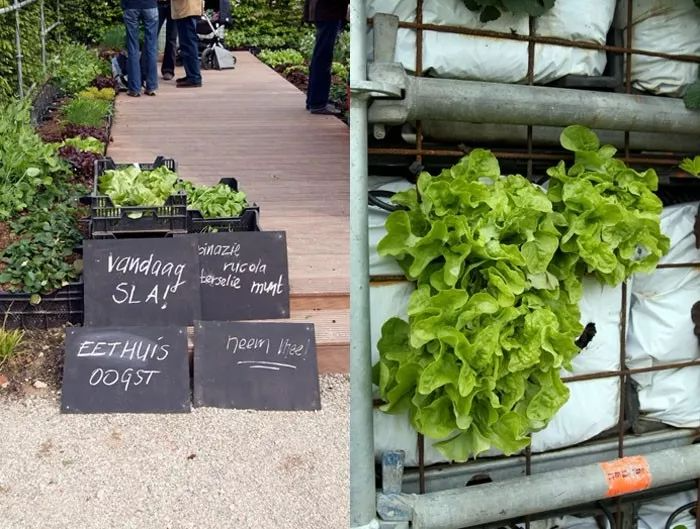
More vegetable garden views
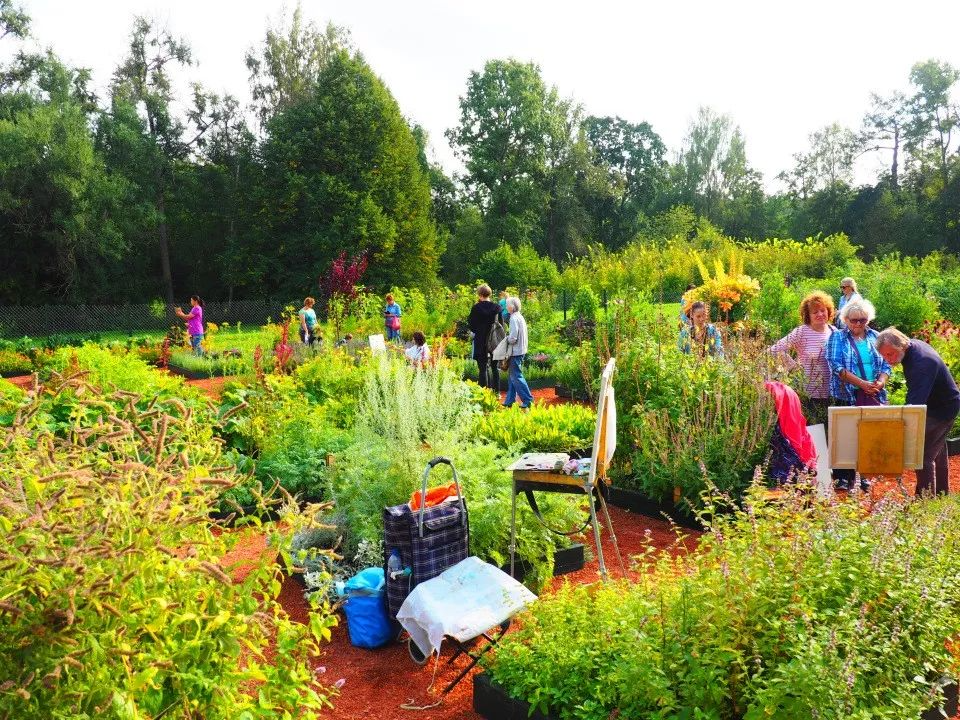
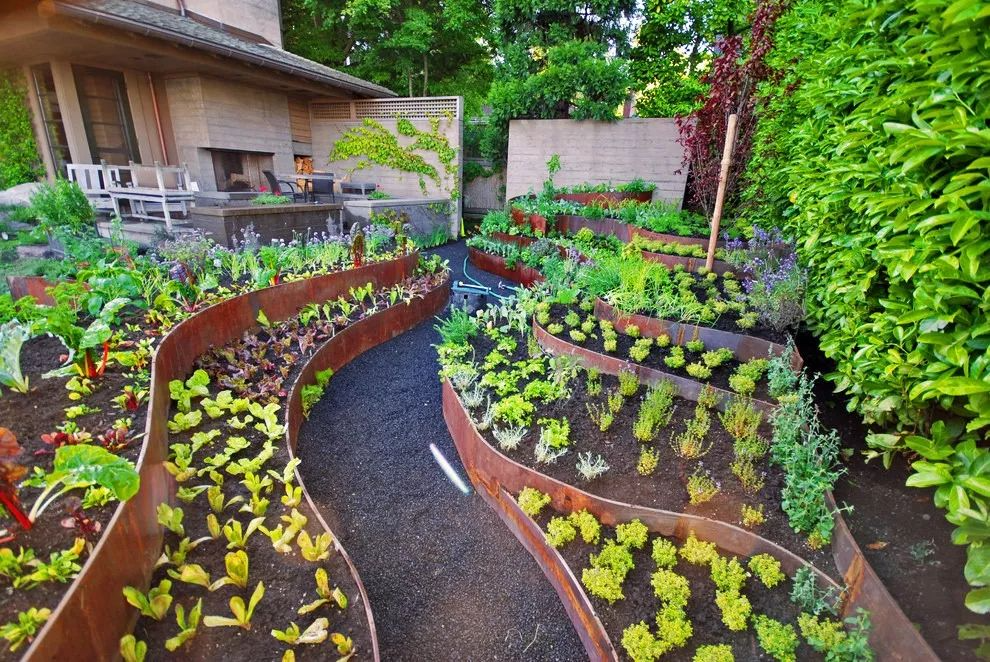
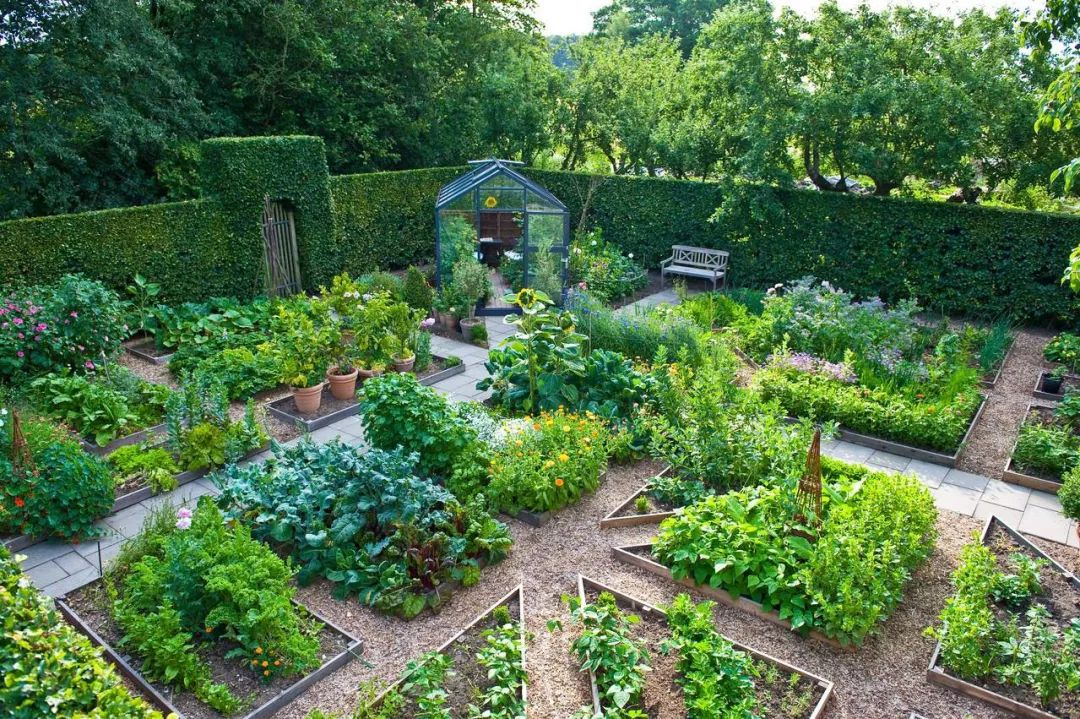
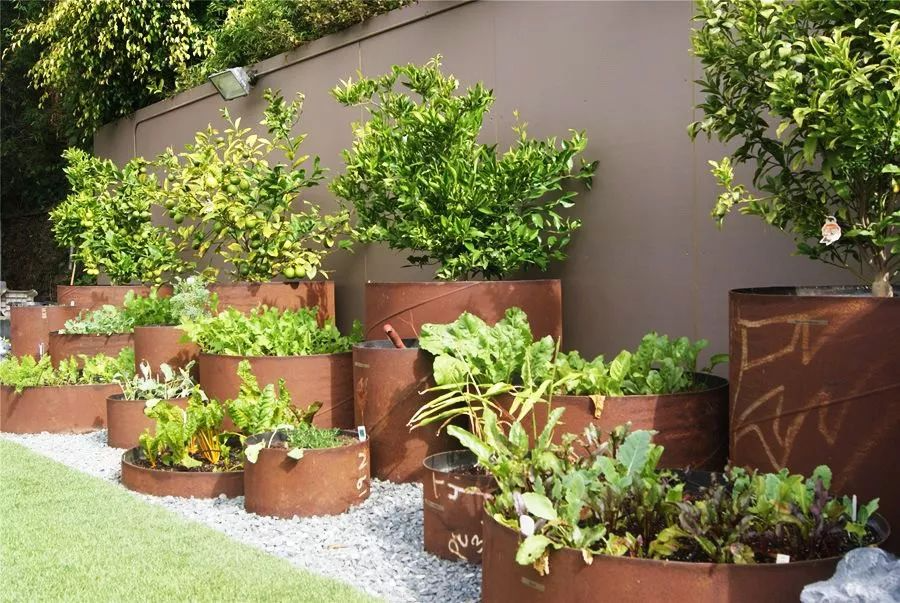
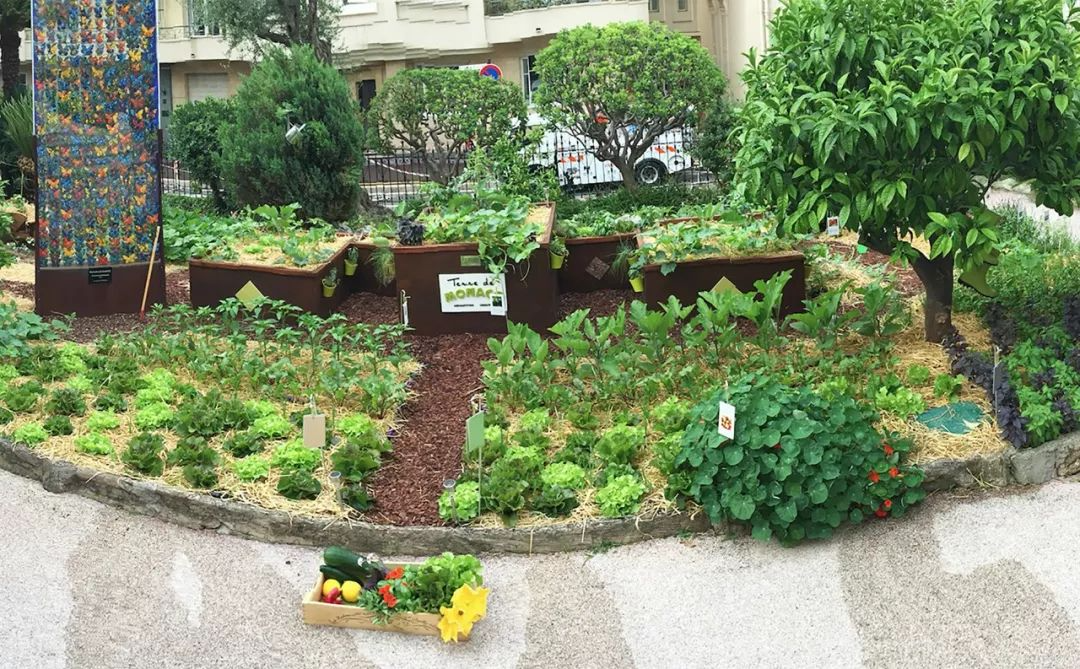
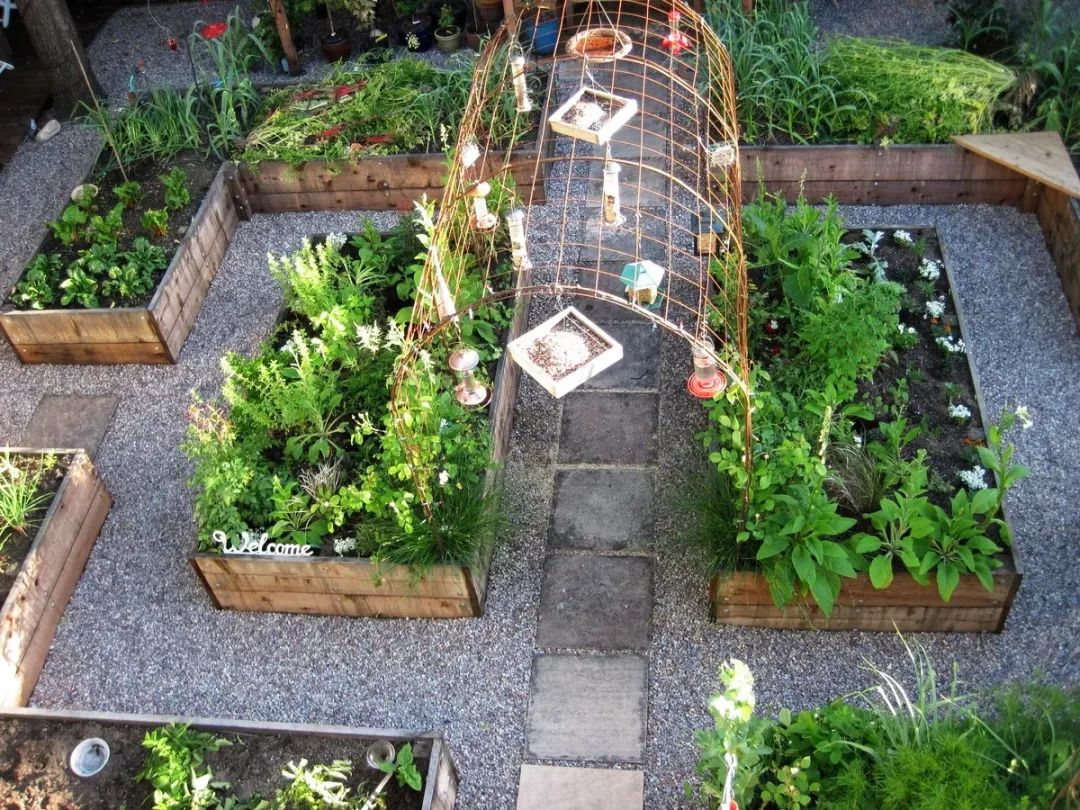
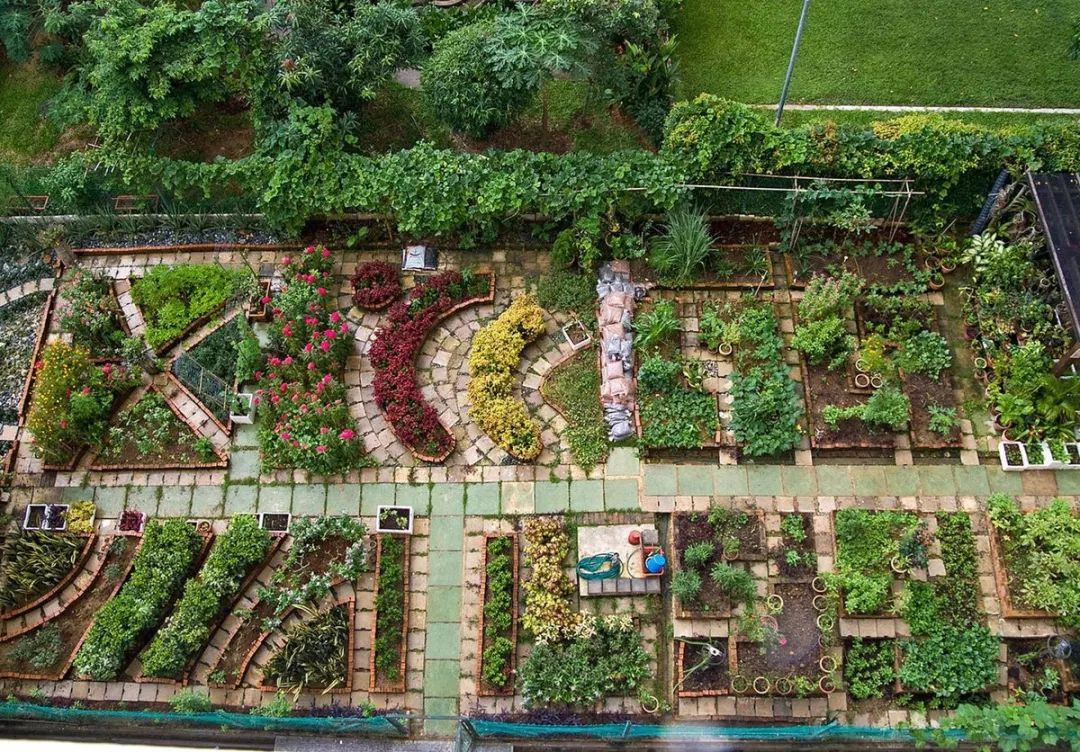
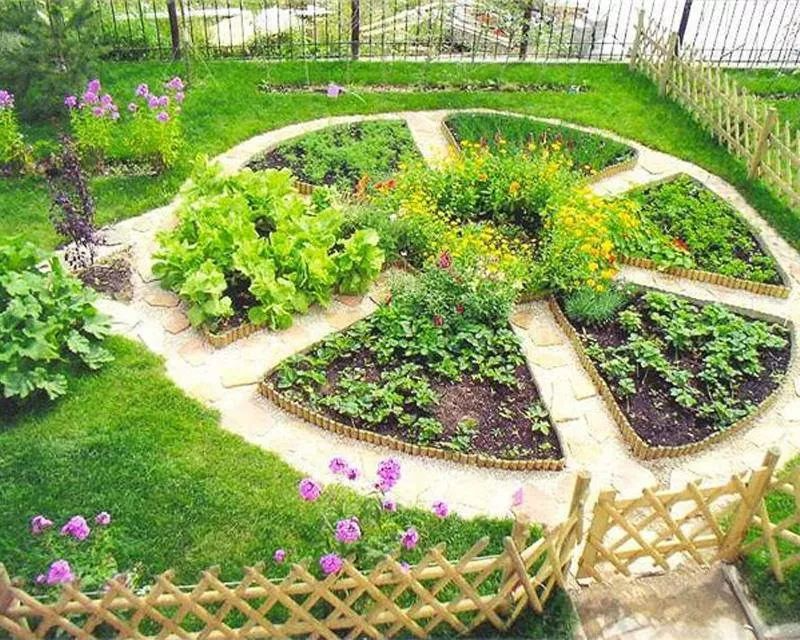
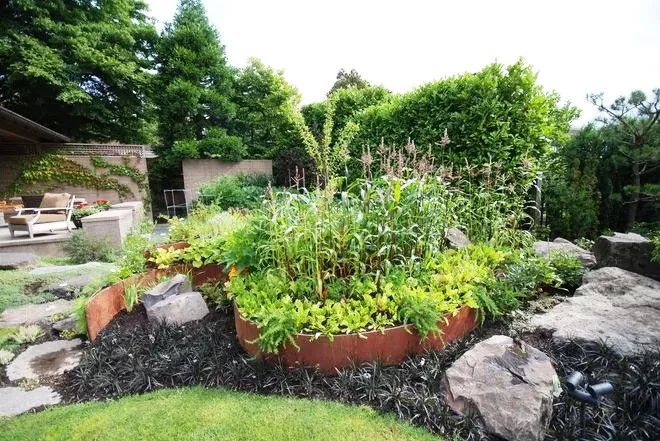
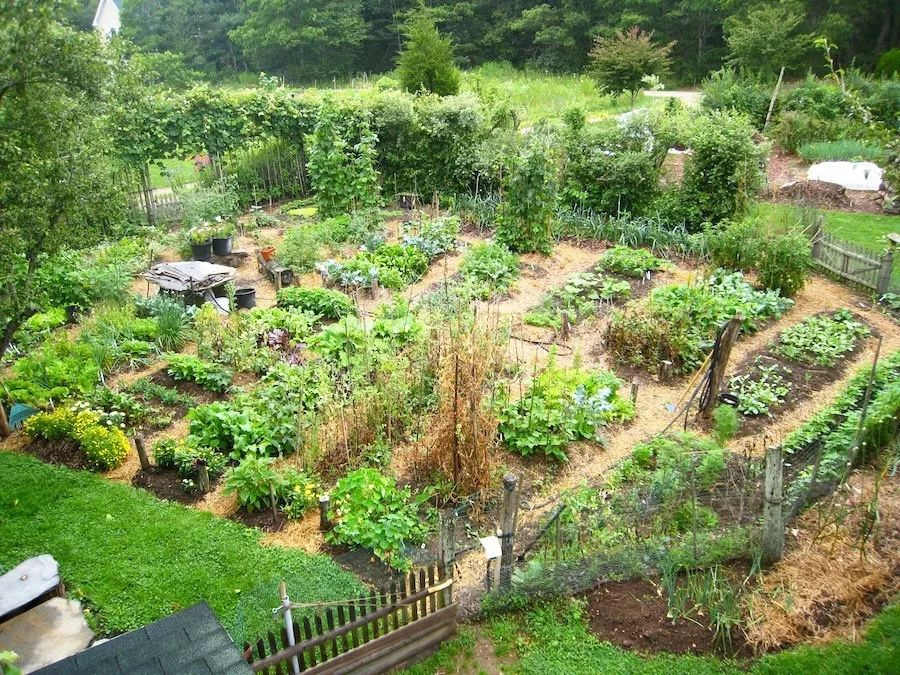
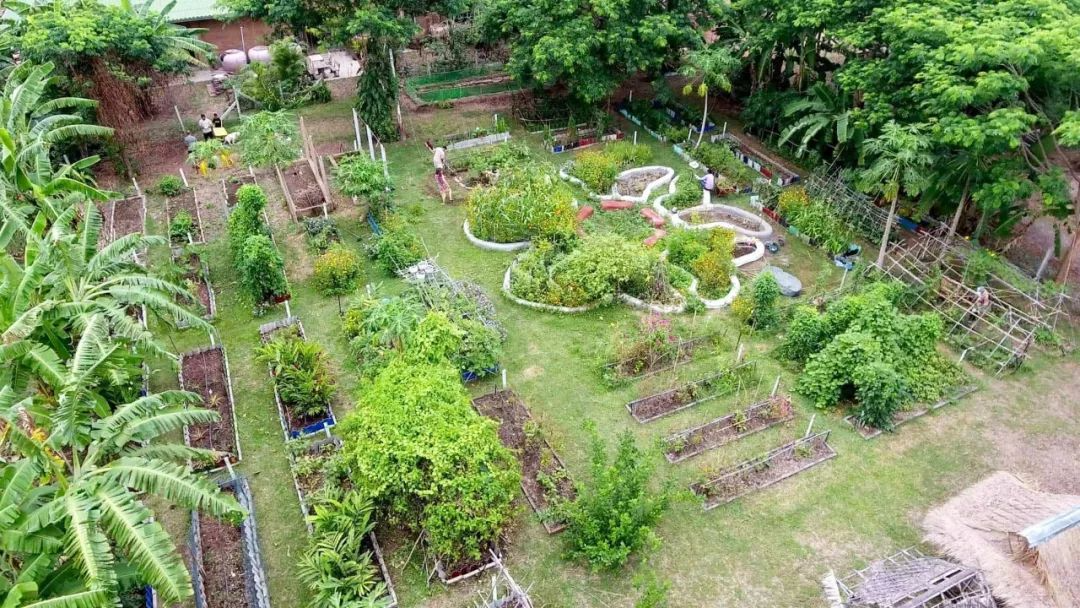
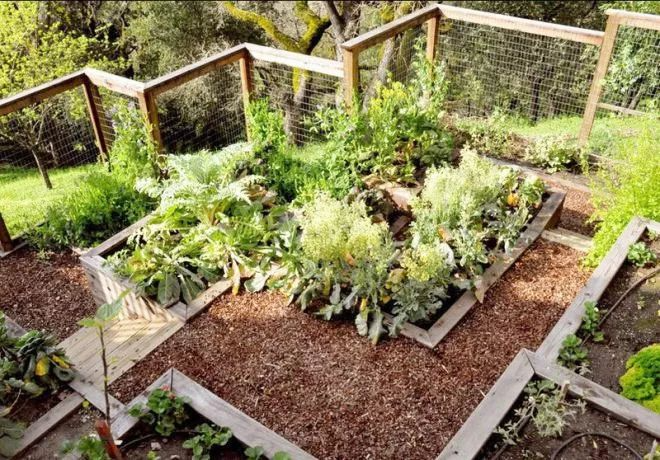
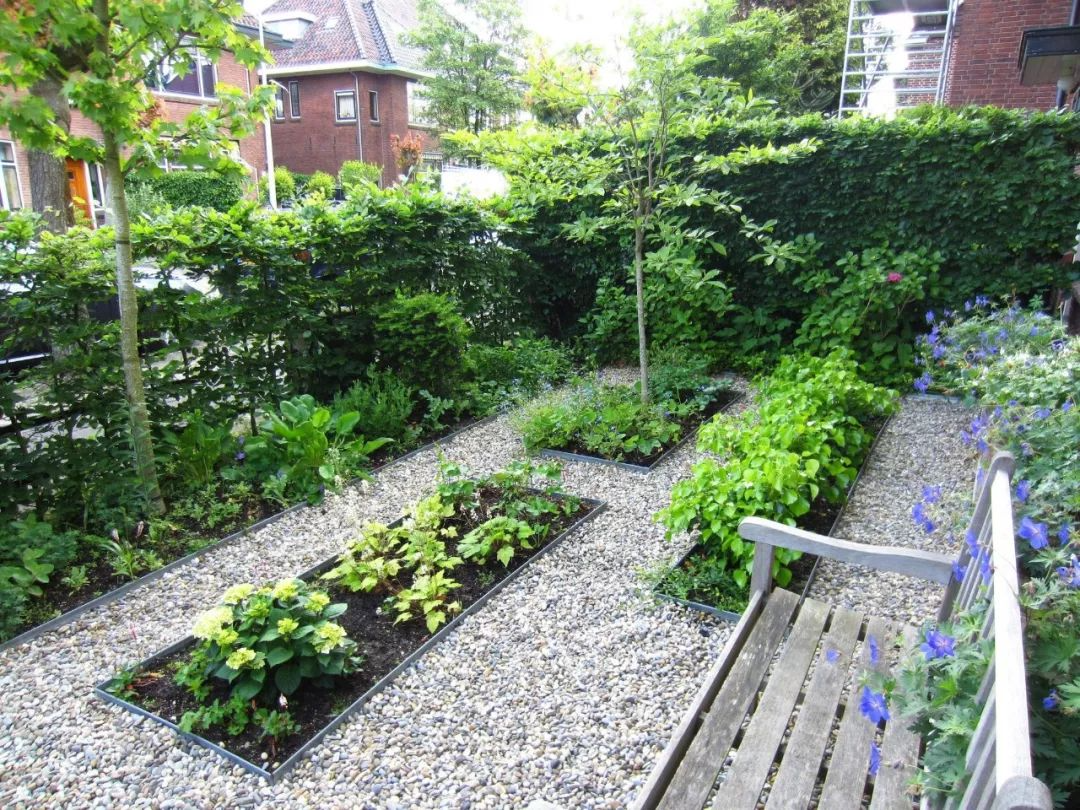
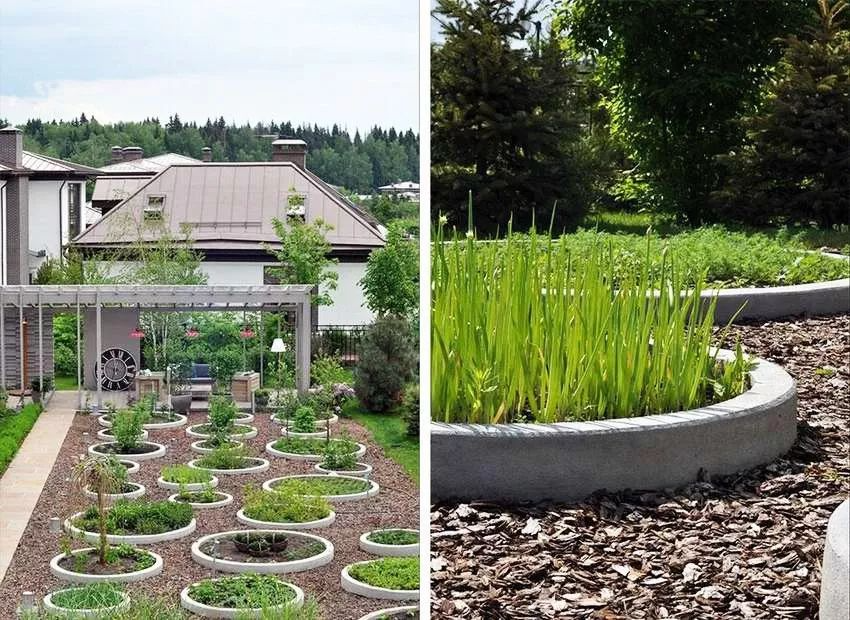
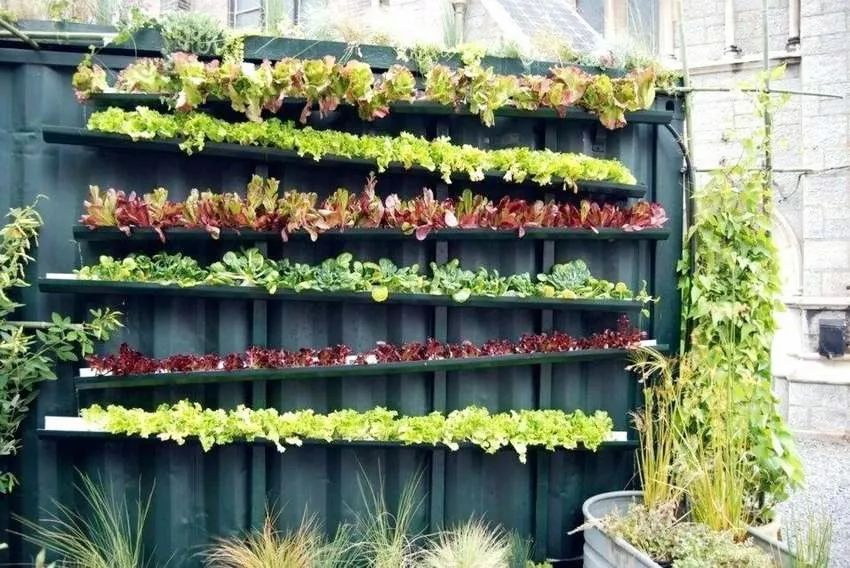
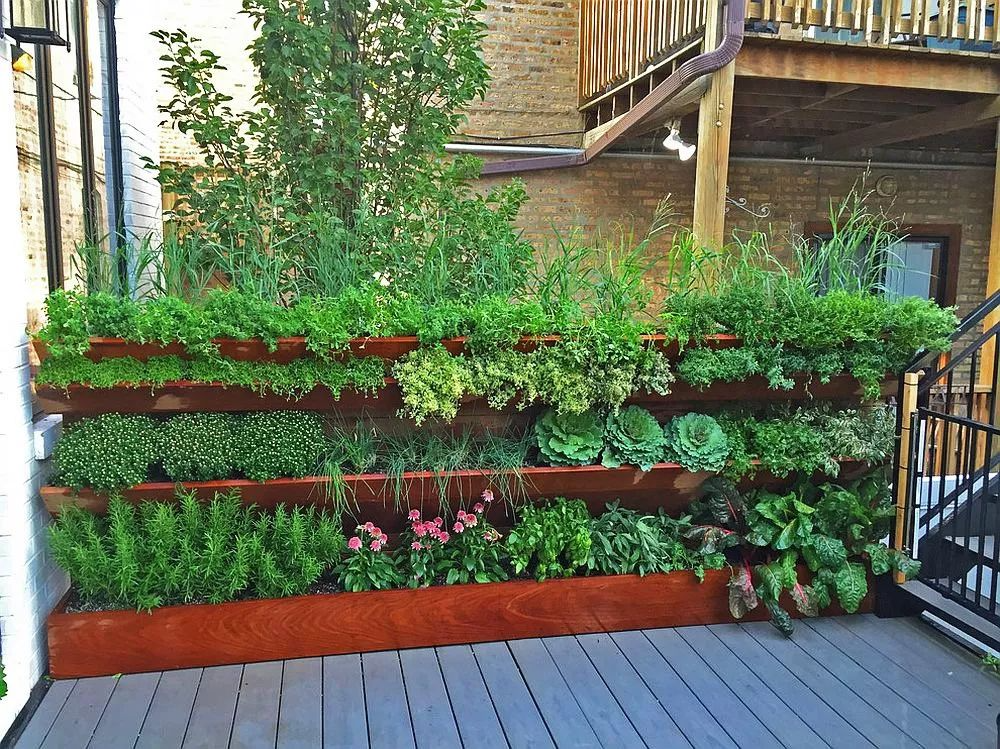
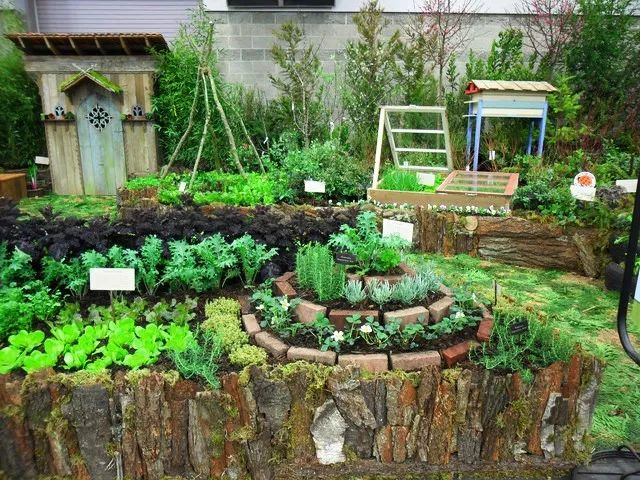
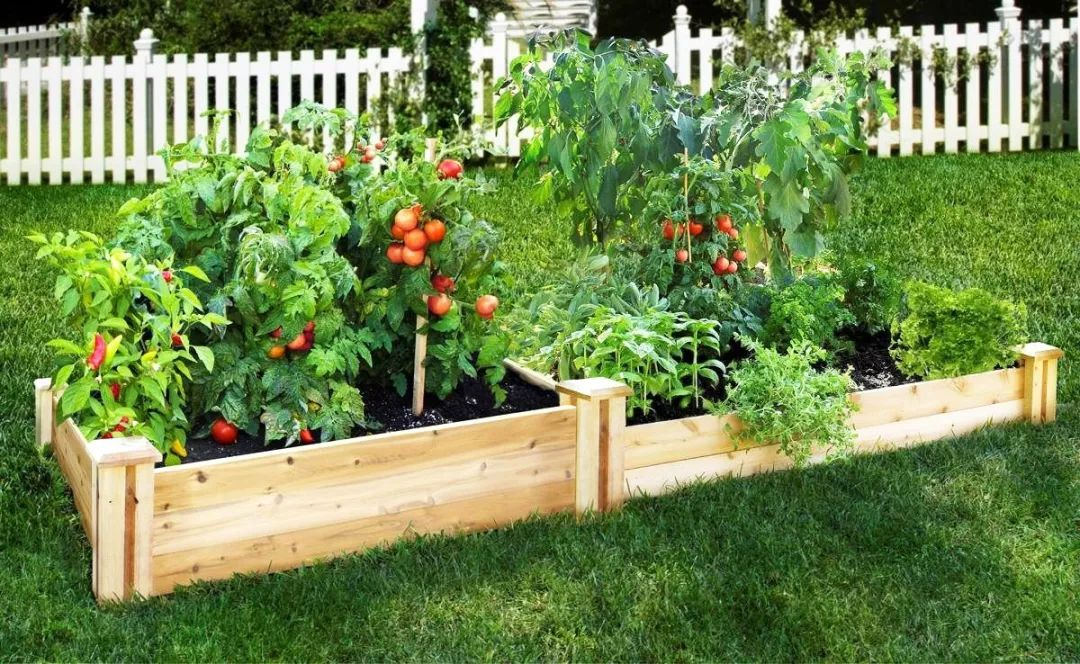
. END .
Ding Weili's personal WeChat ID: dingweili7878
Join the garden group buying group, garden enthusiast group or gardening practitioner group, garden material supplier group, or personal communication. Please indicate the name of the group you join and your region. | Original submission | Recommended article | Mutual promotion and cooperation


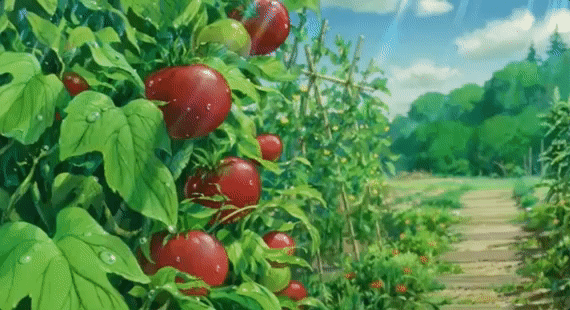












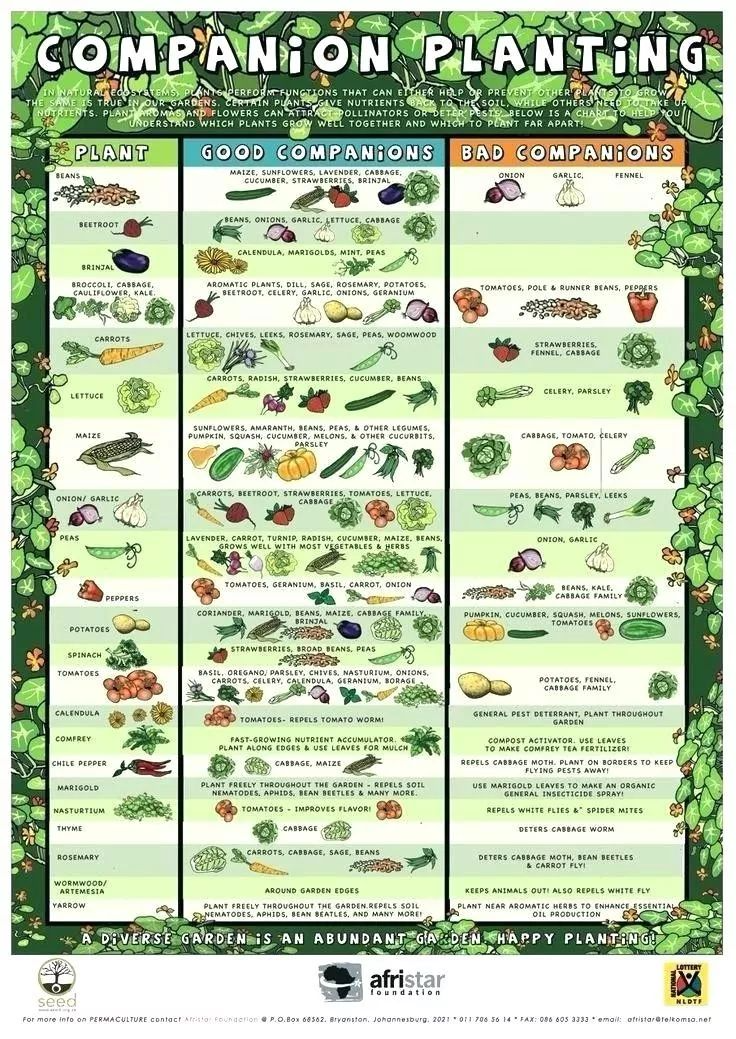











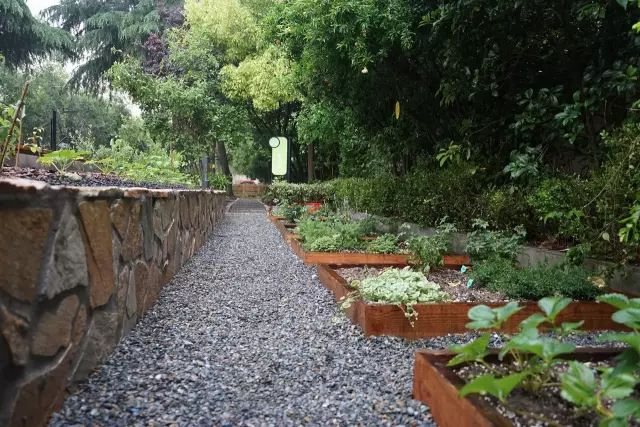
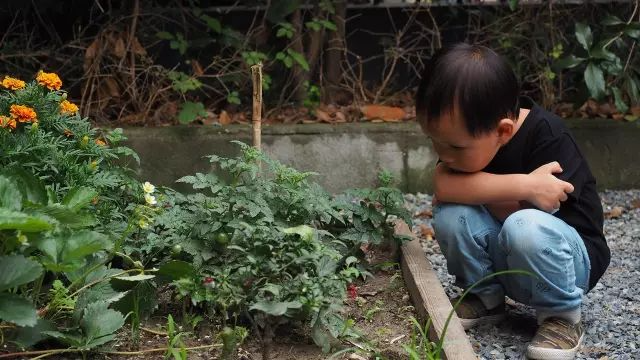
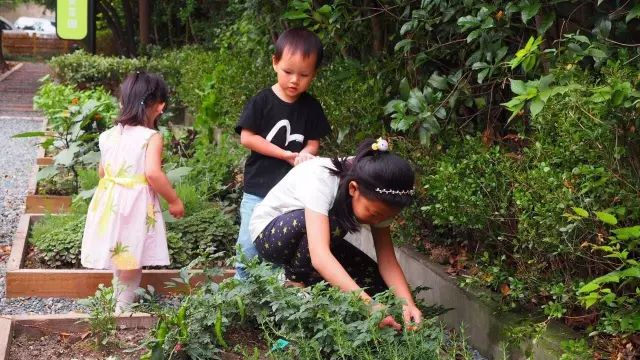

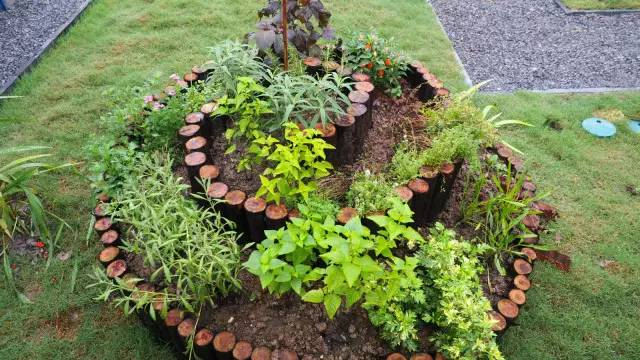



 As everyone participates and creates community space
As everyone participates and creates community space












